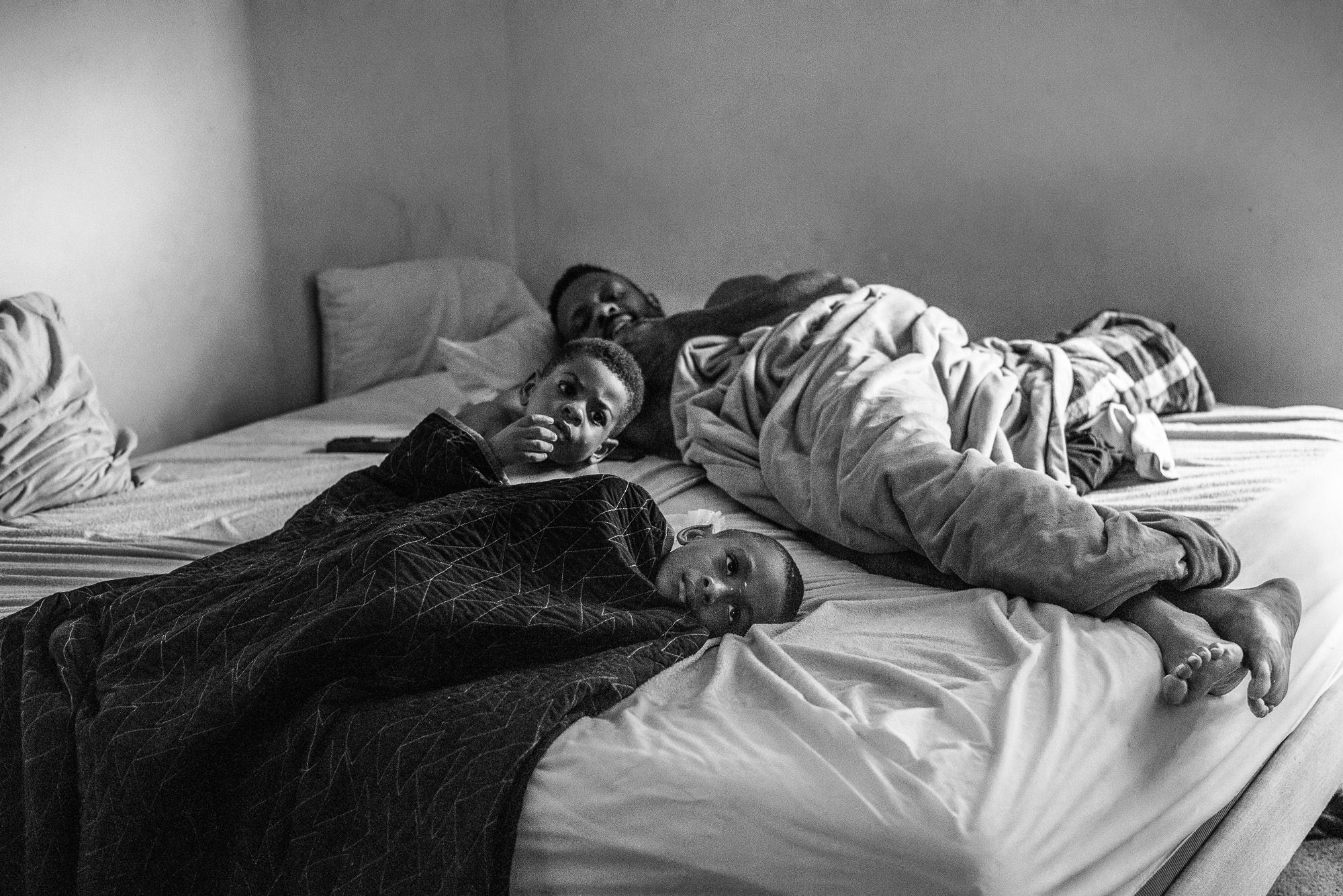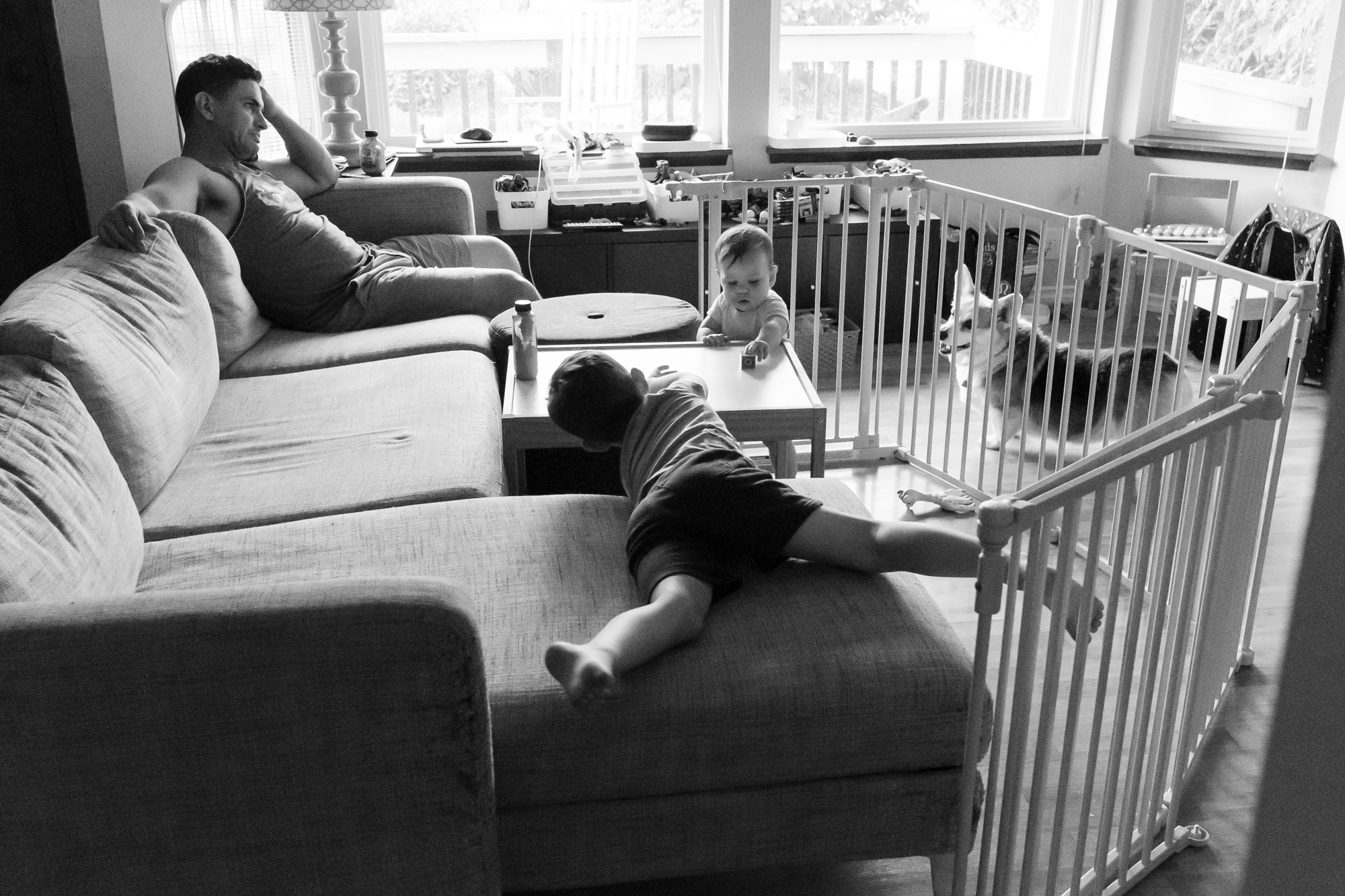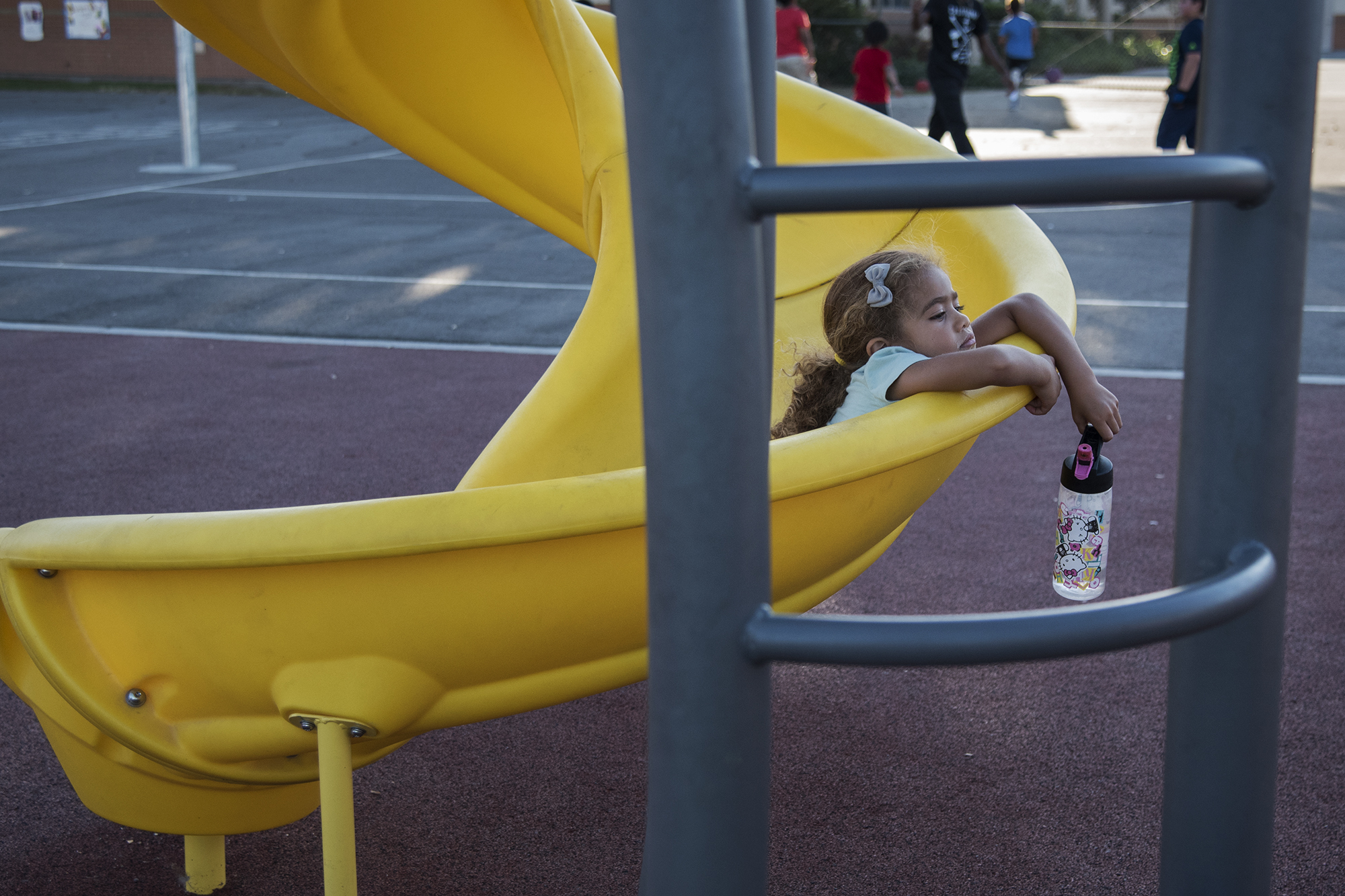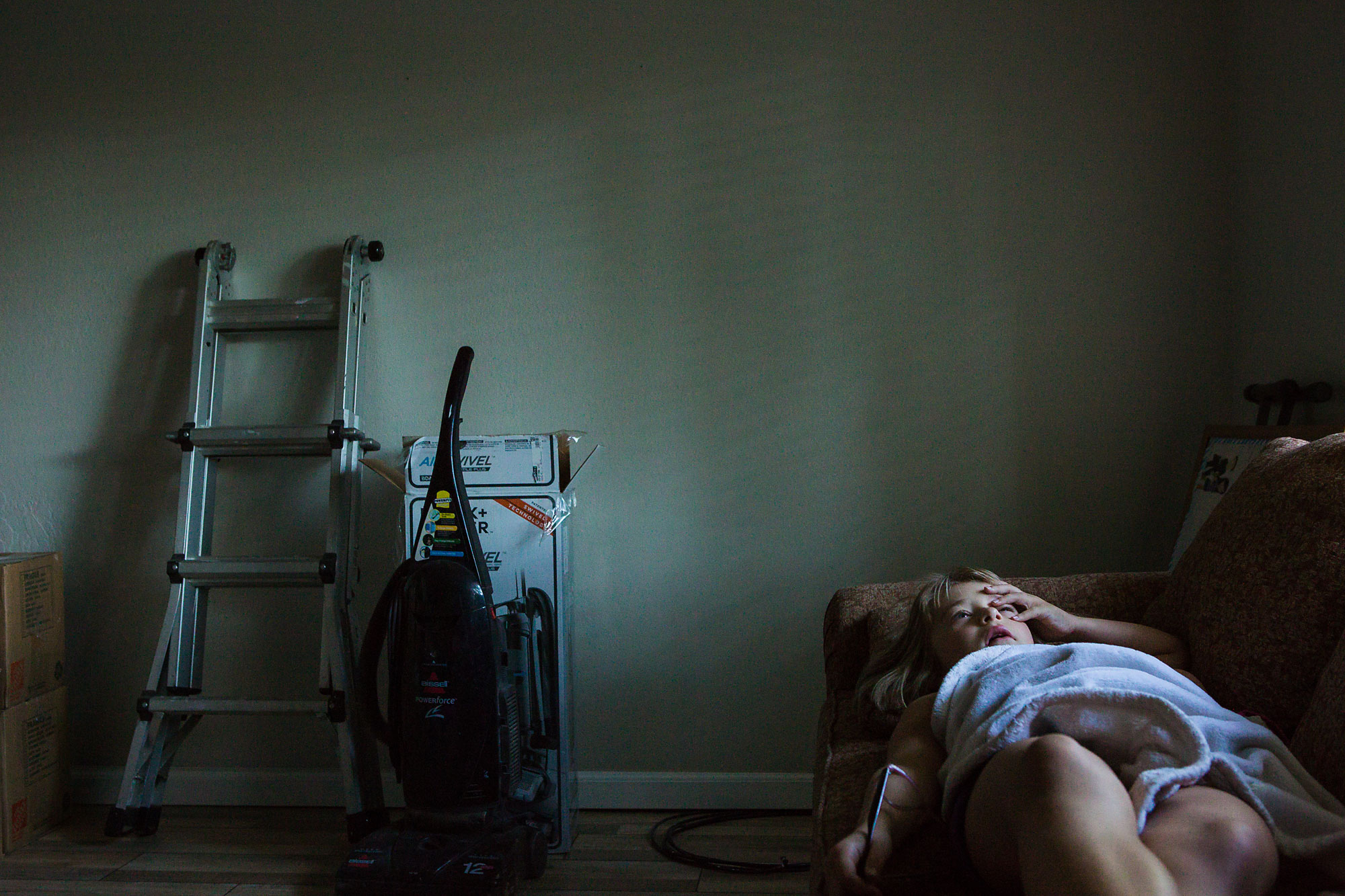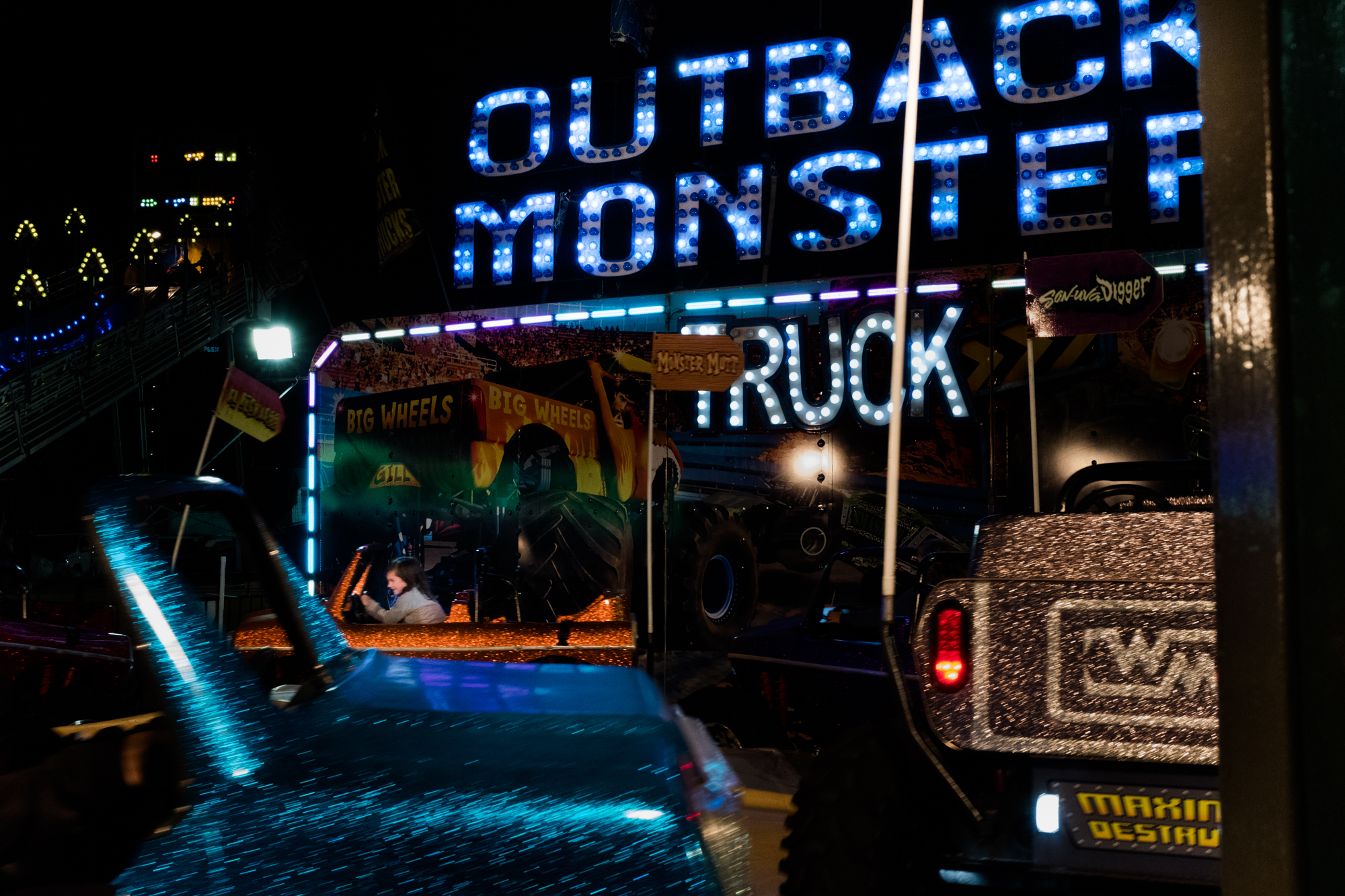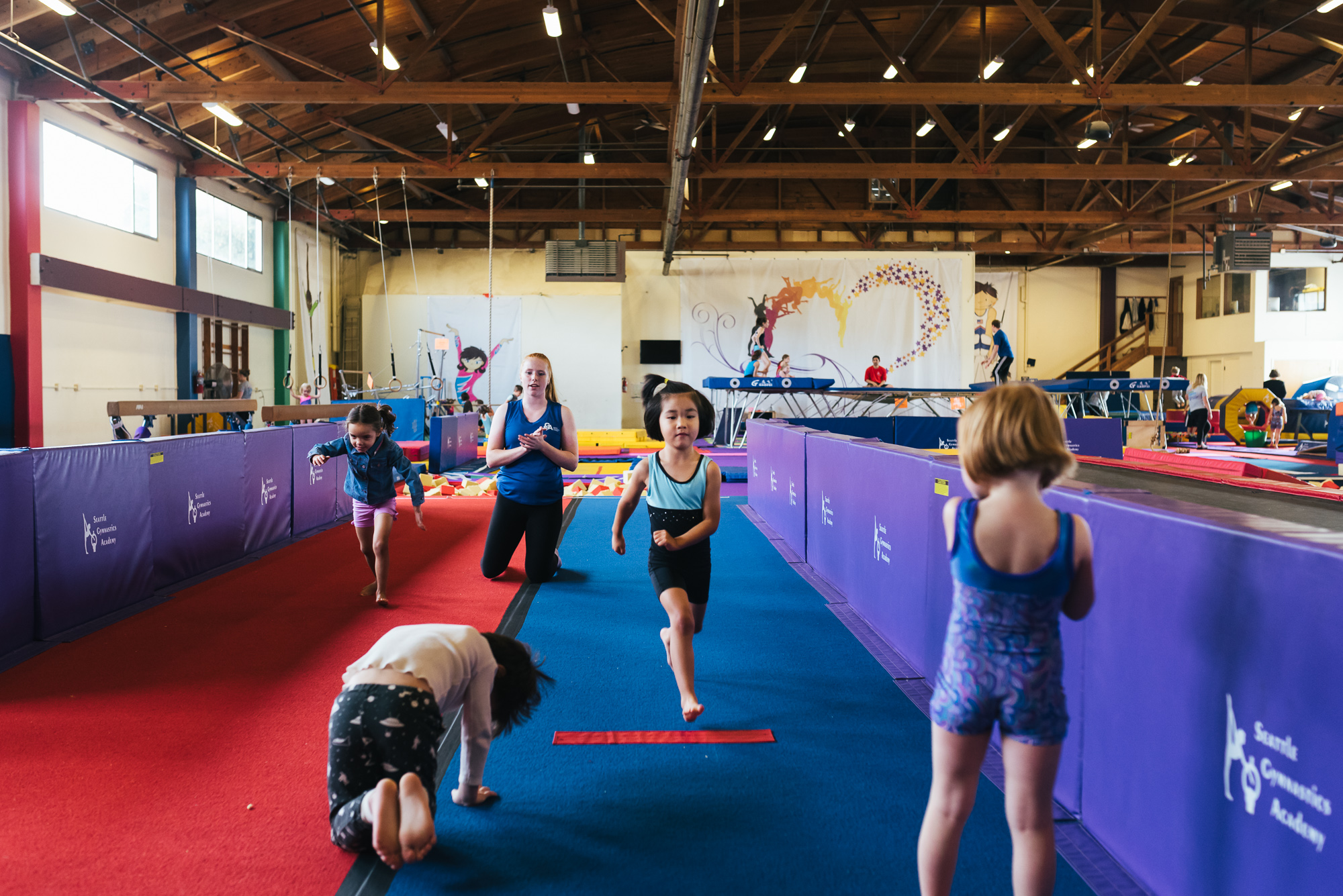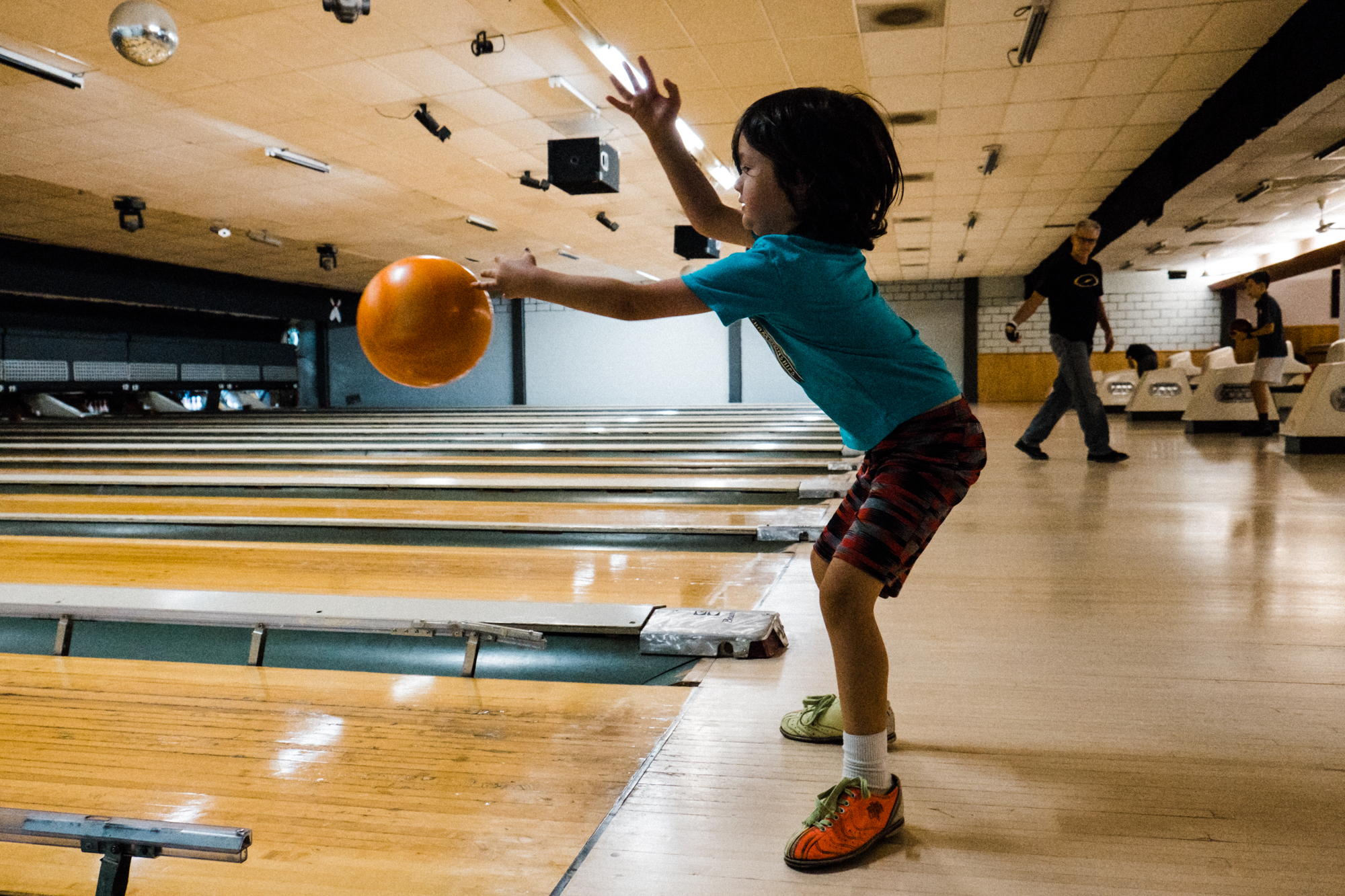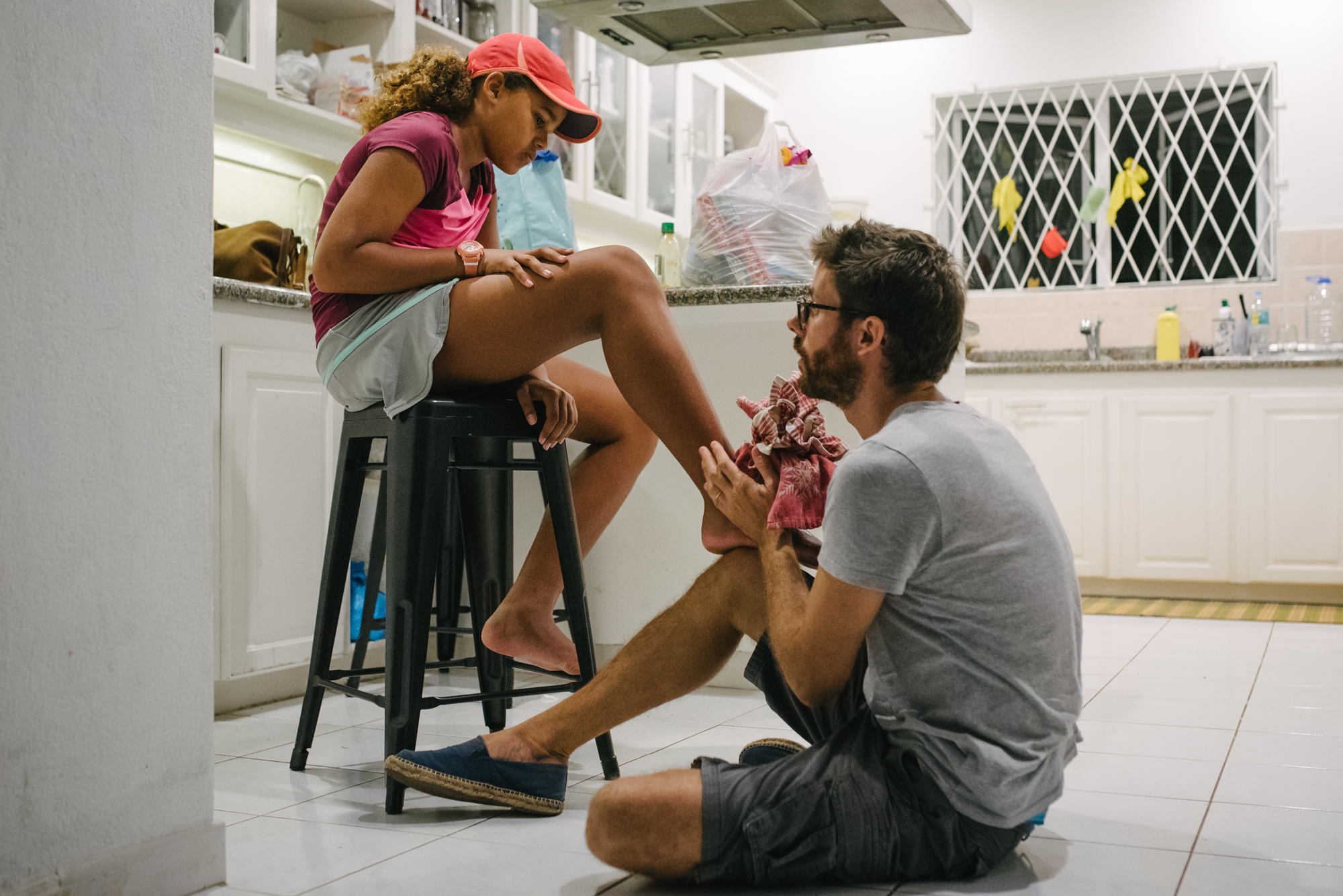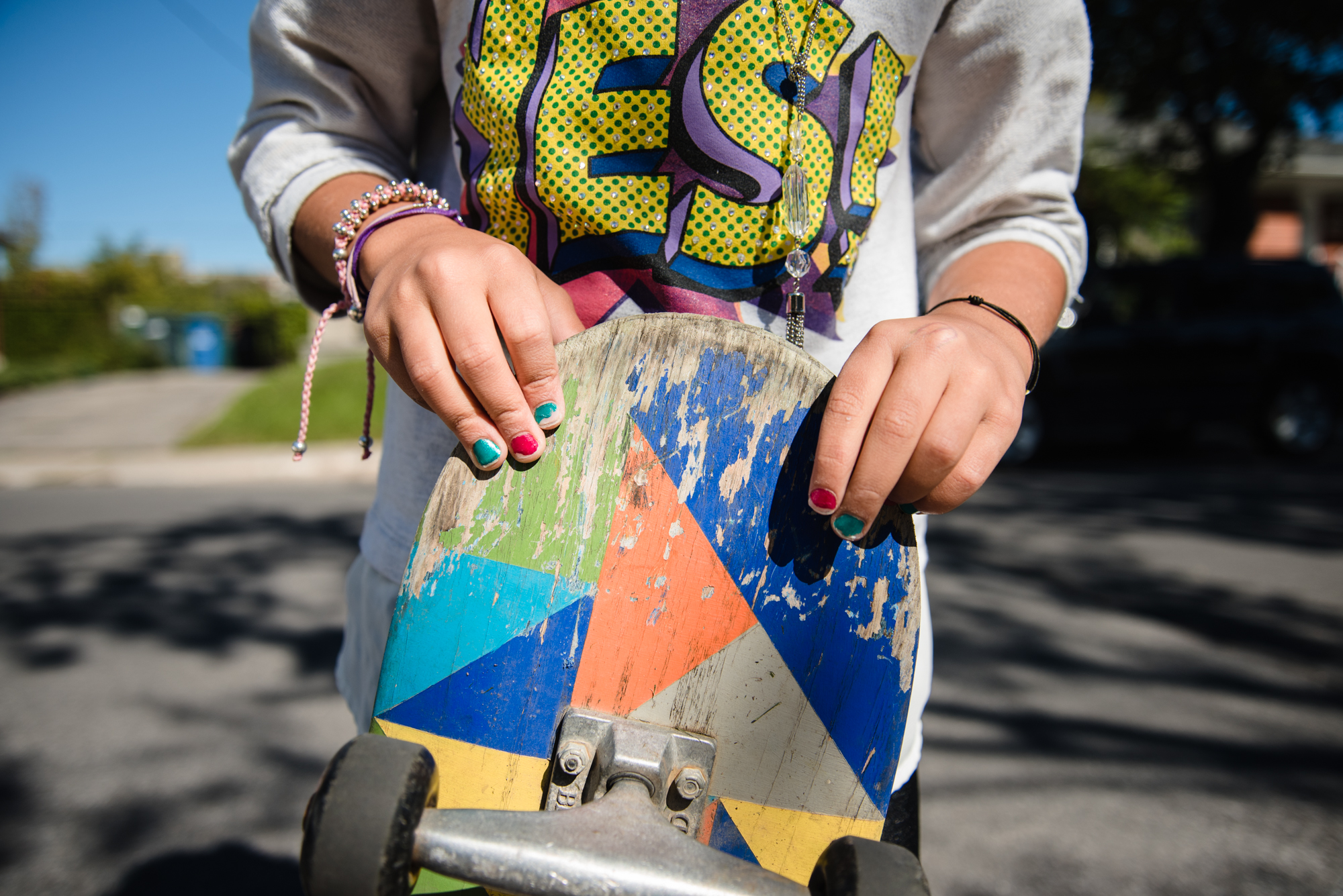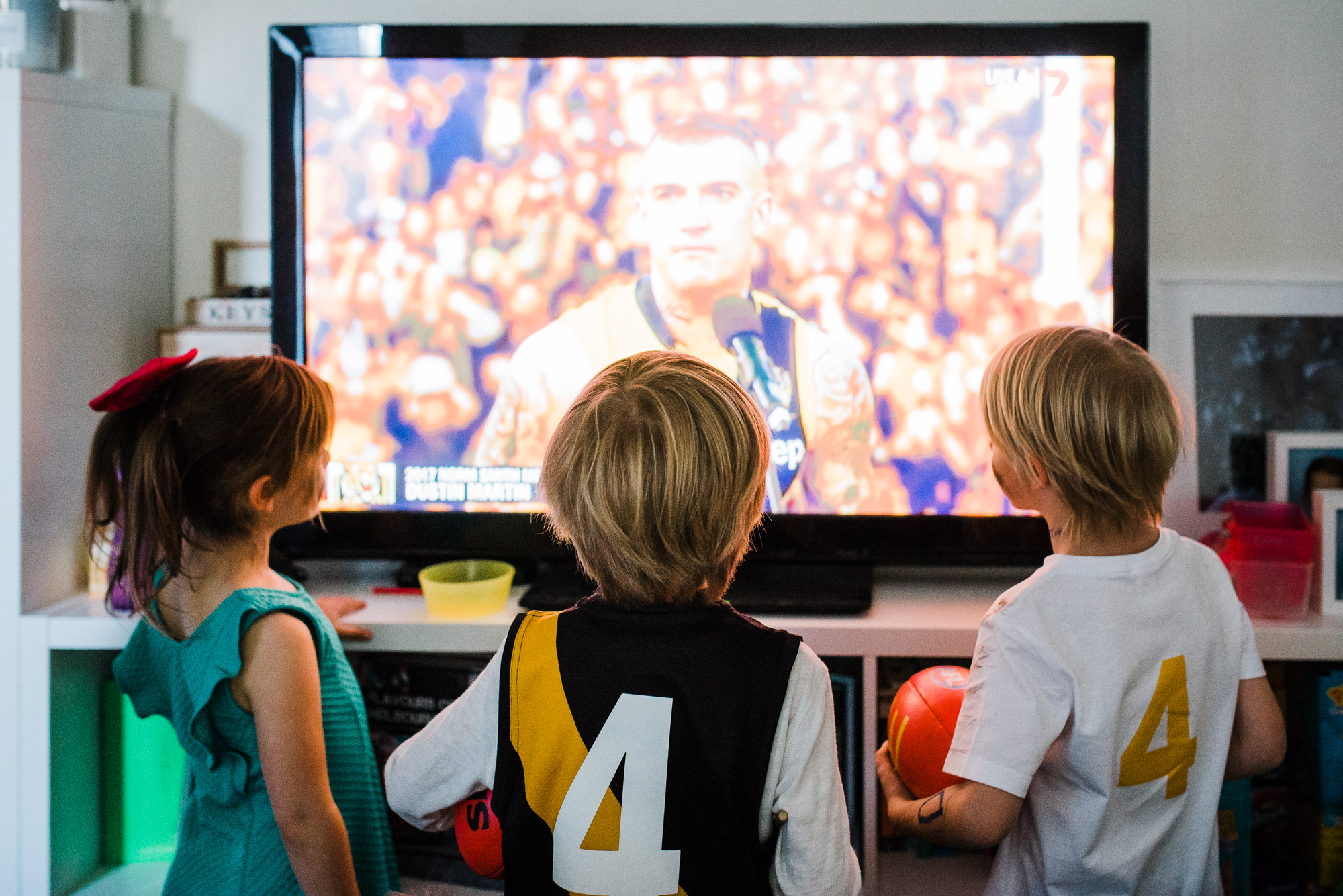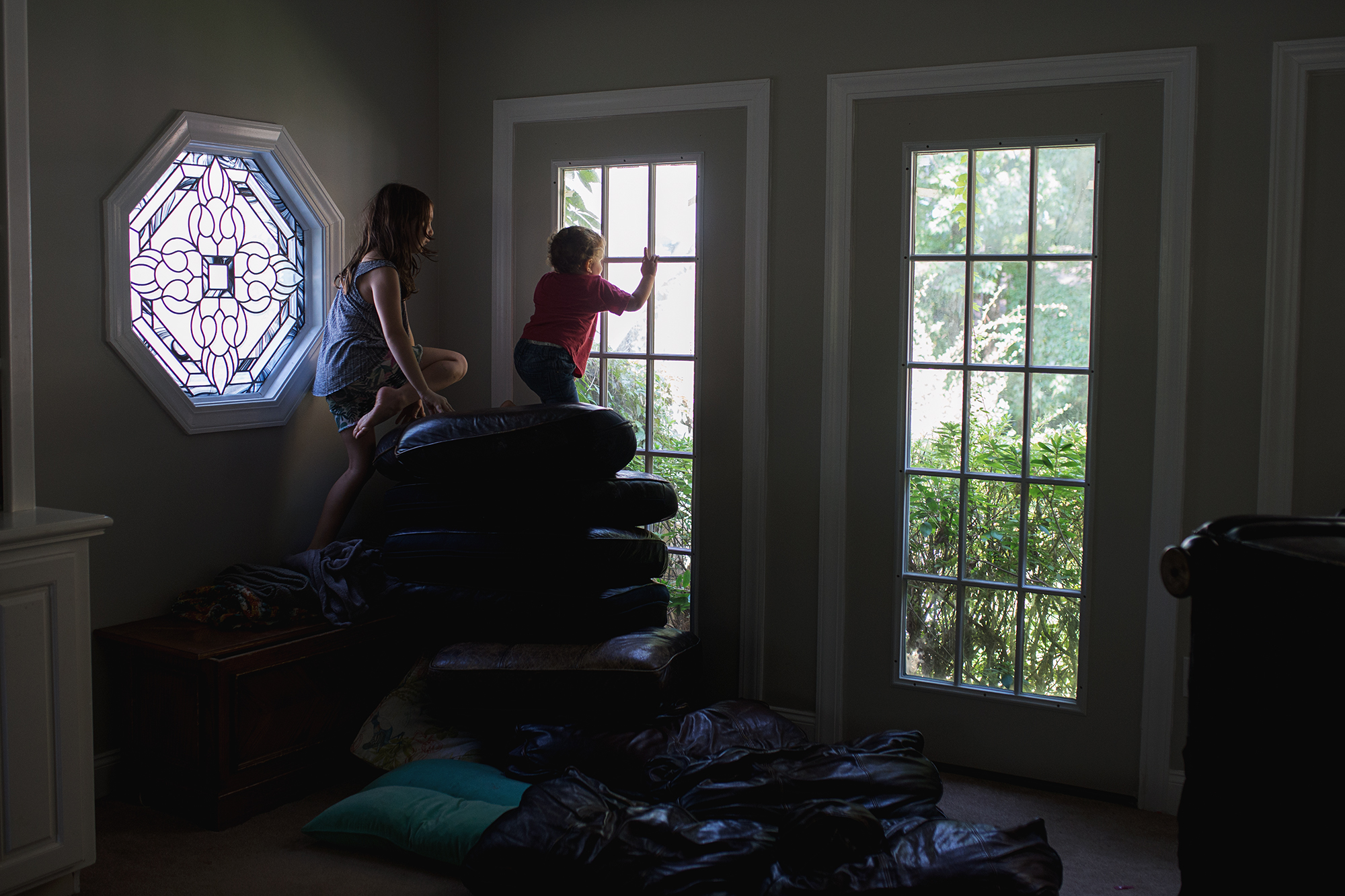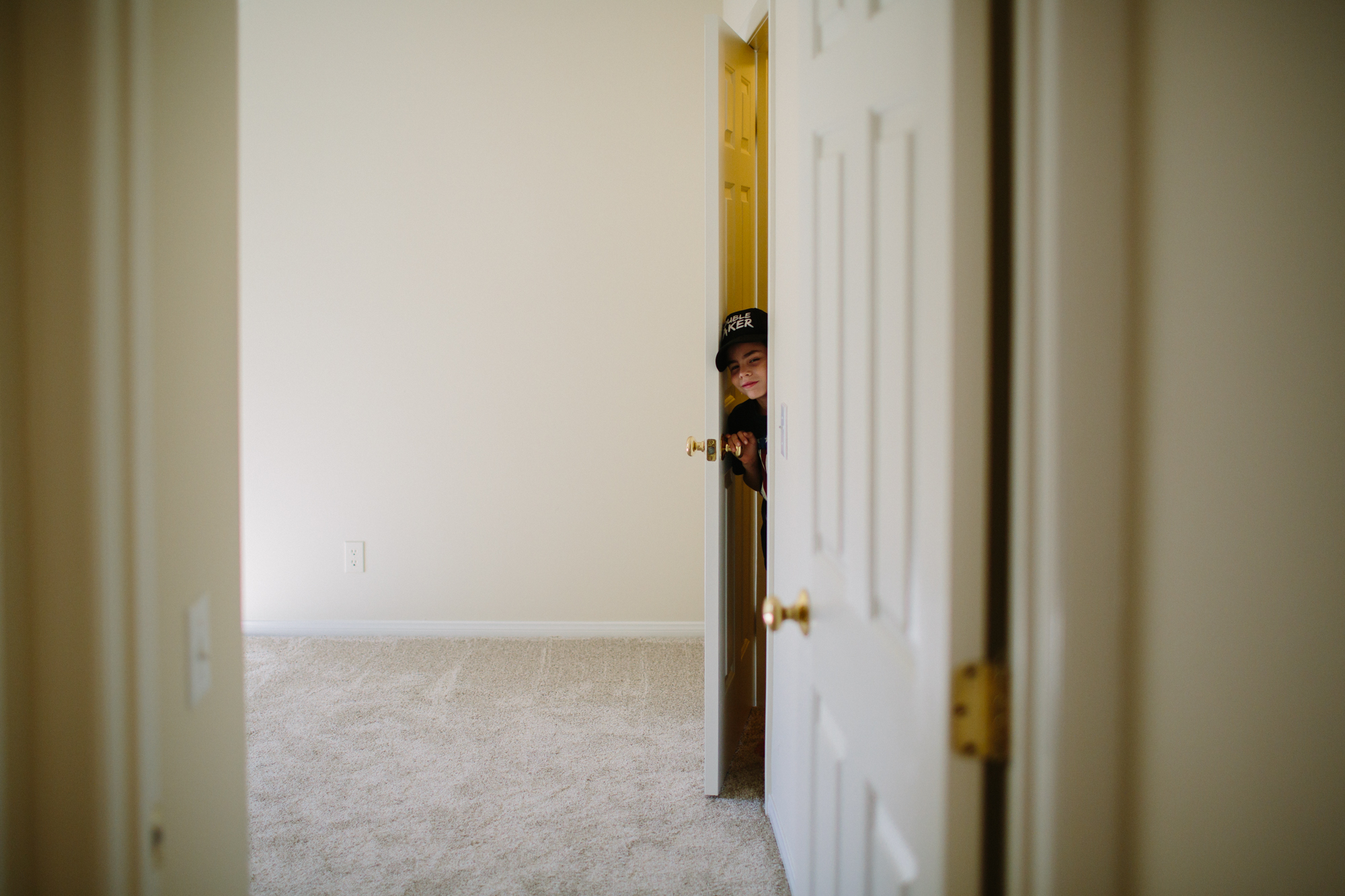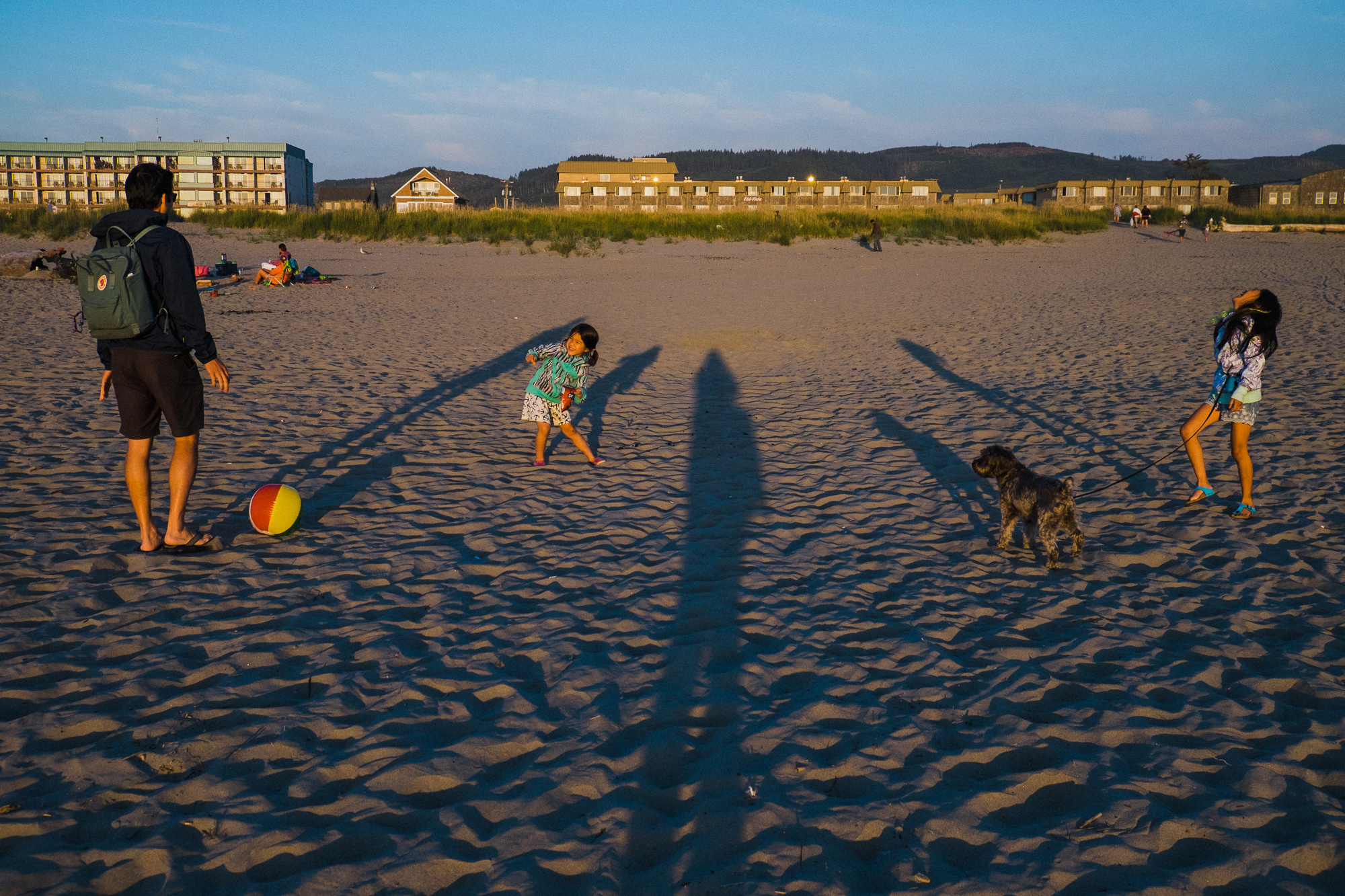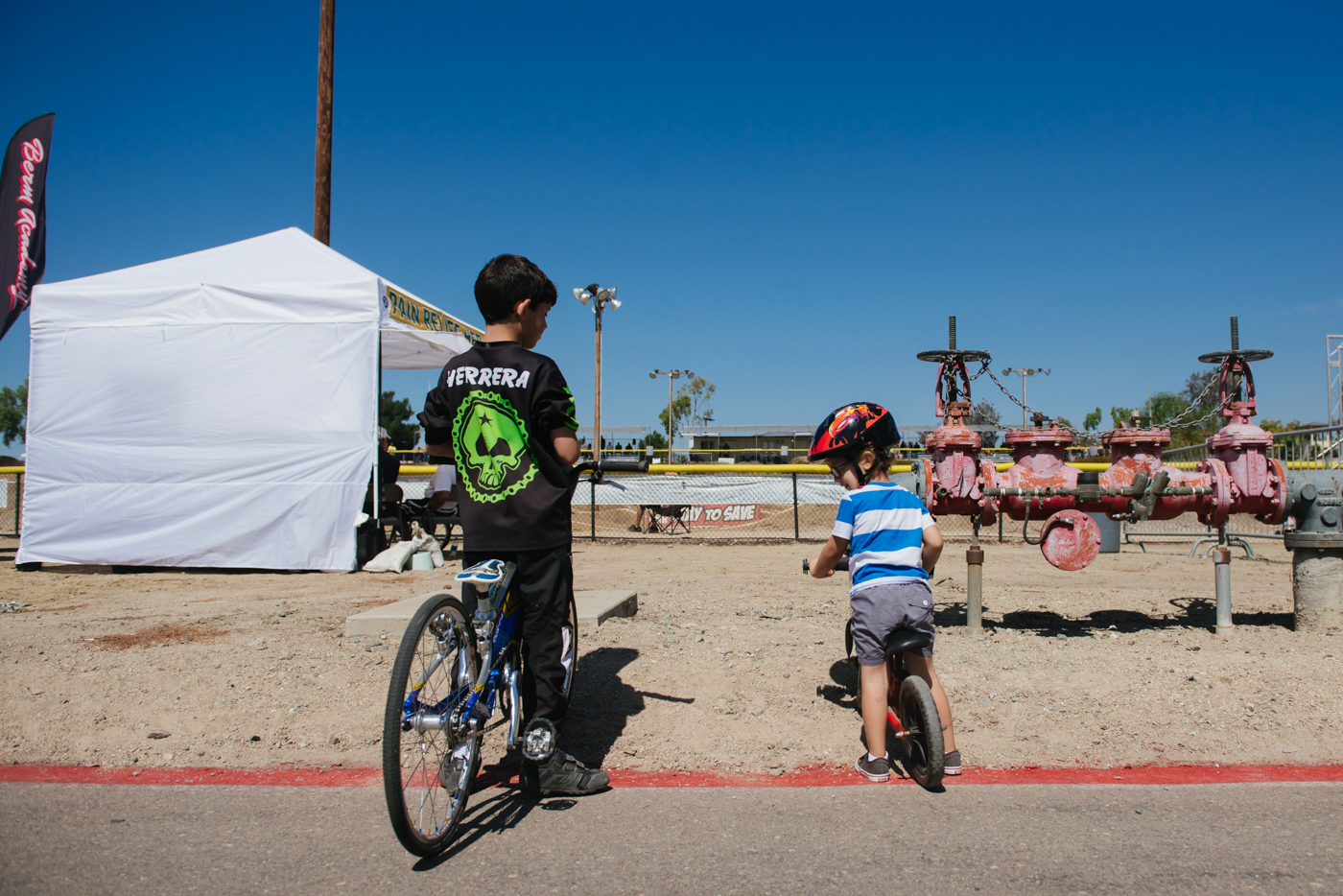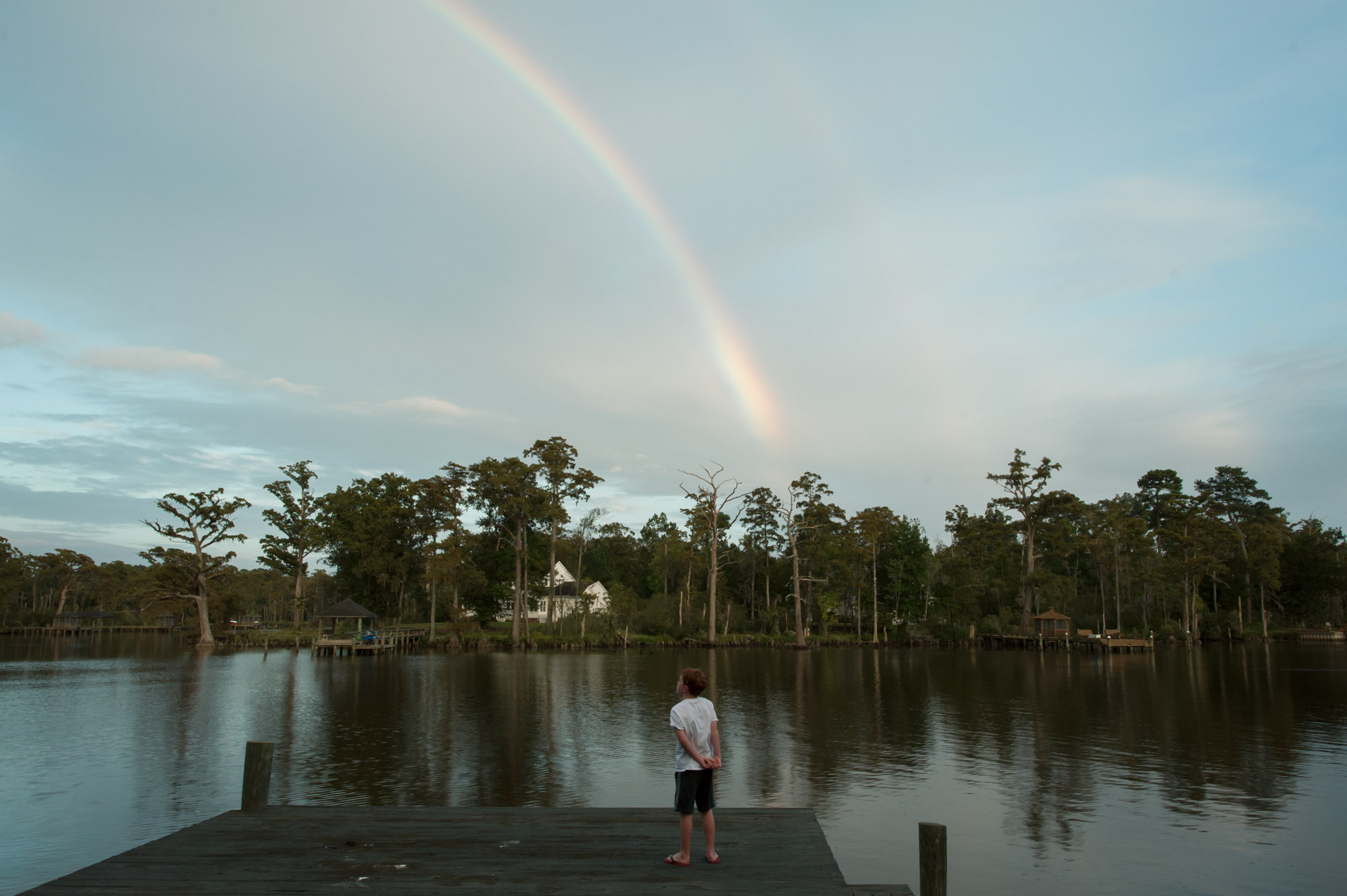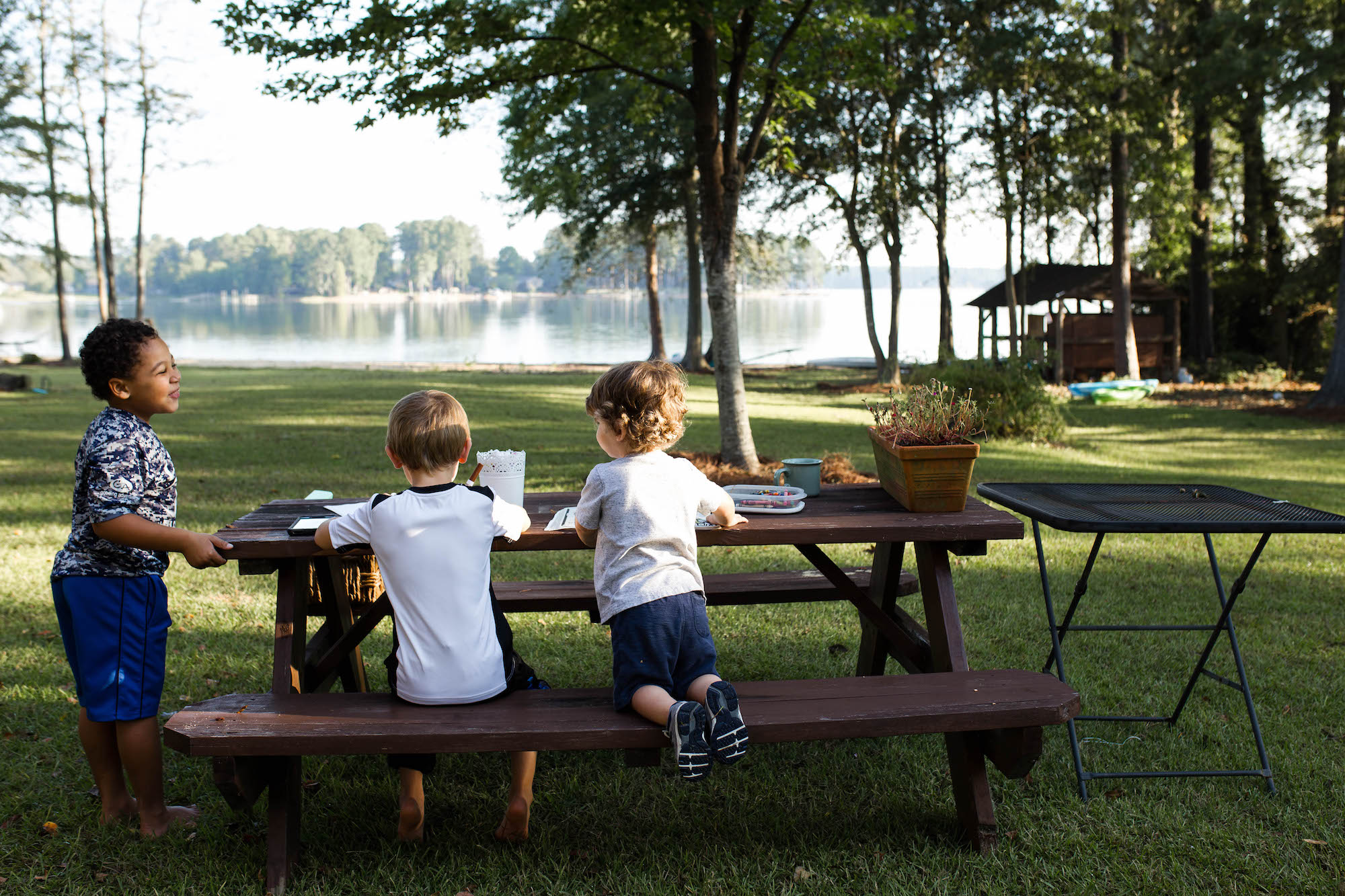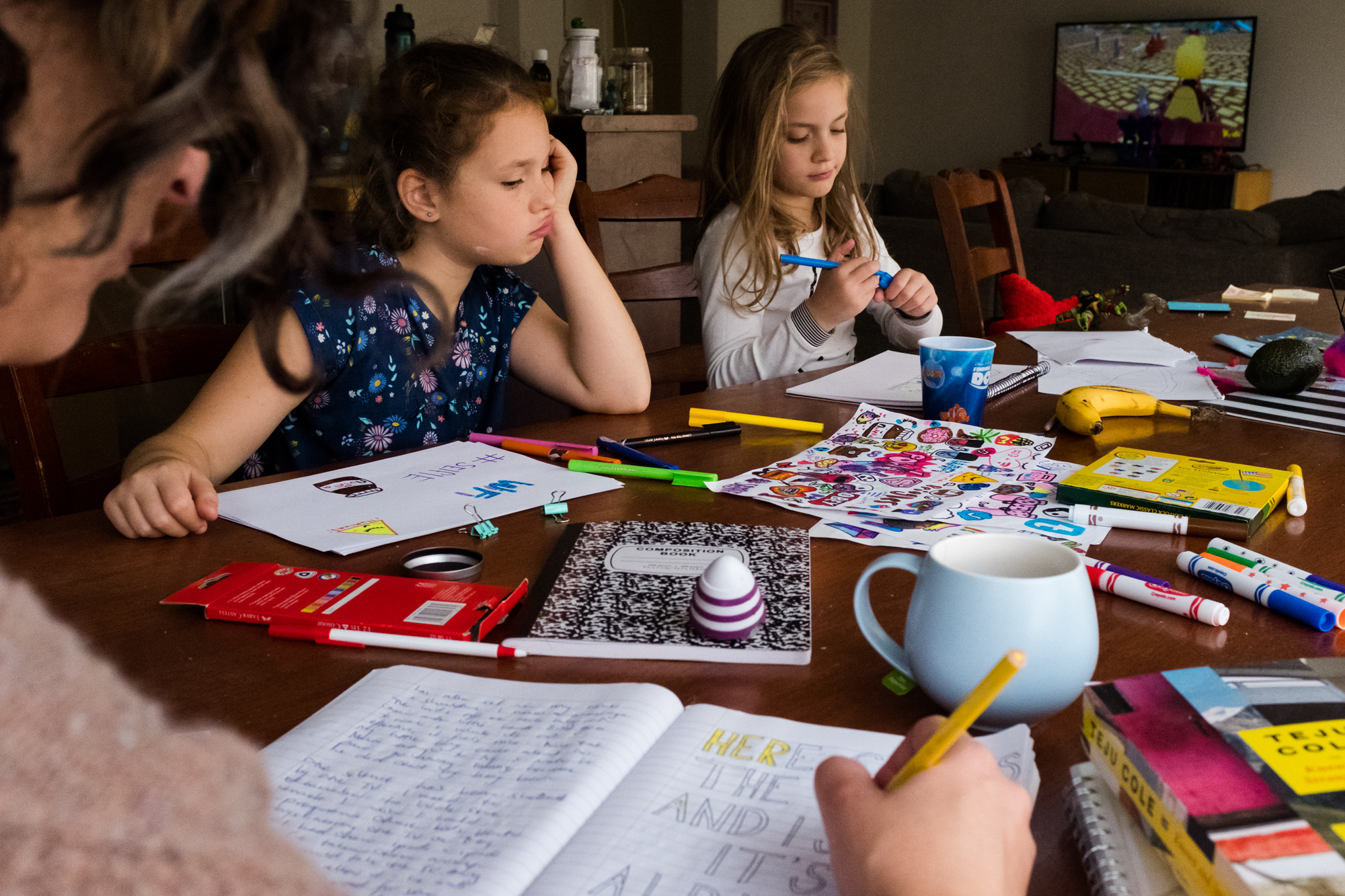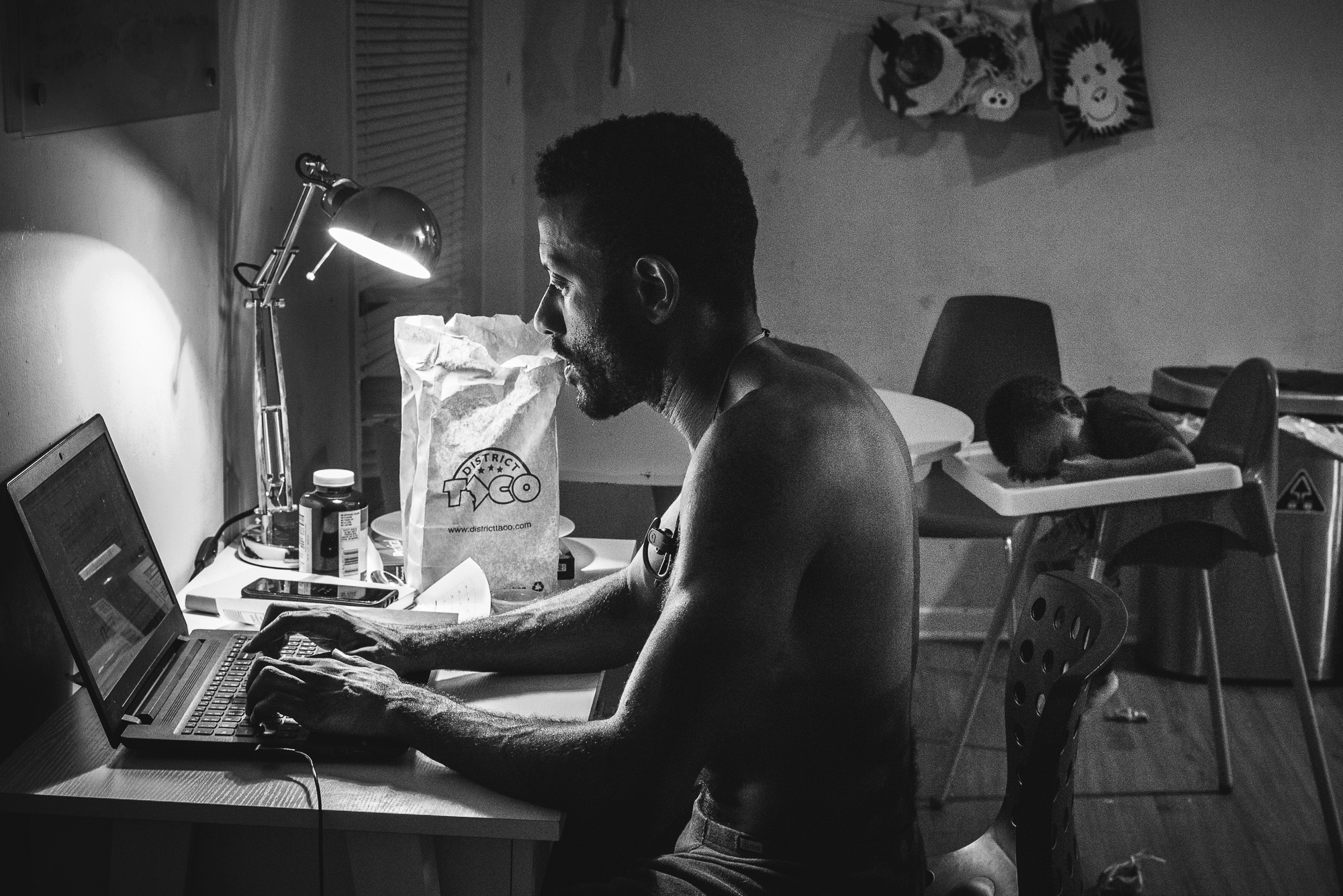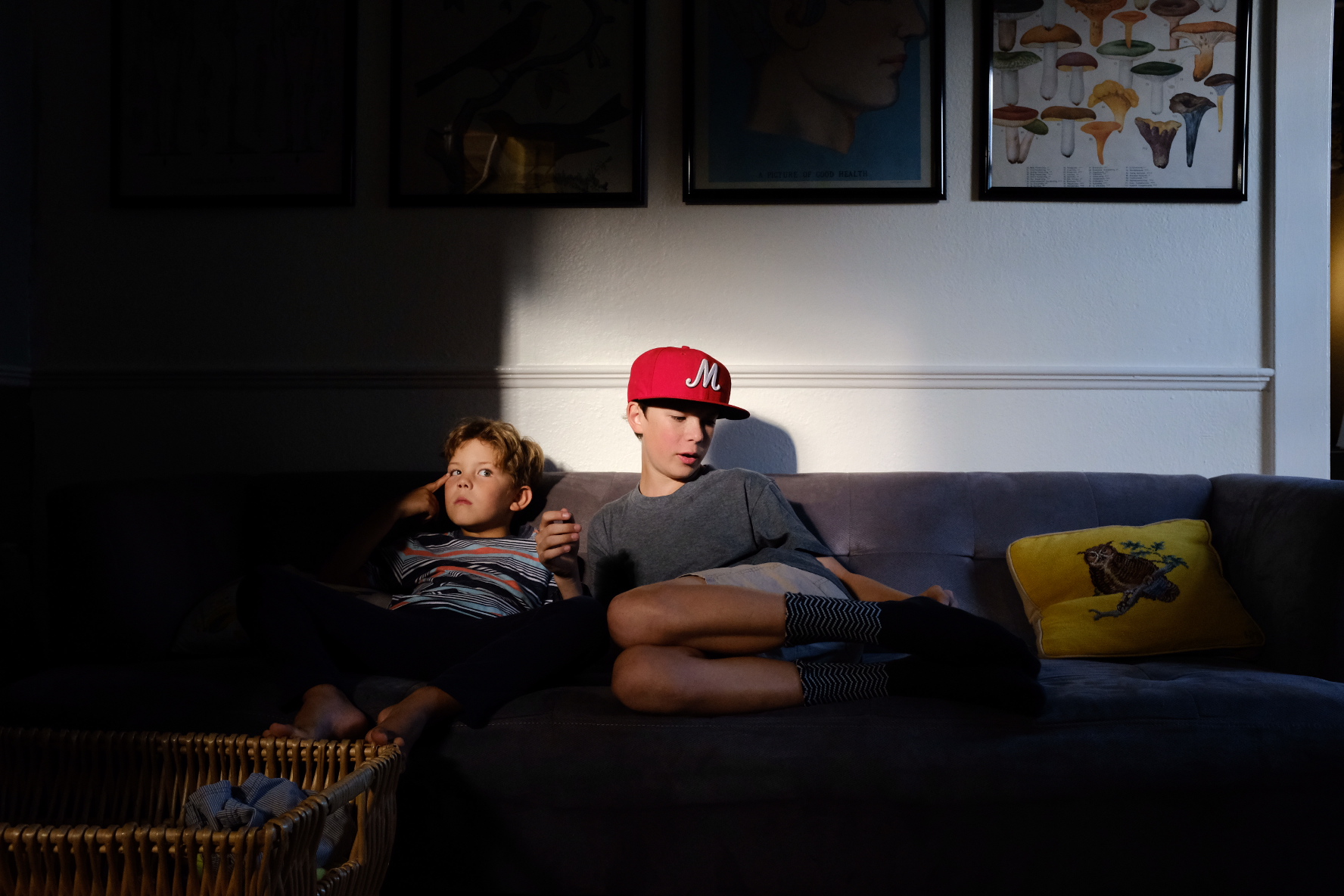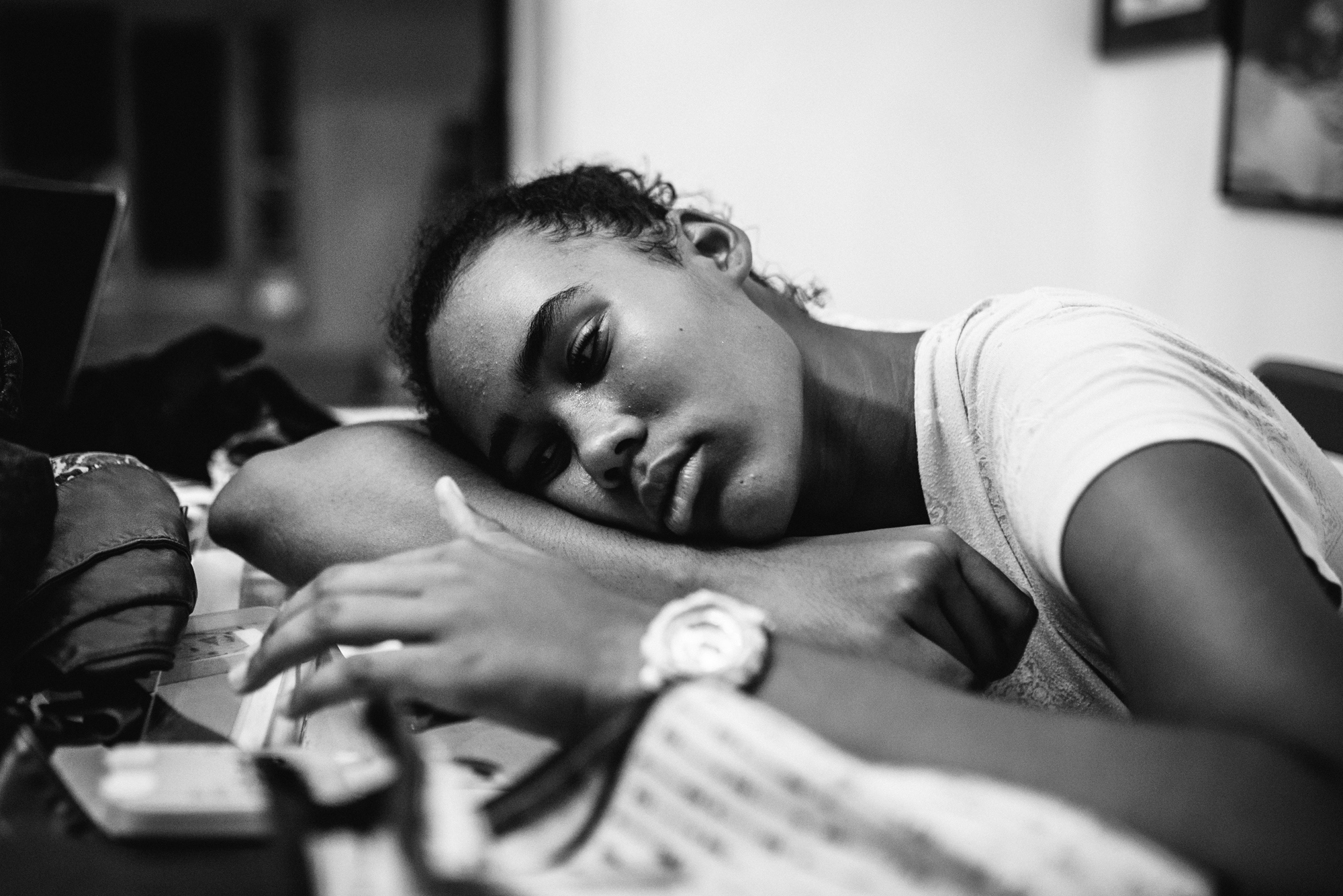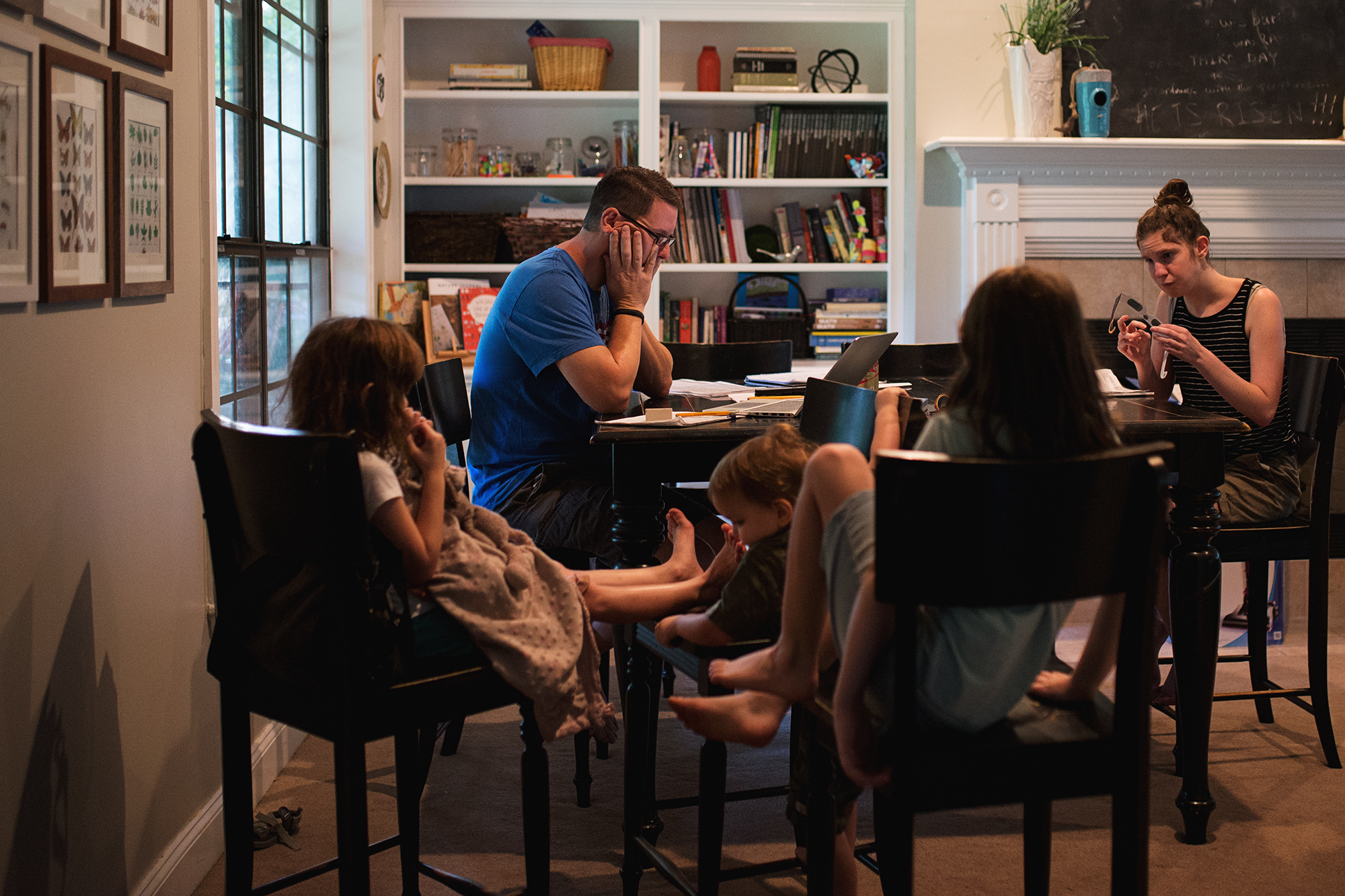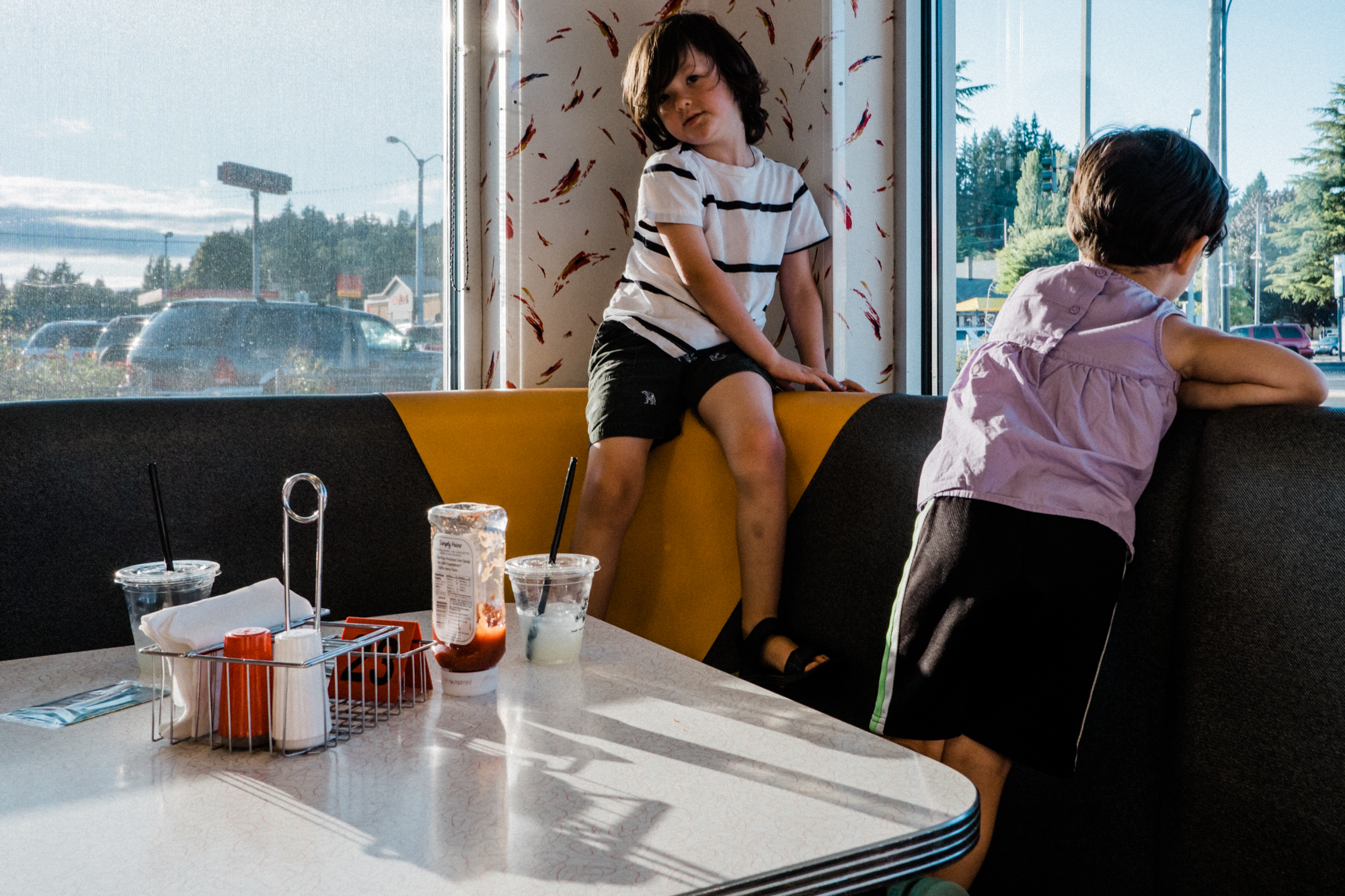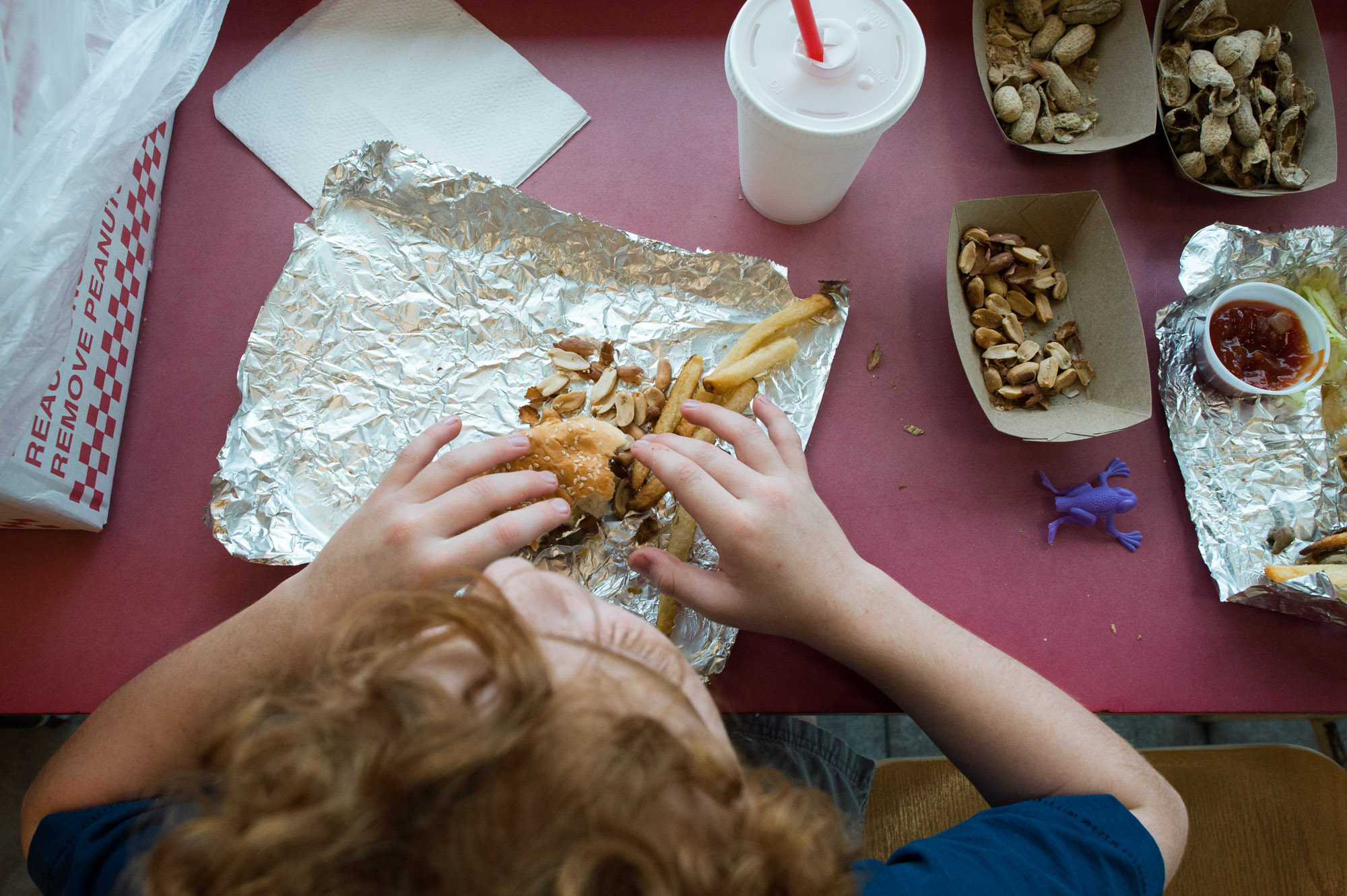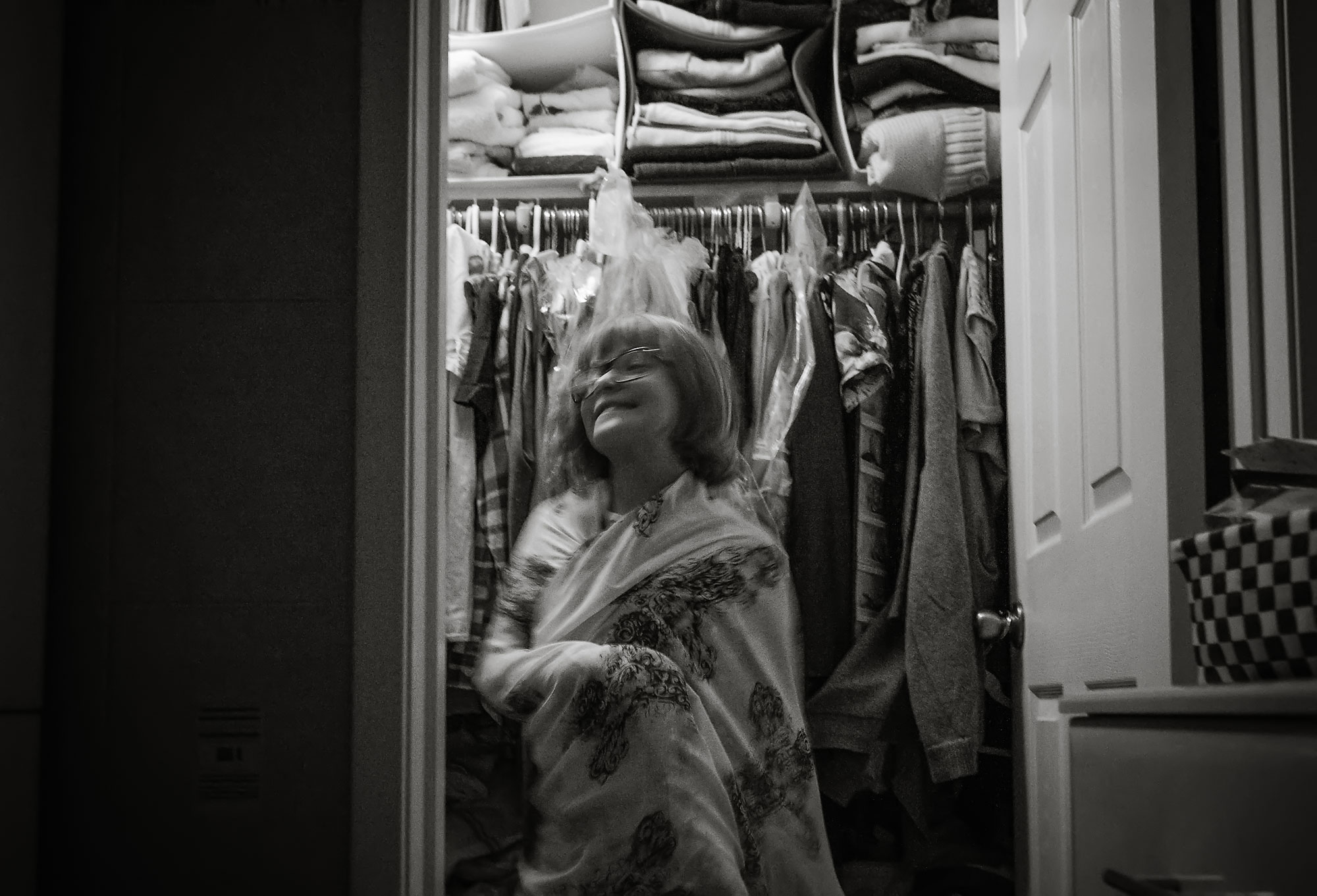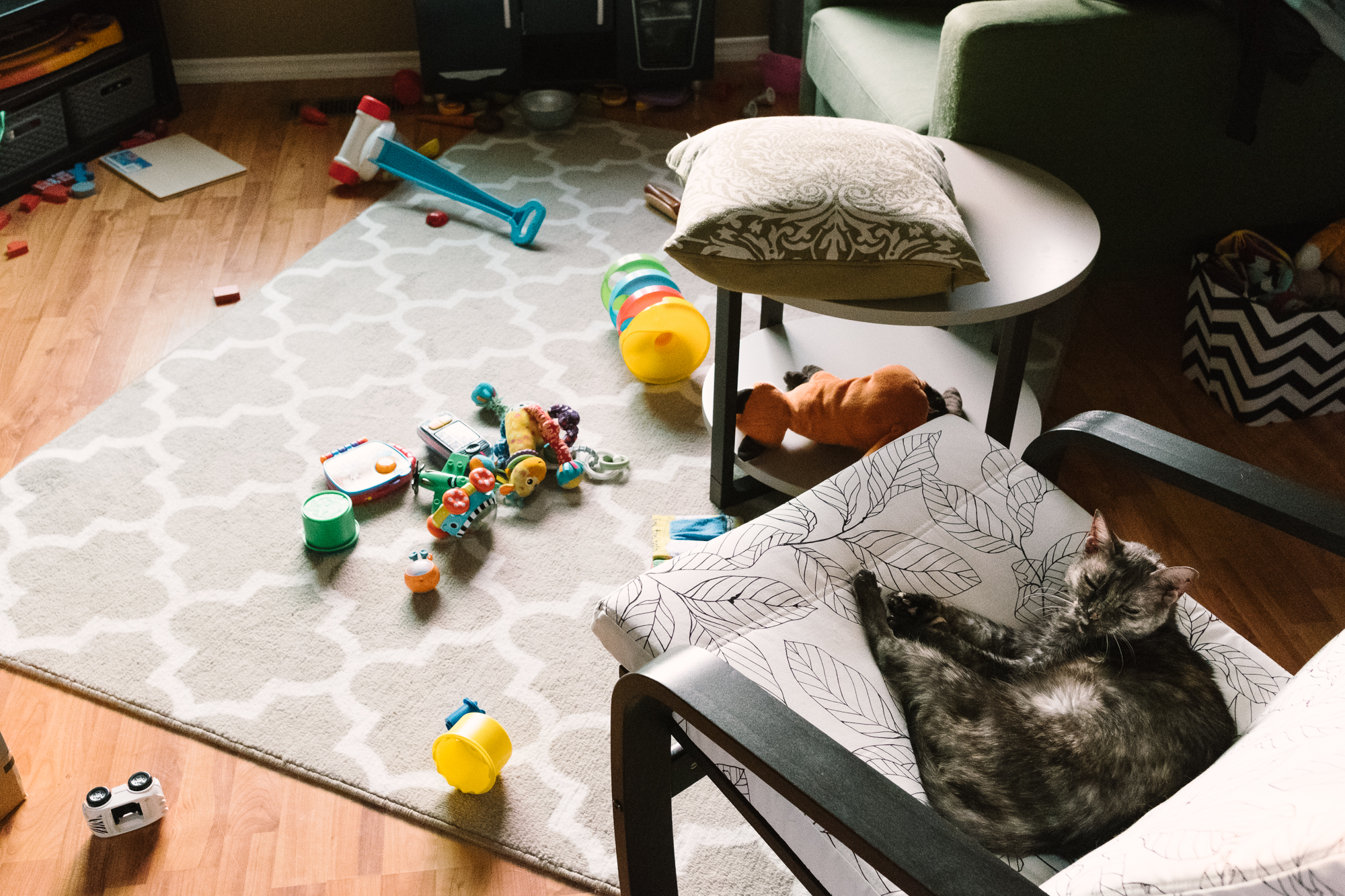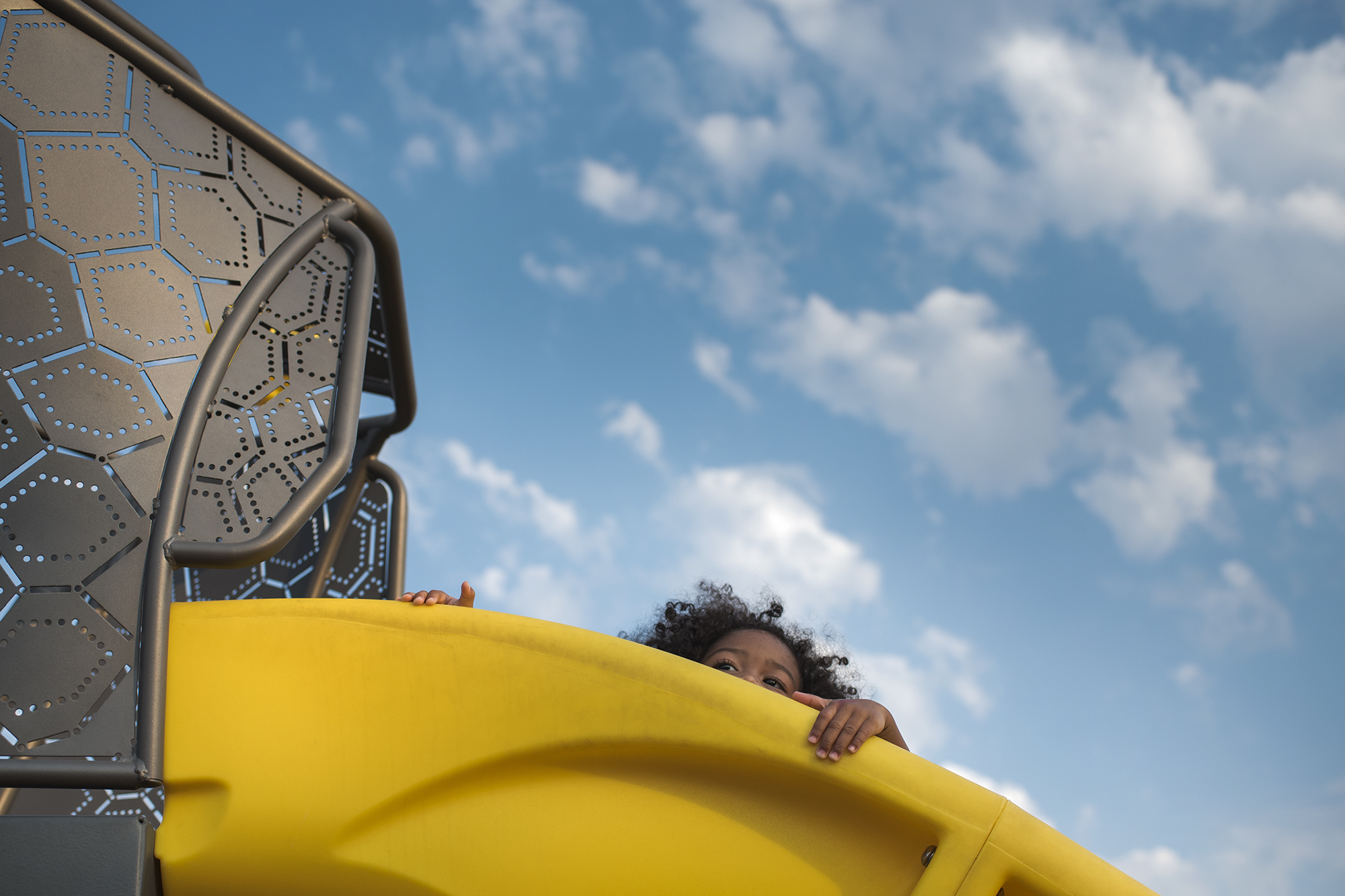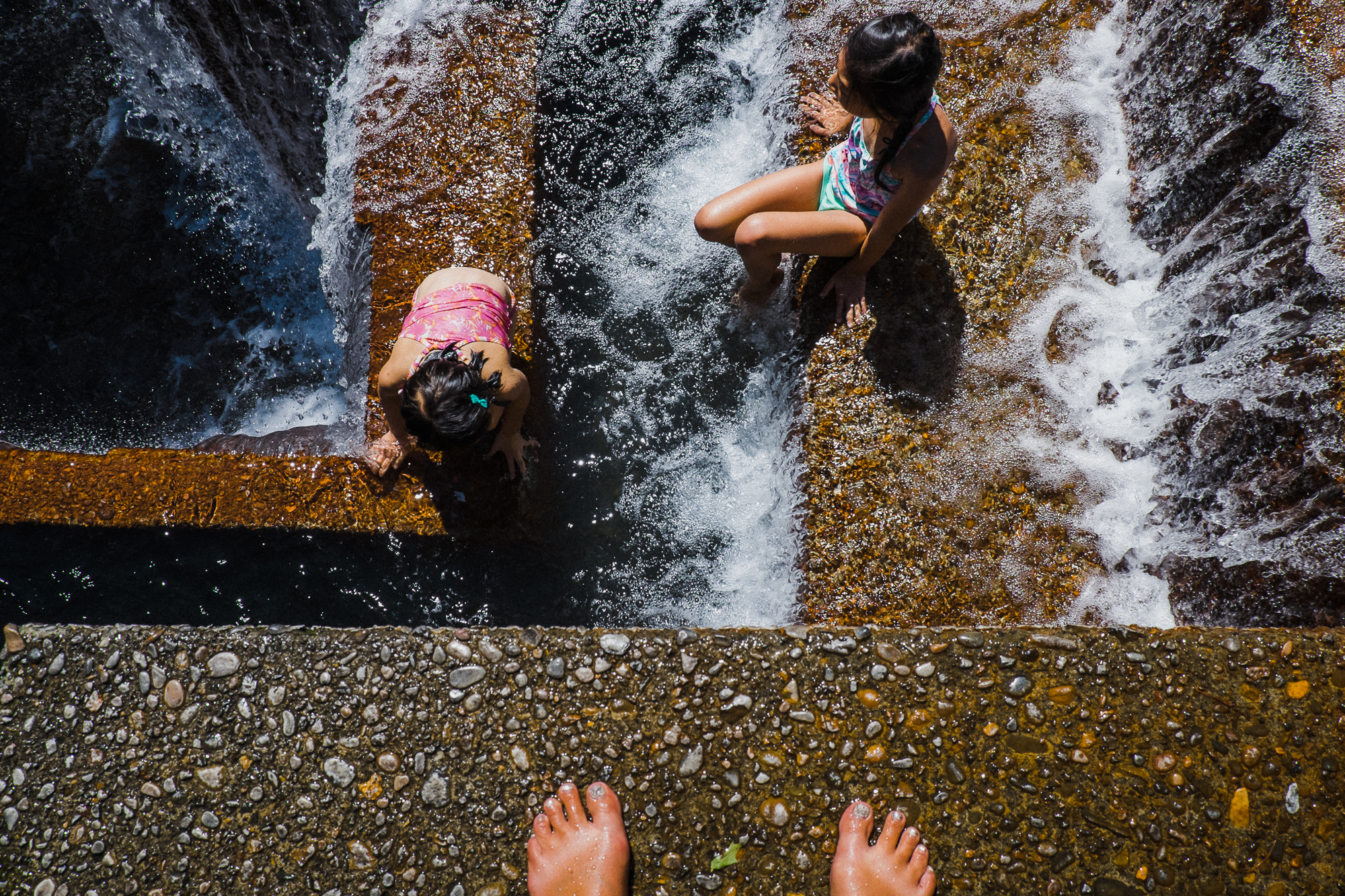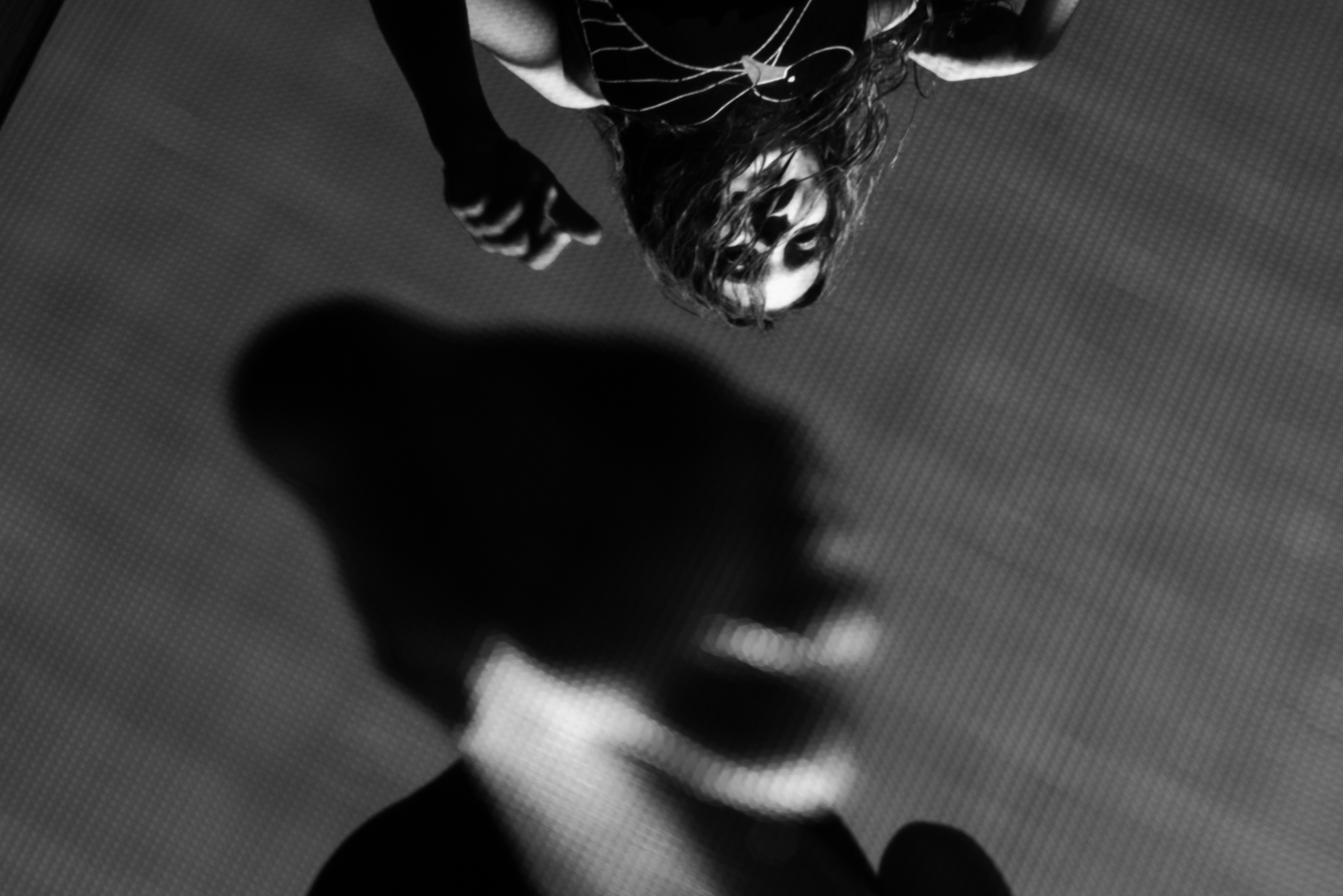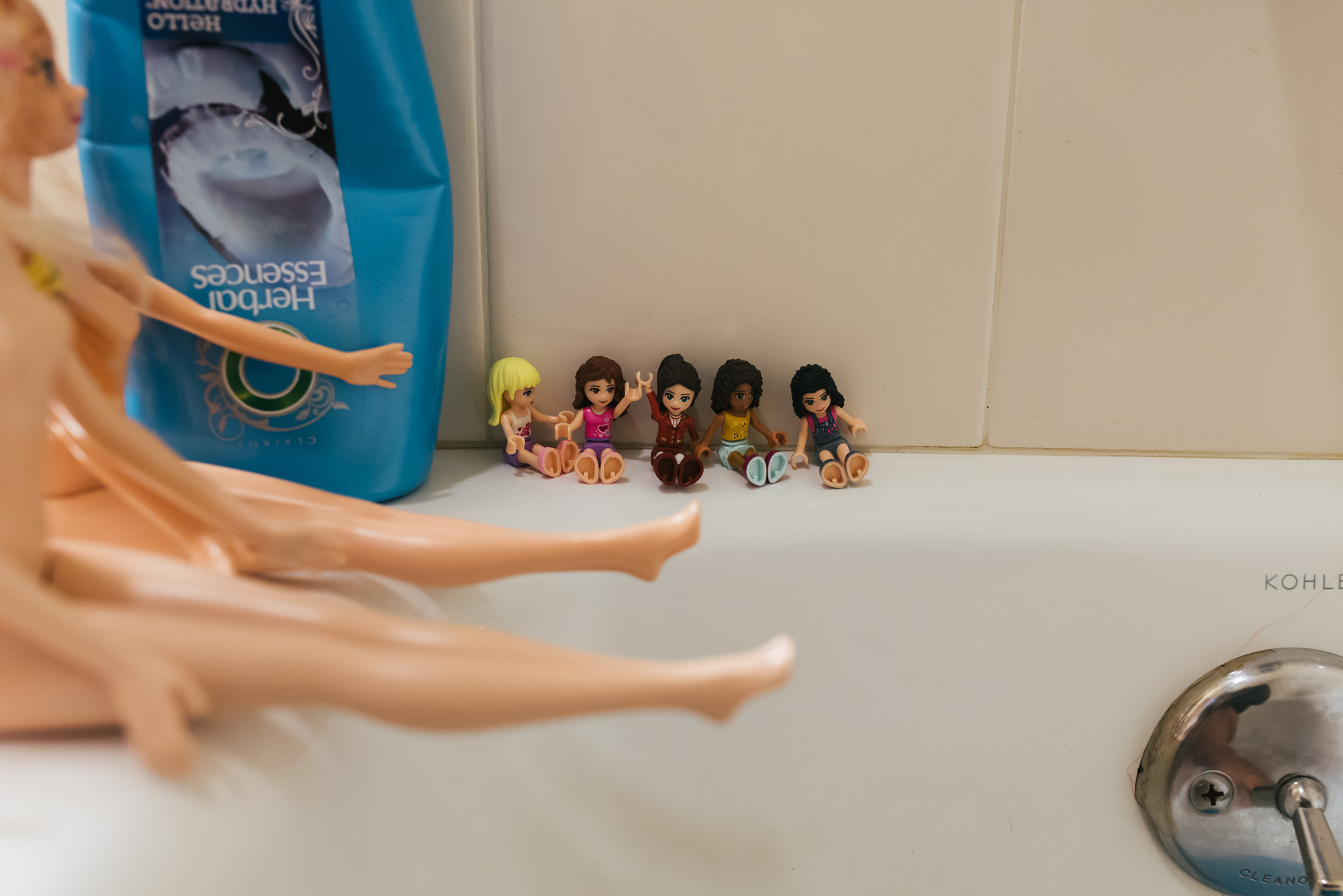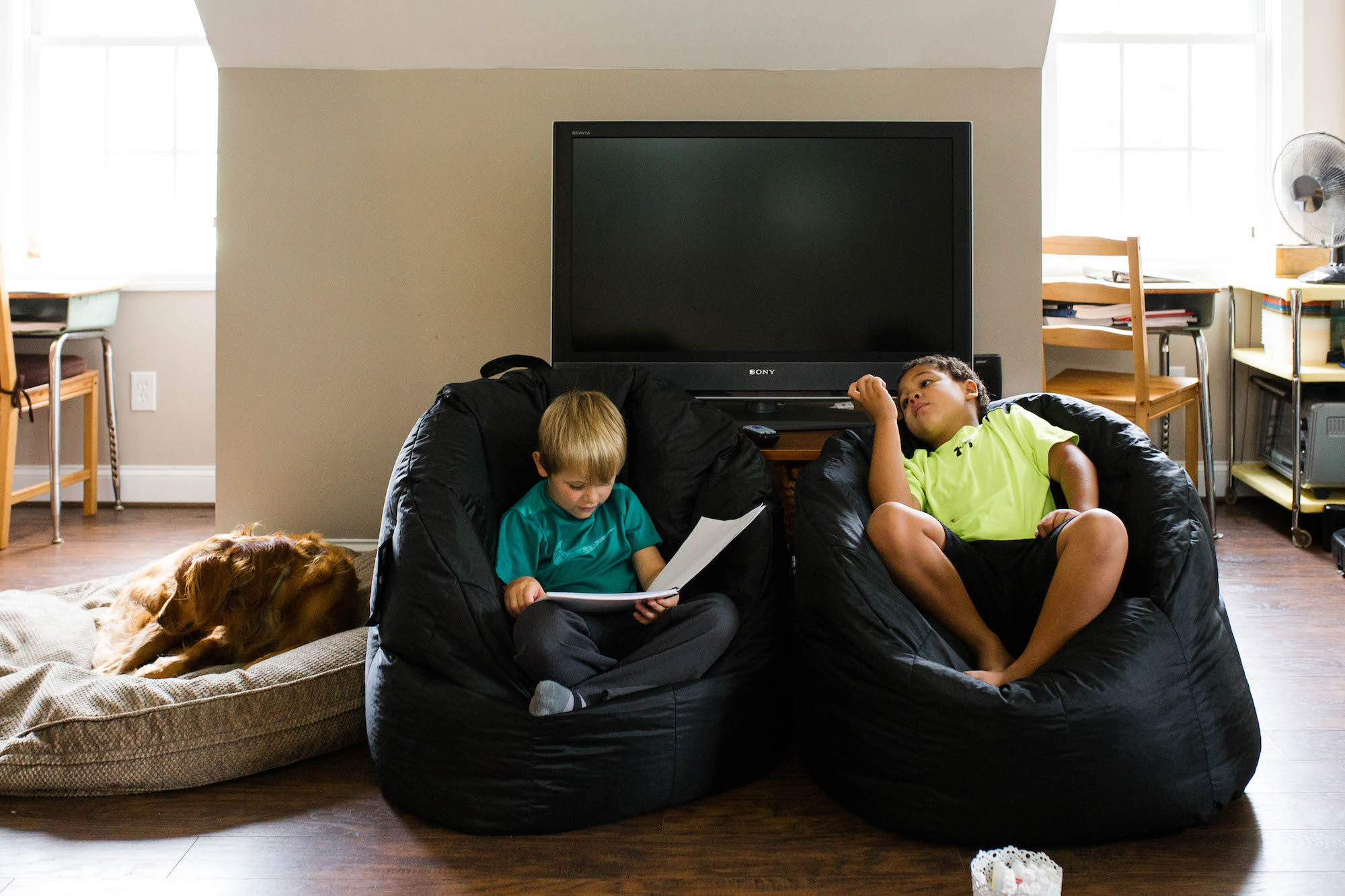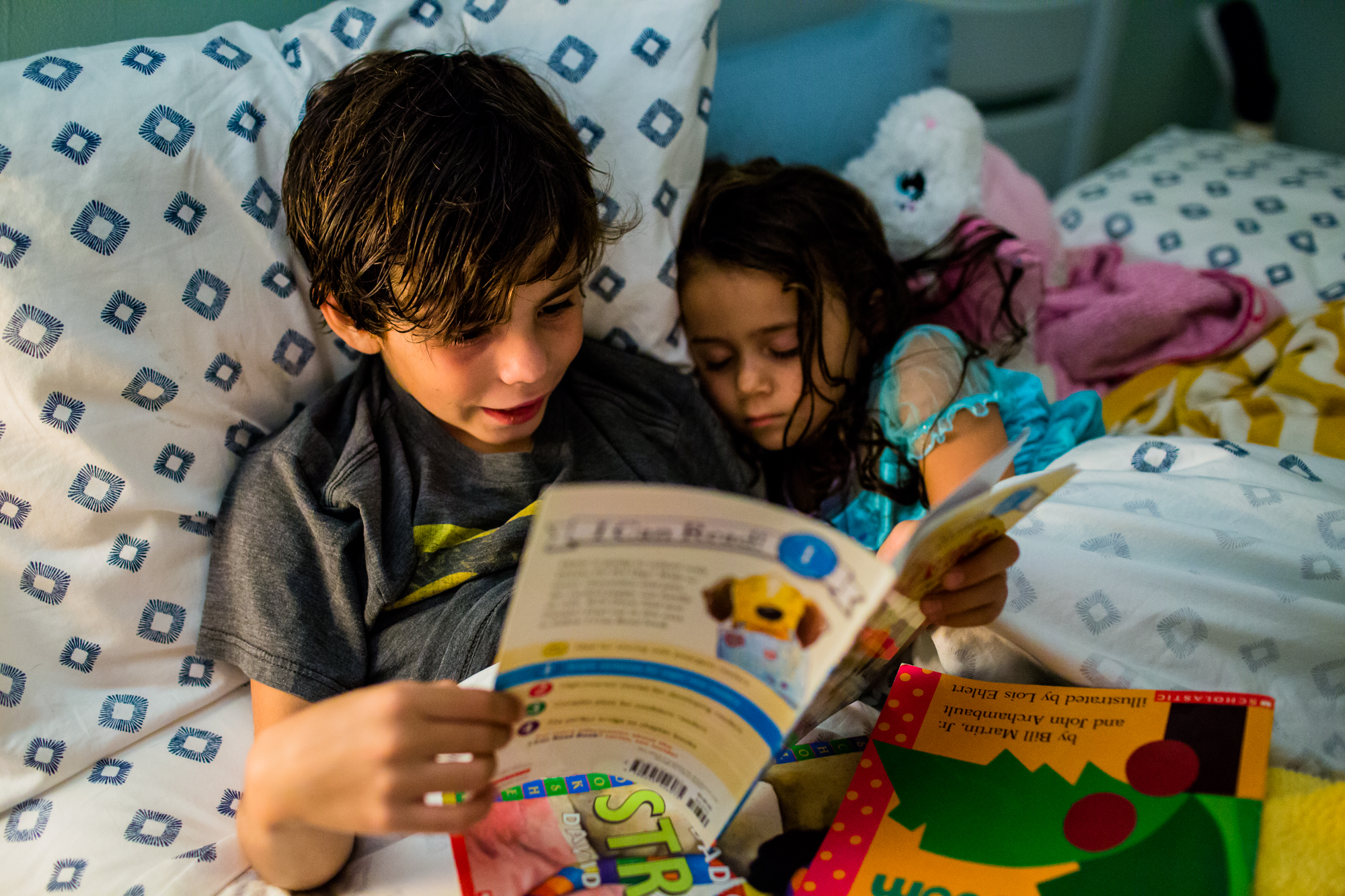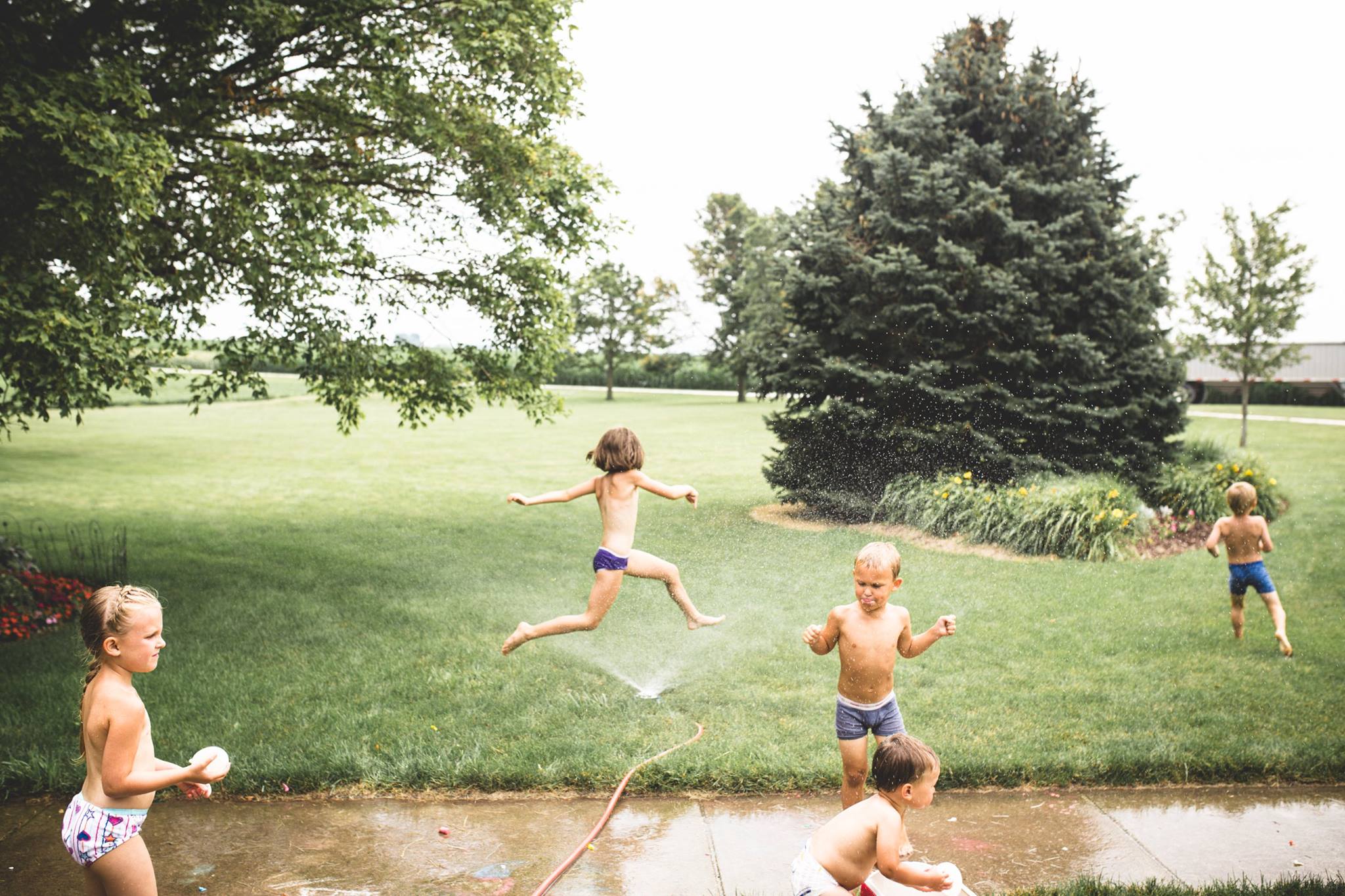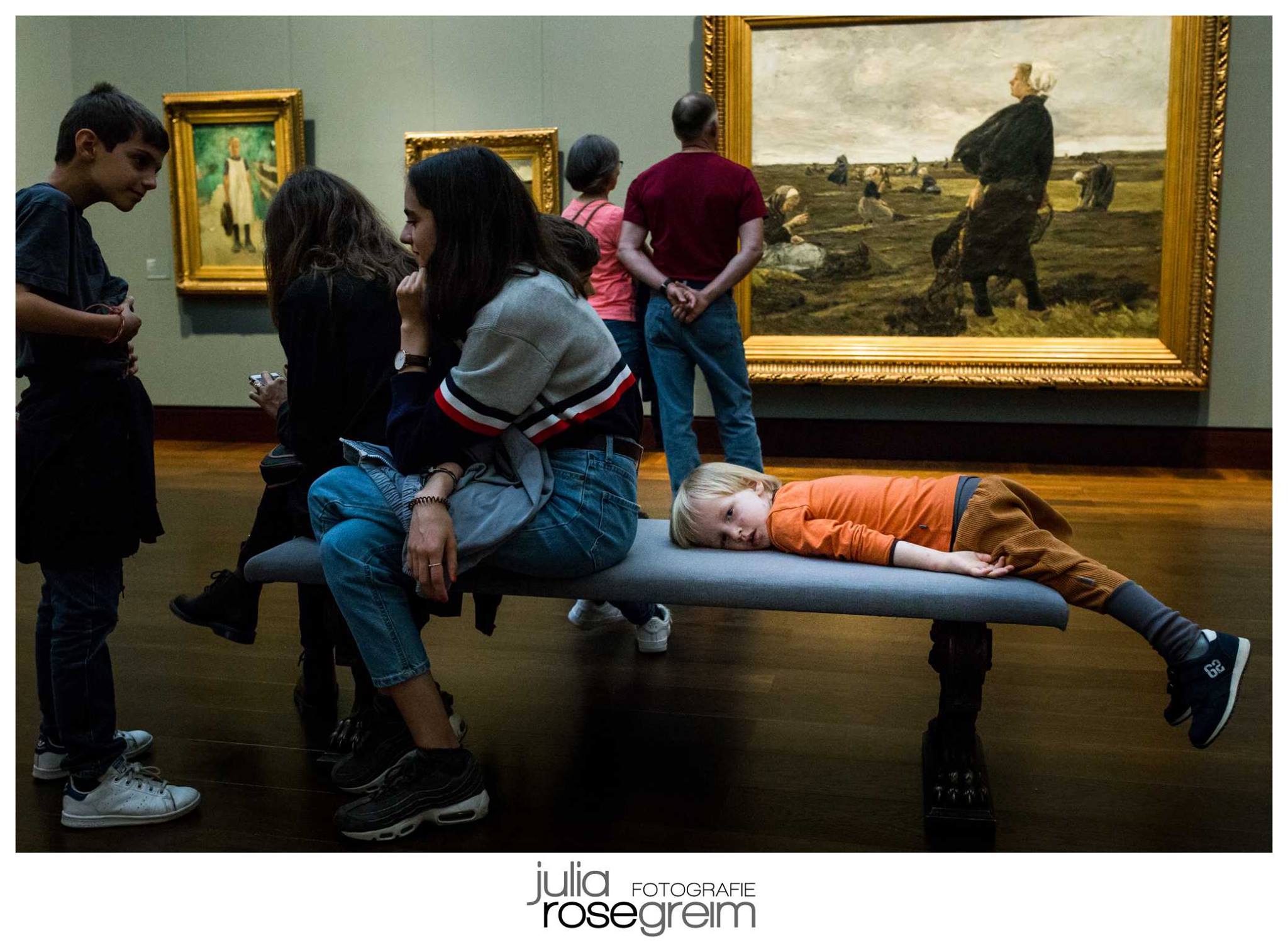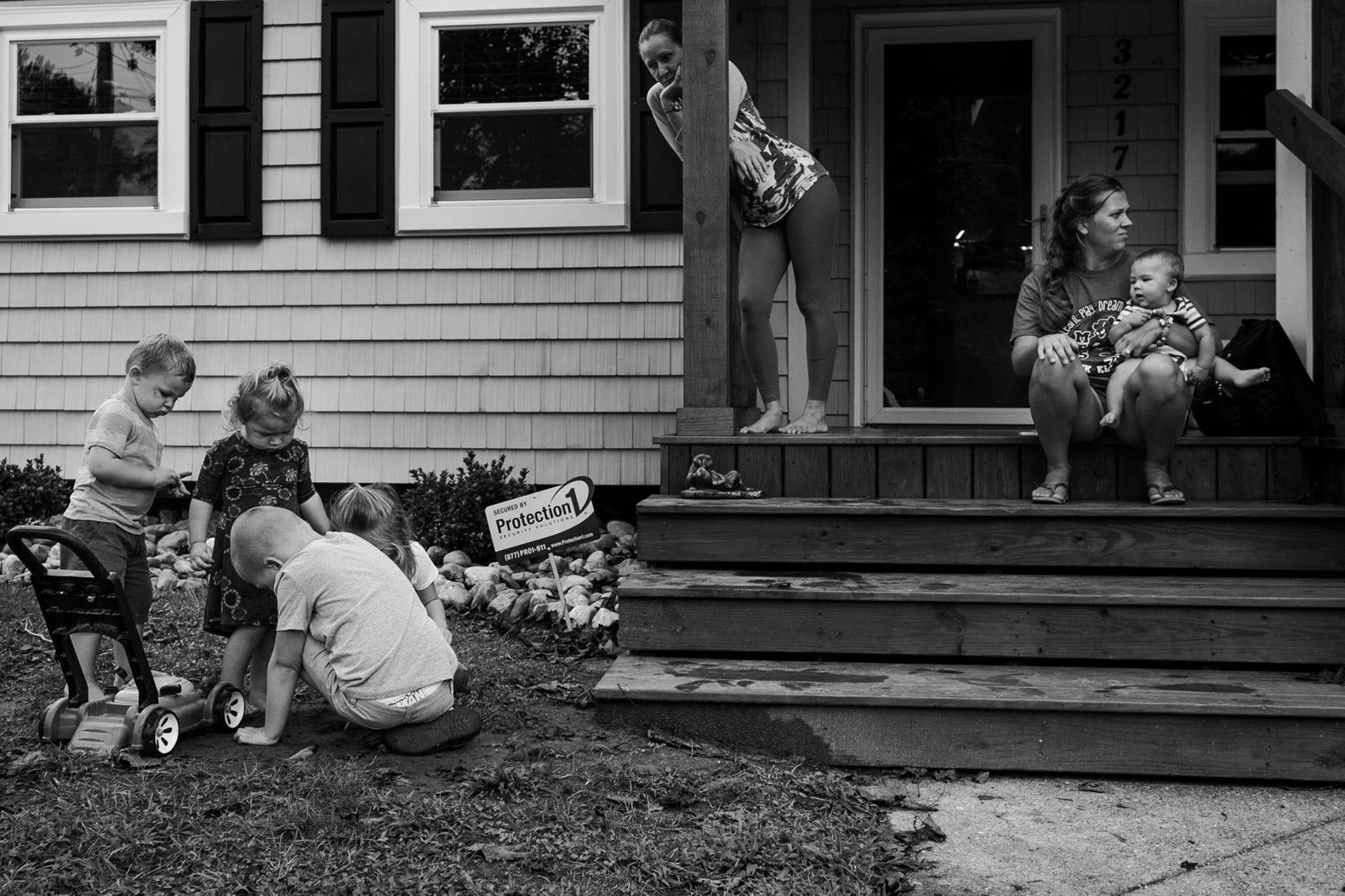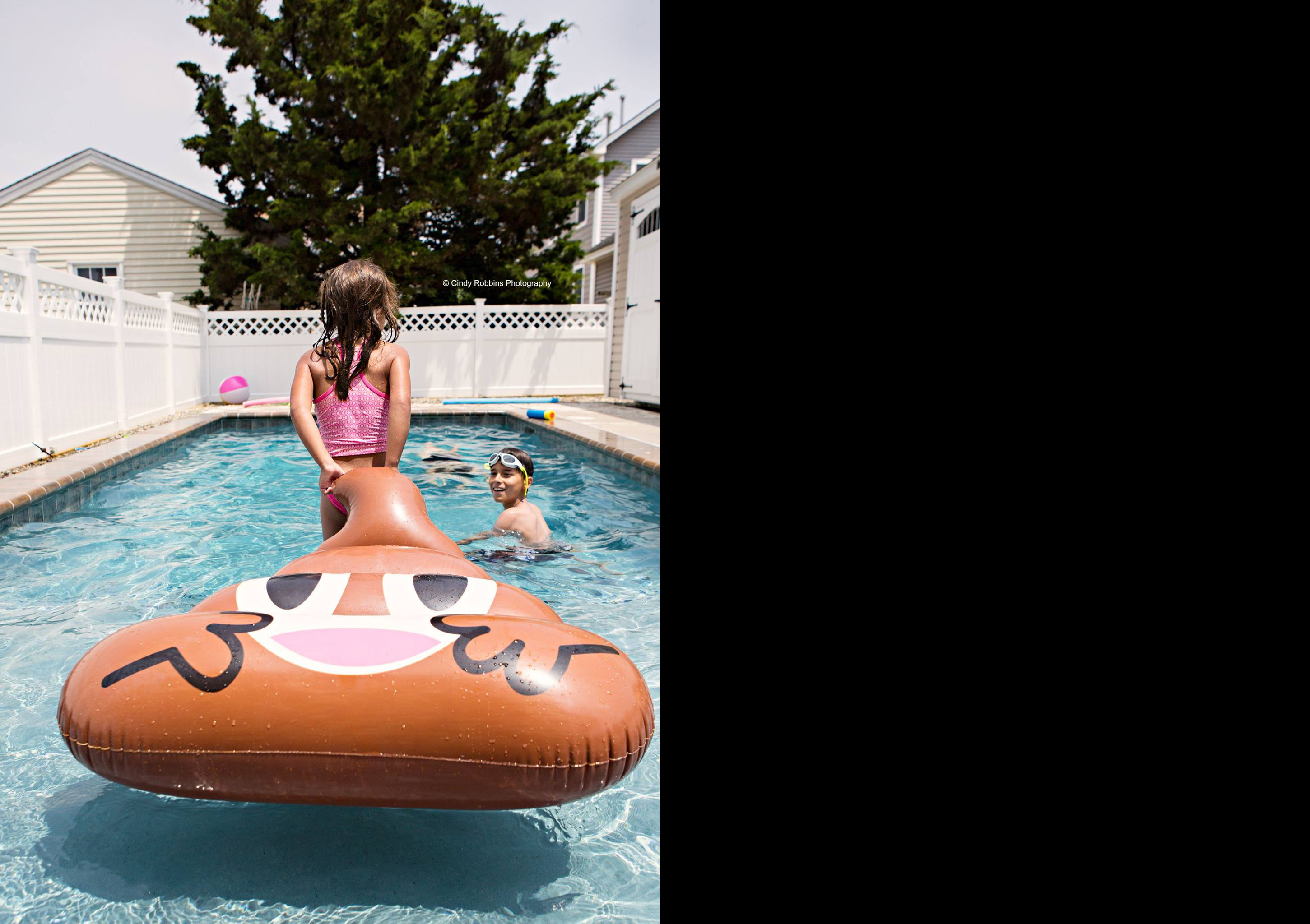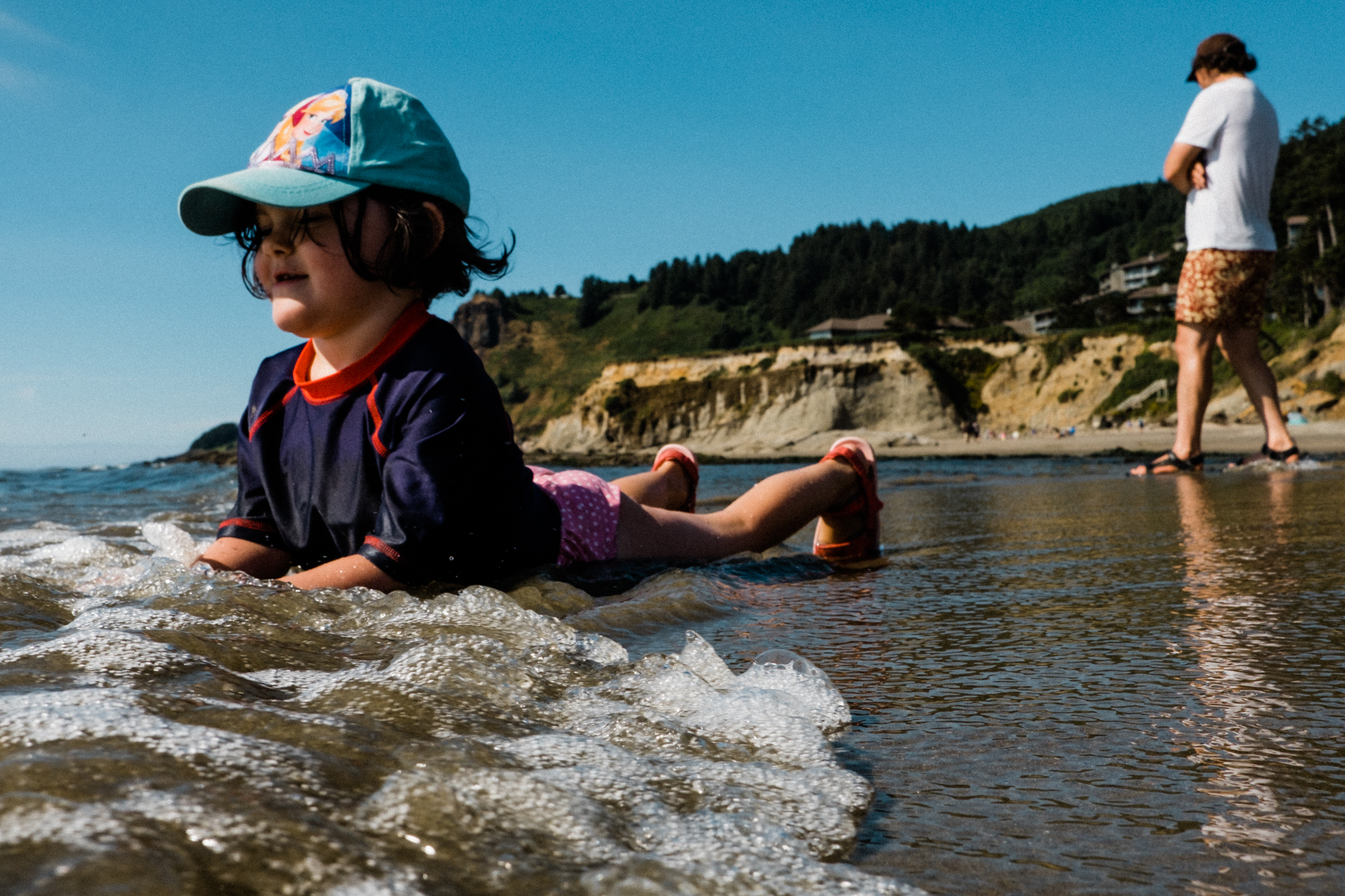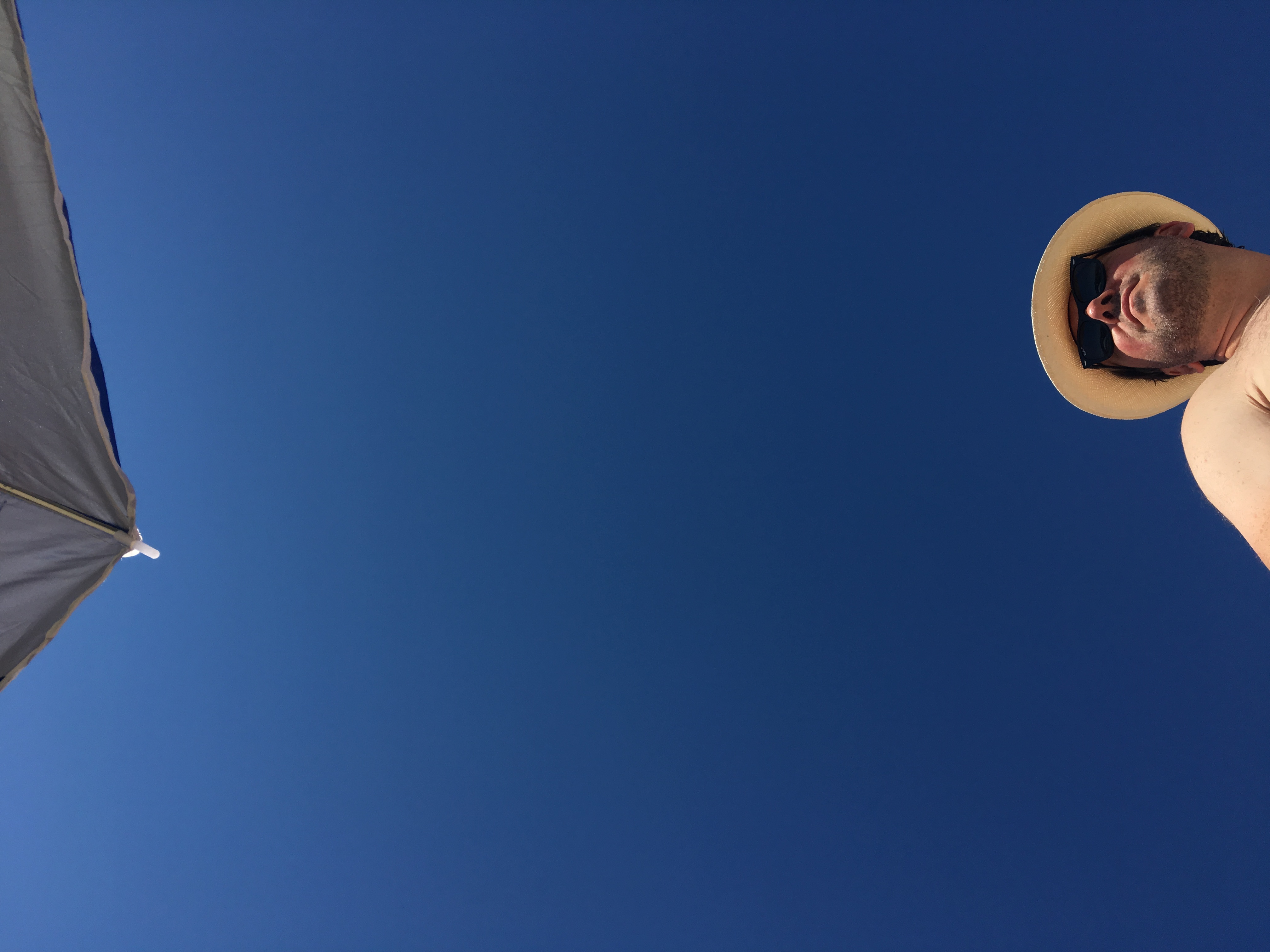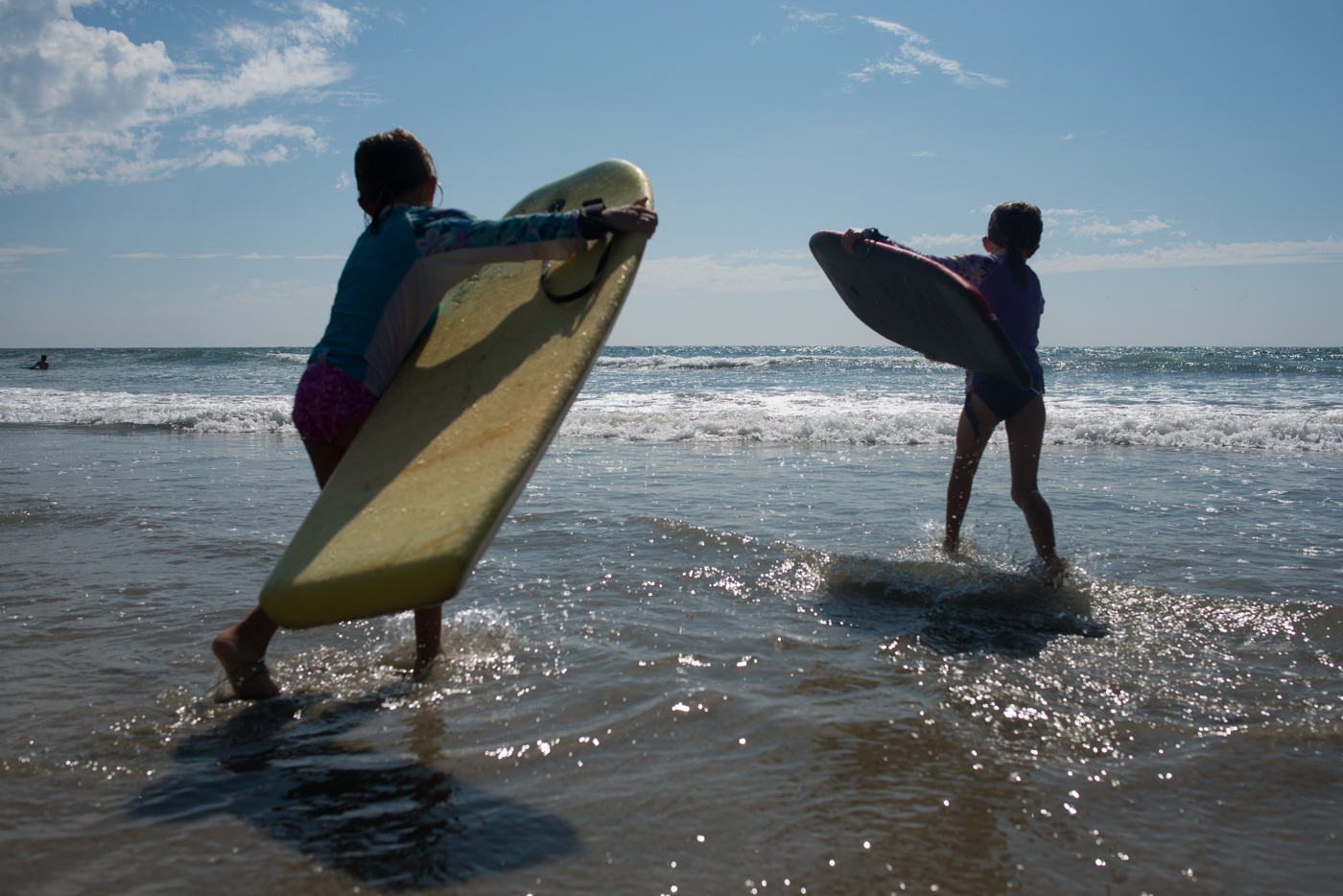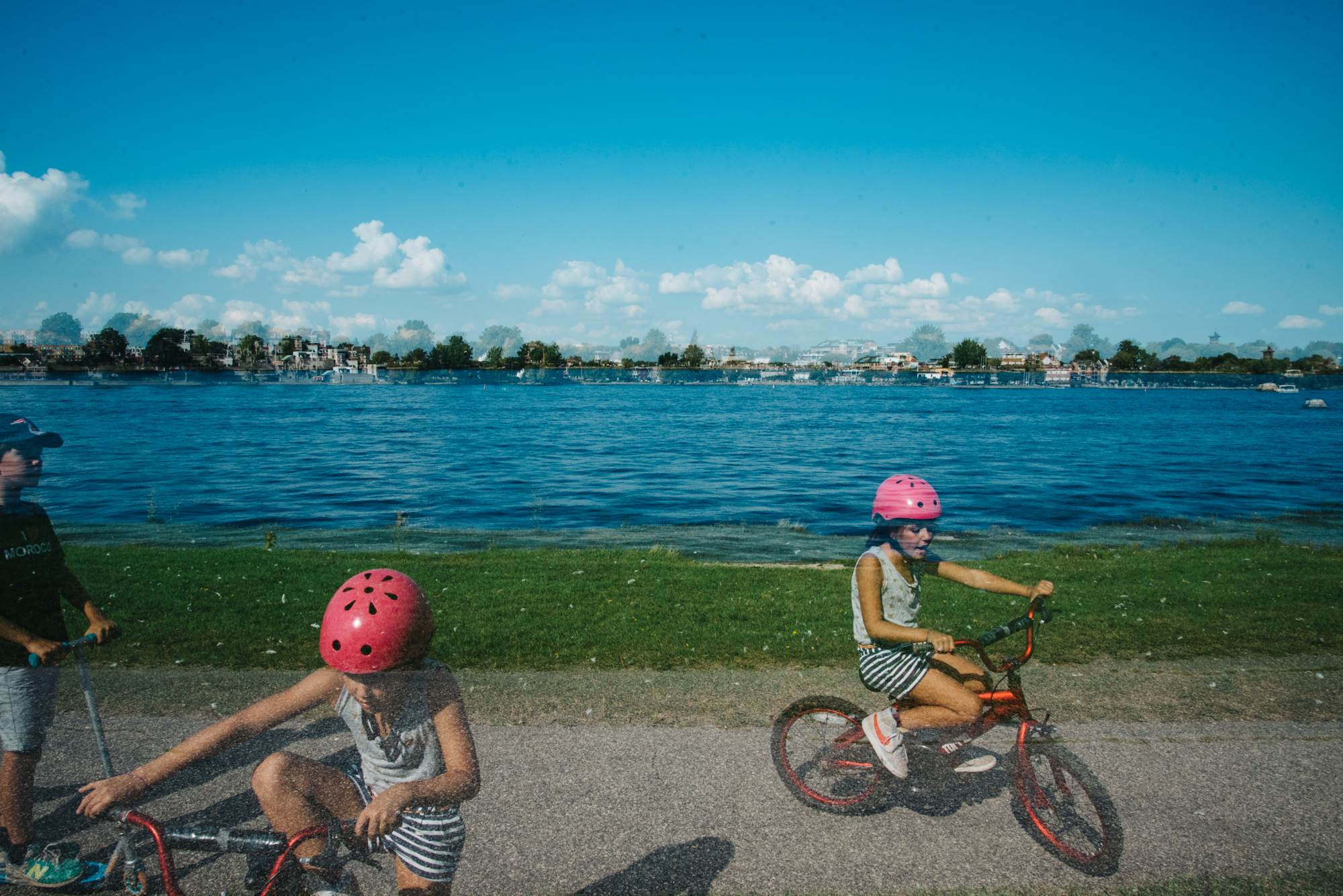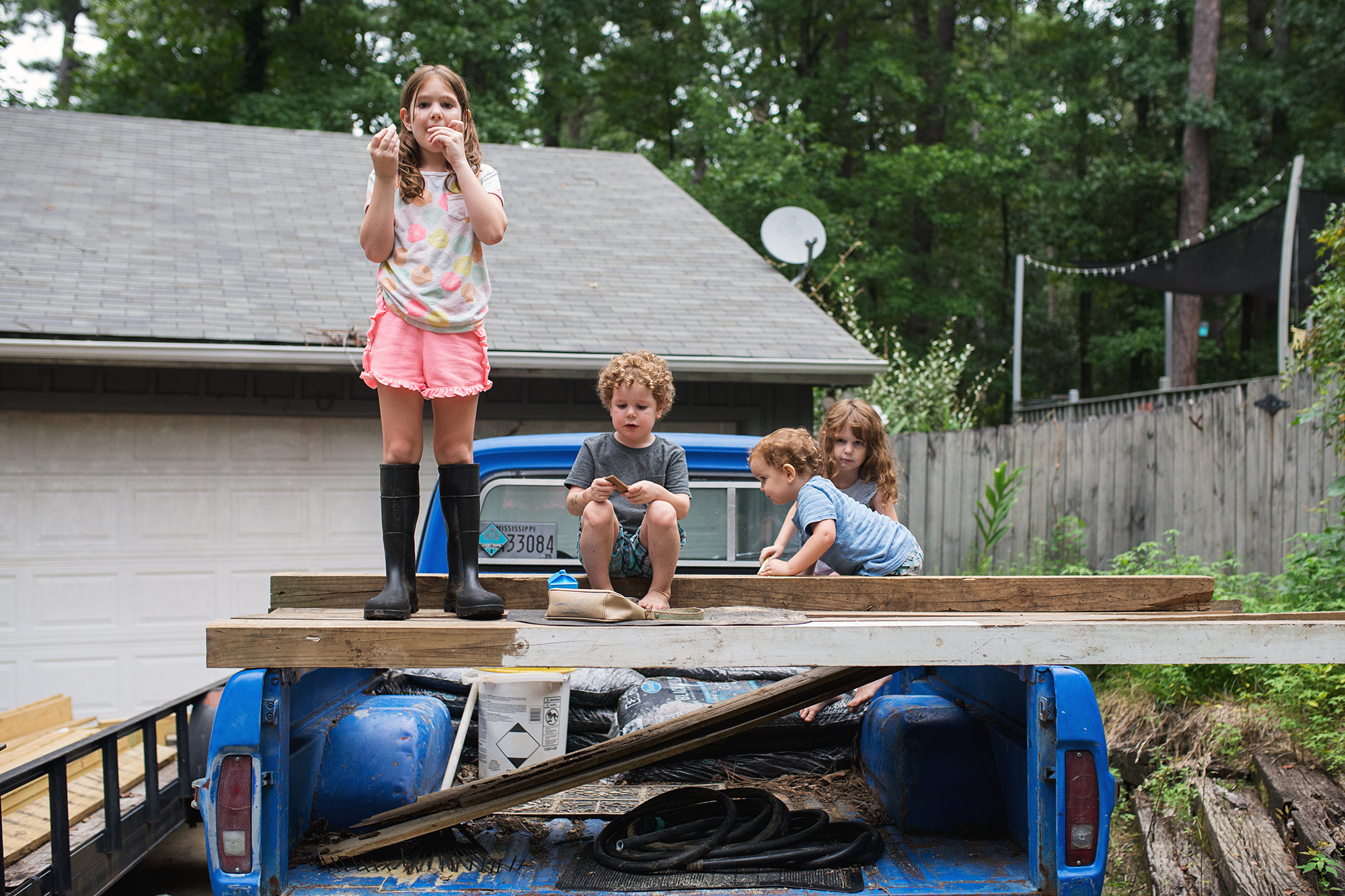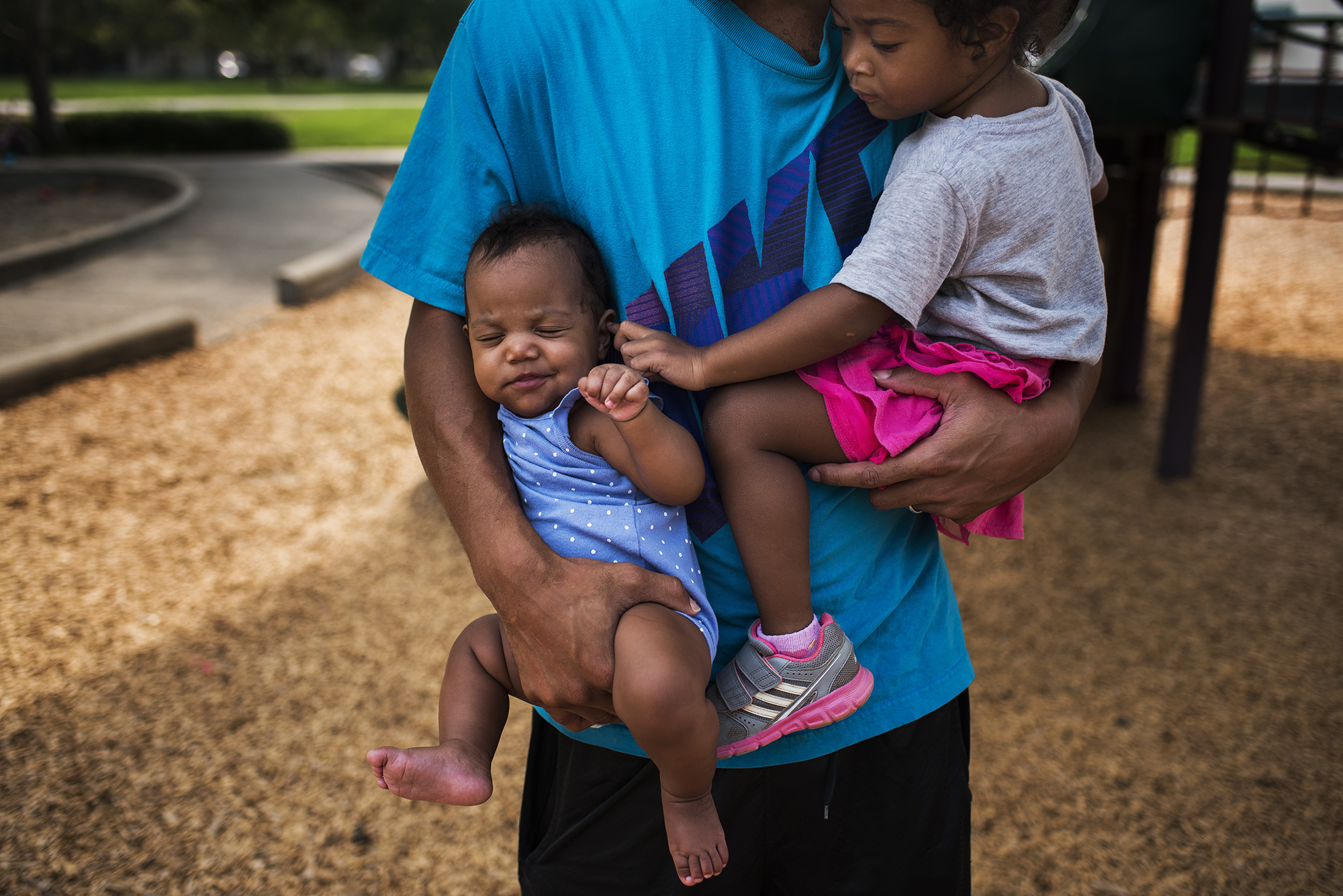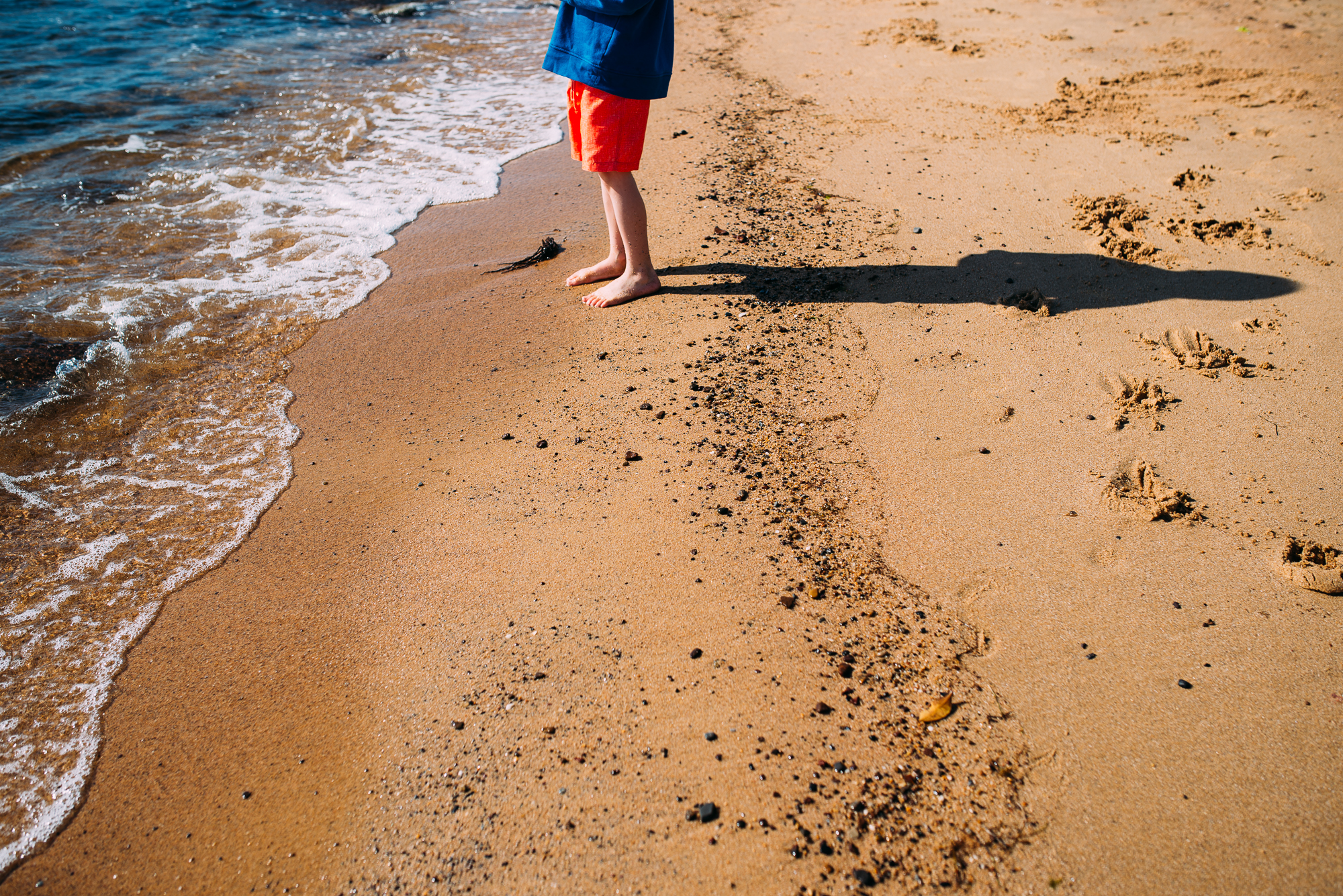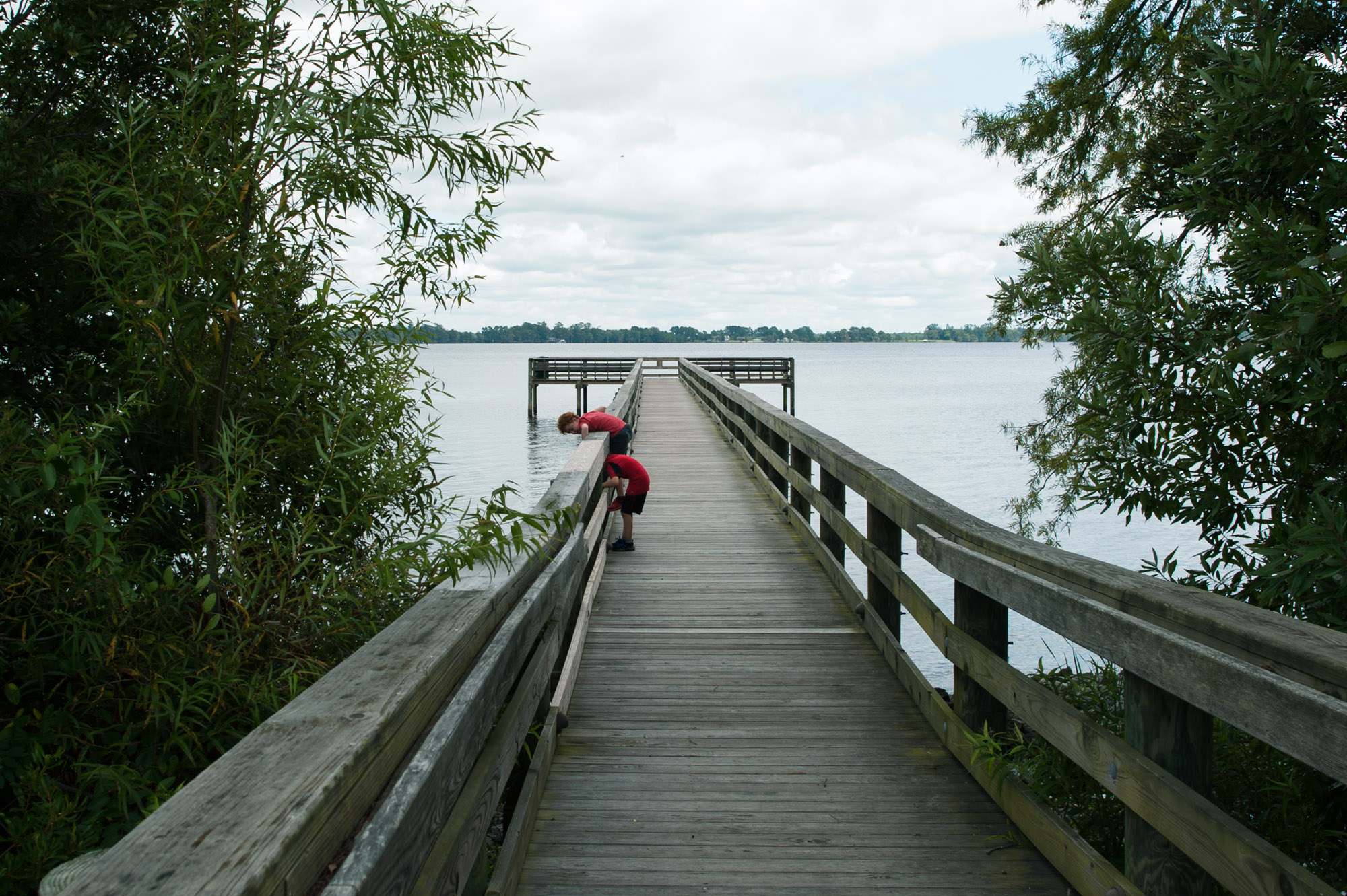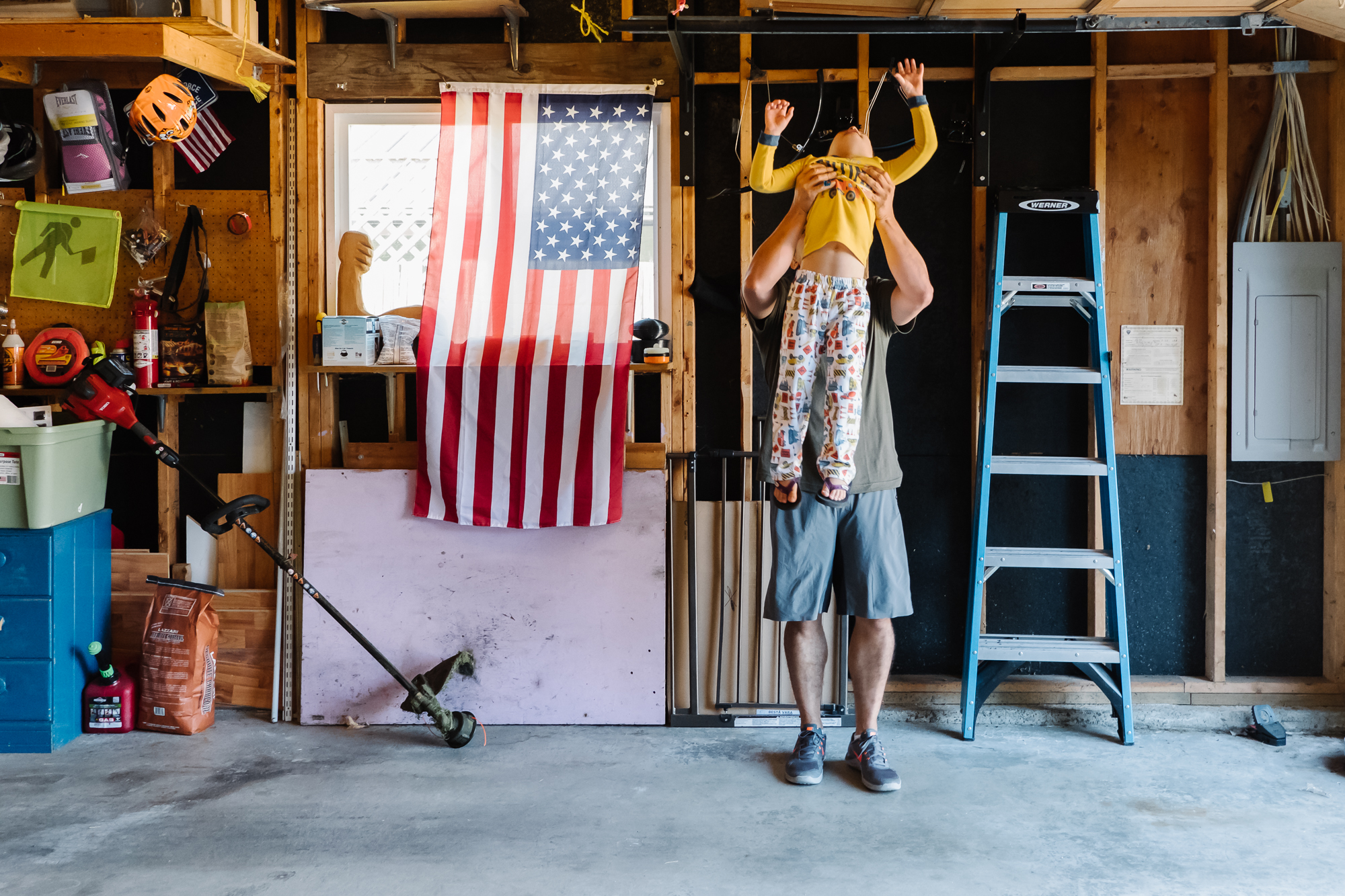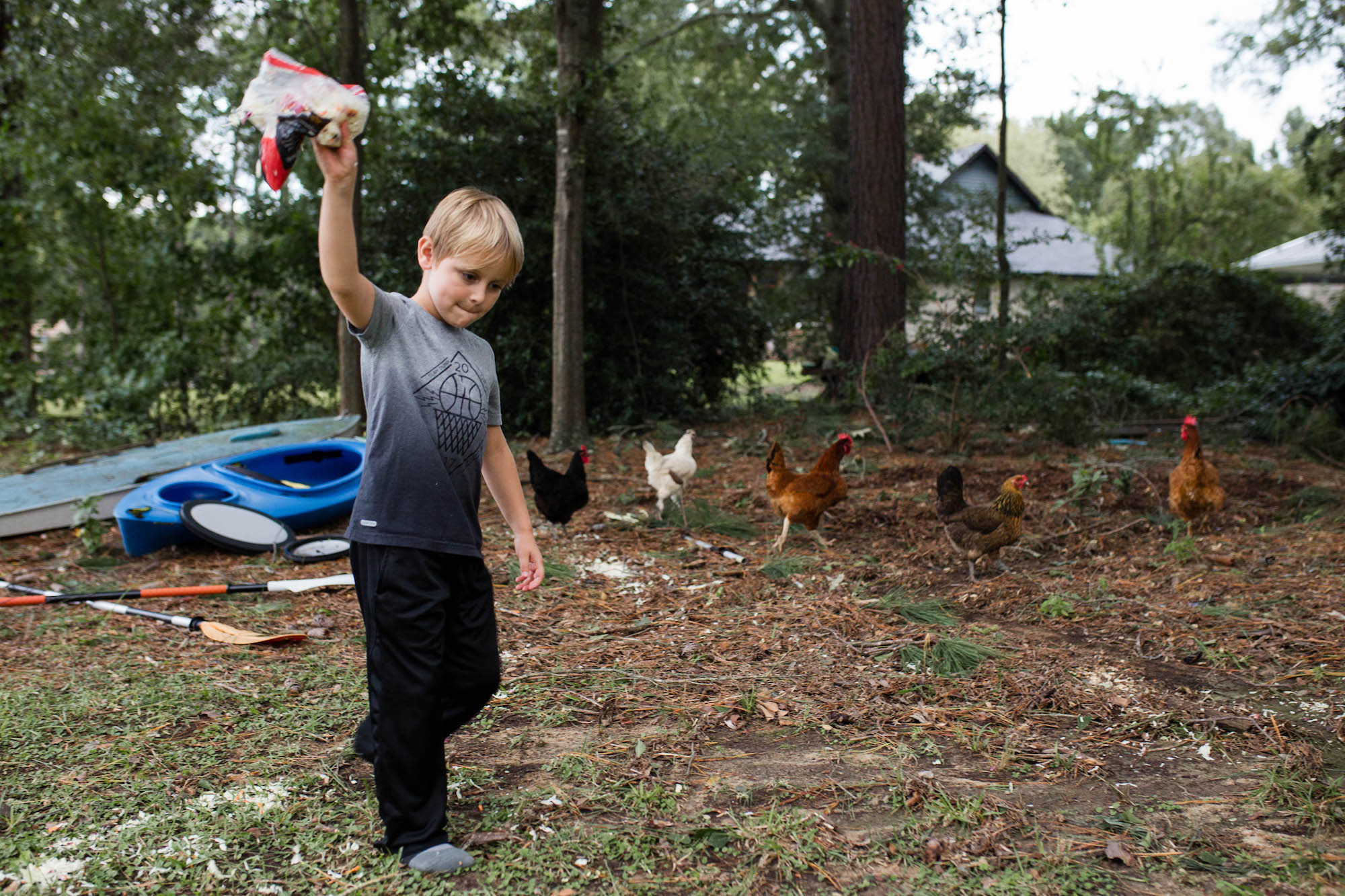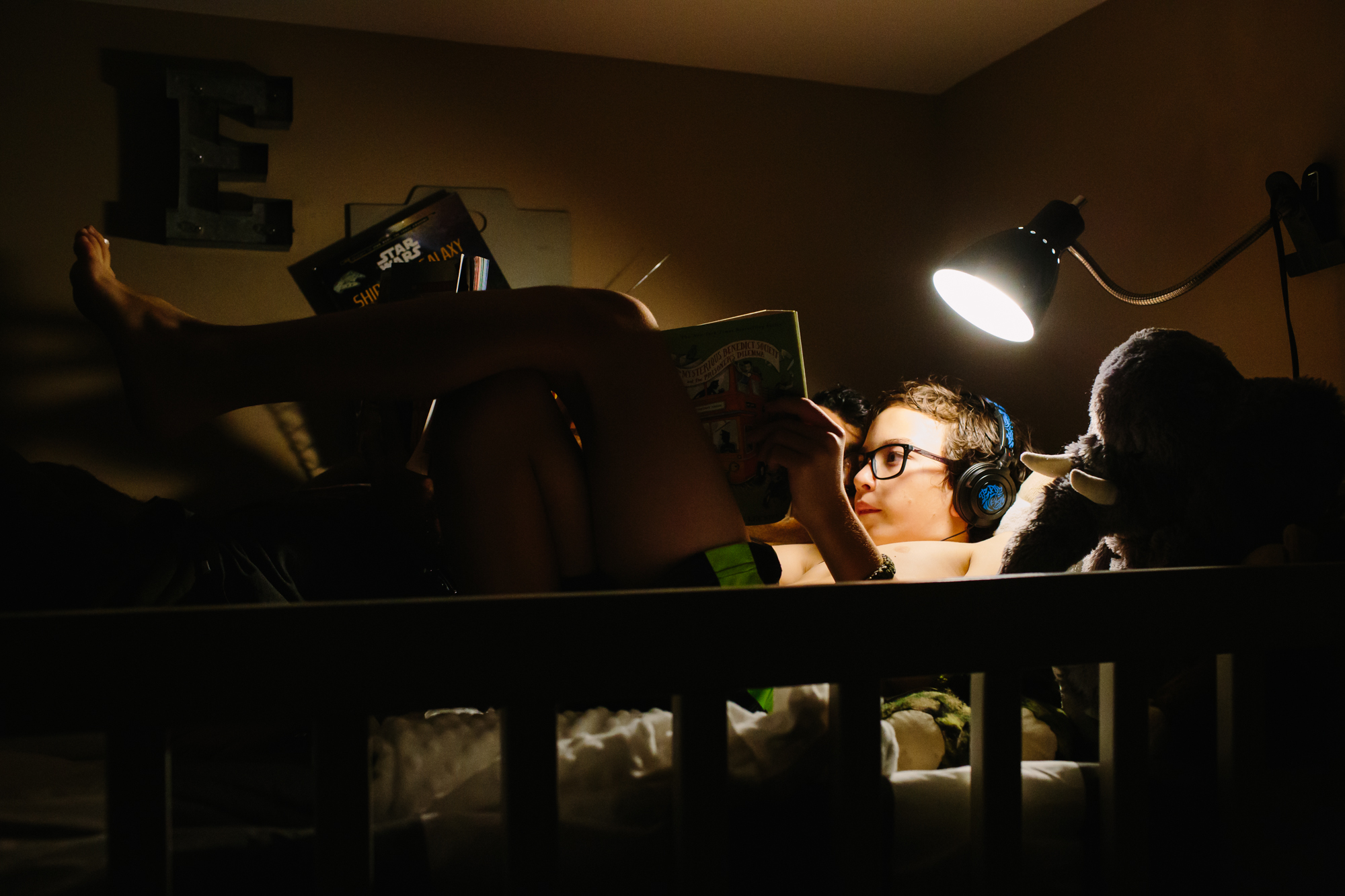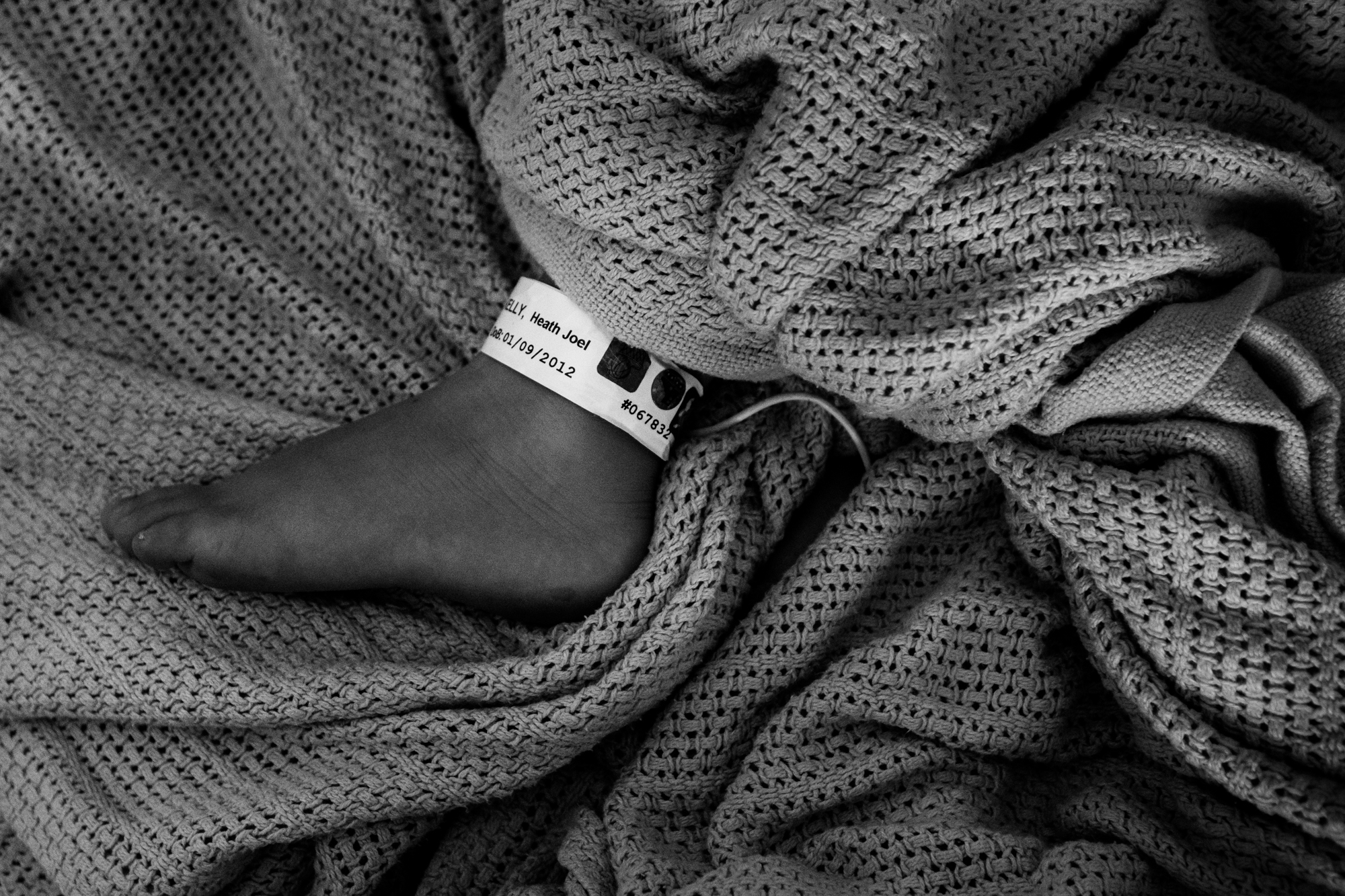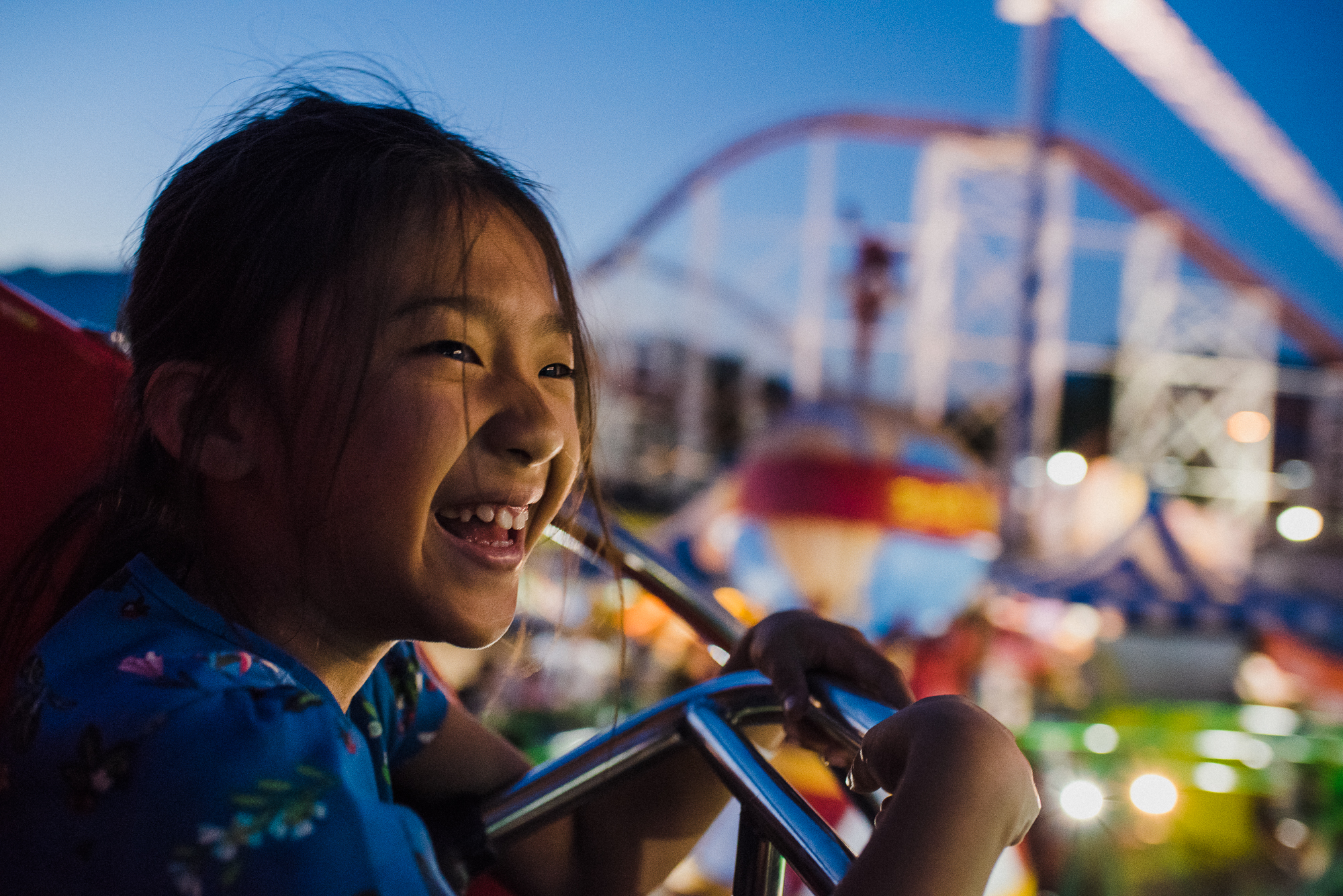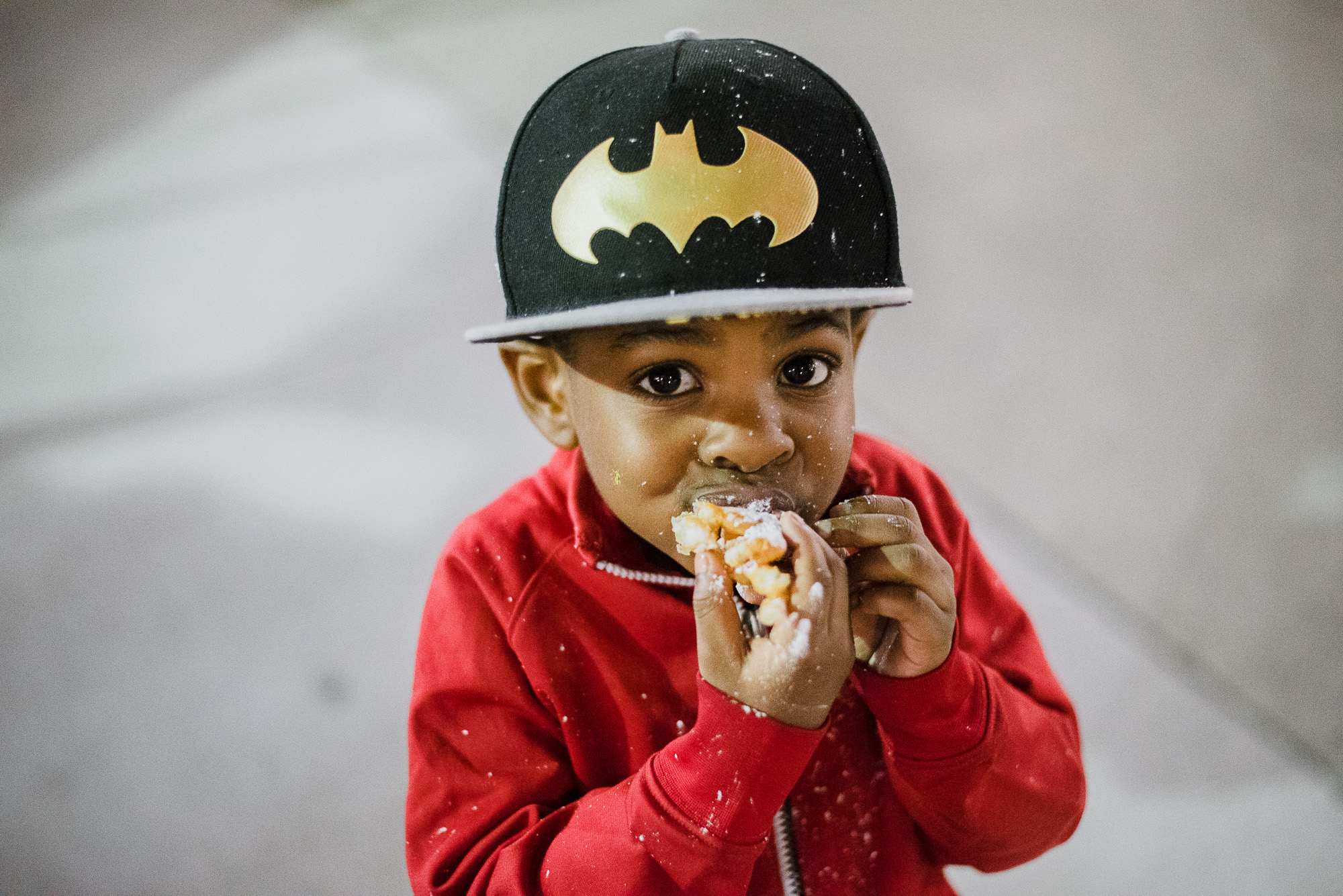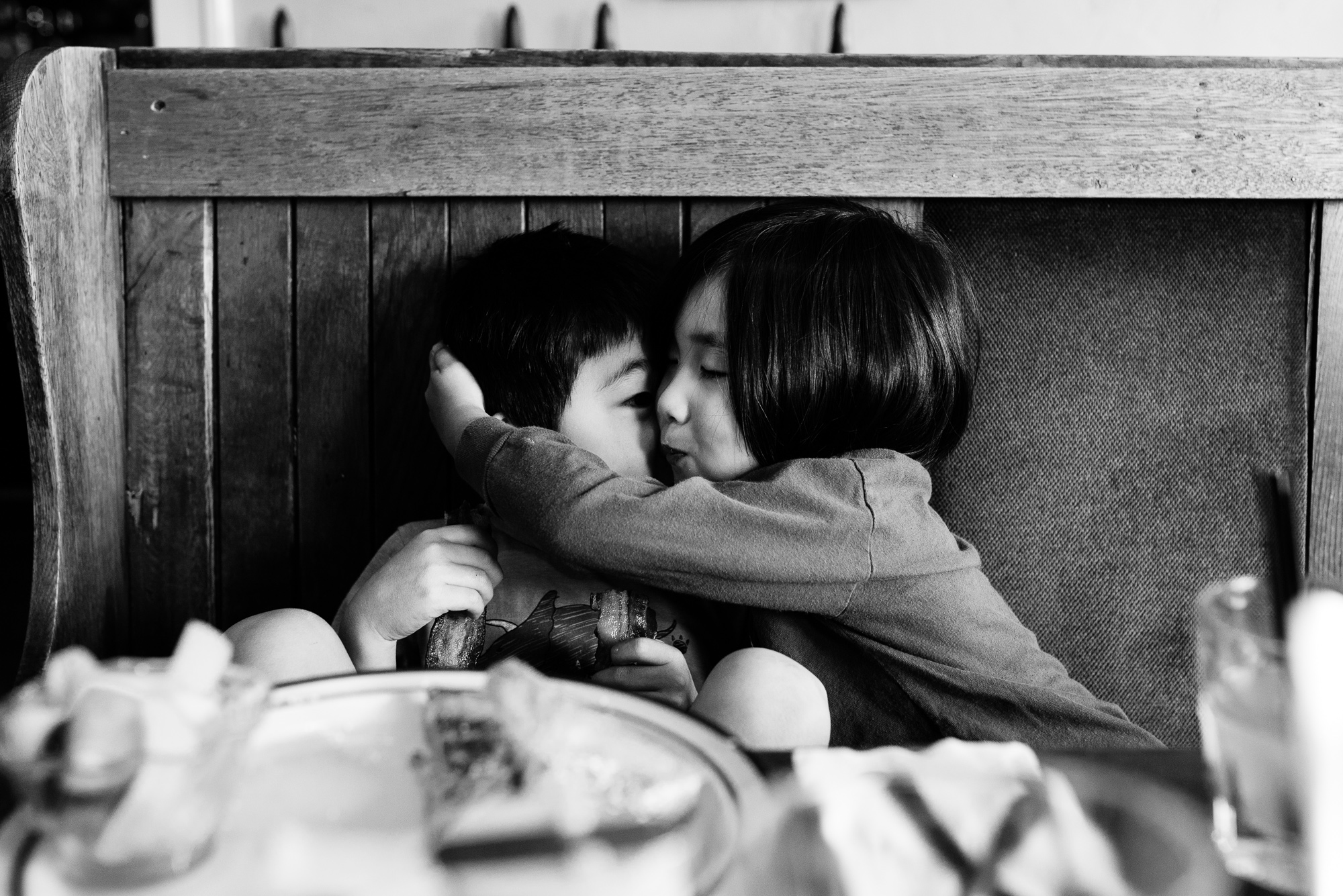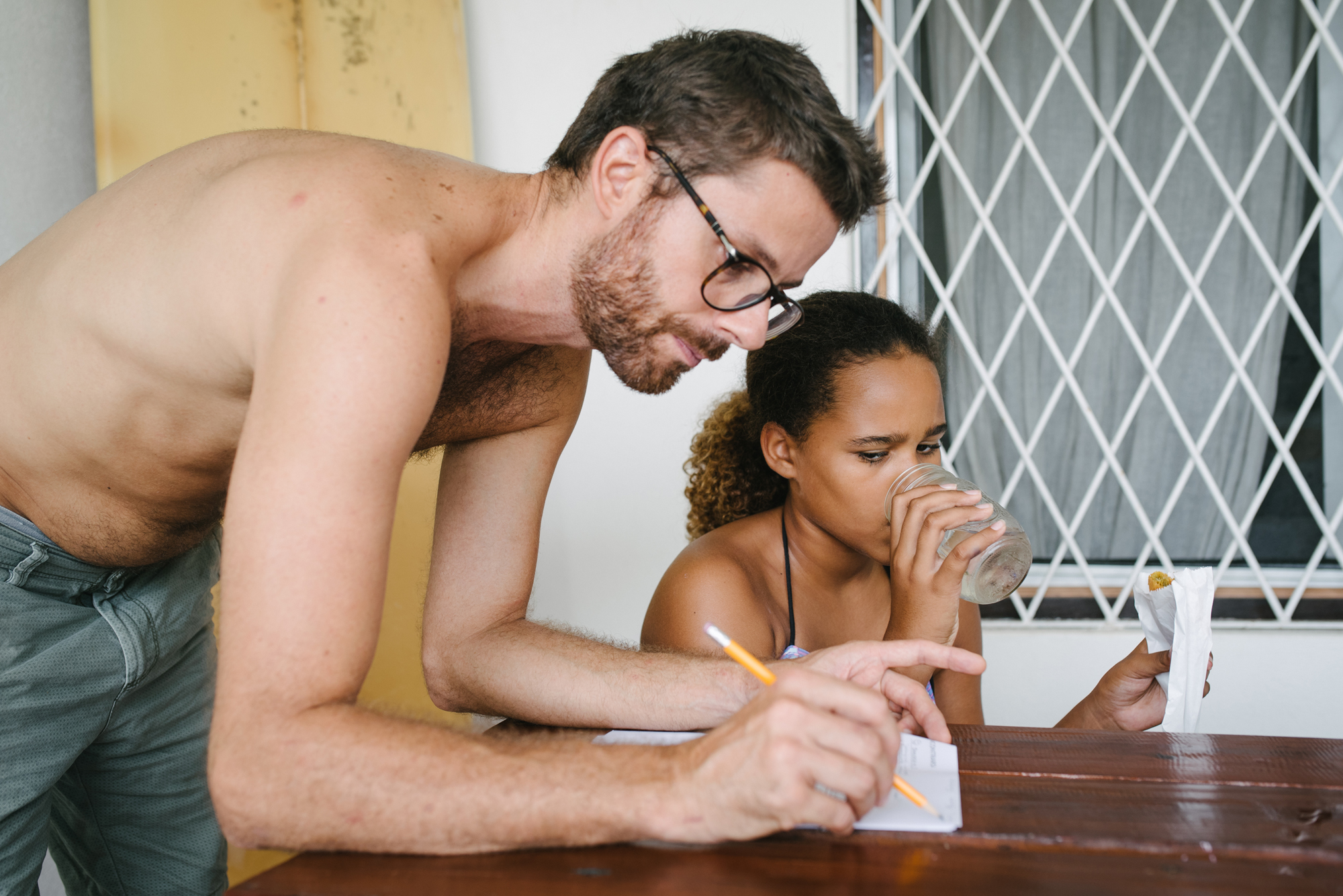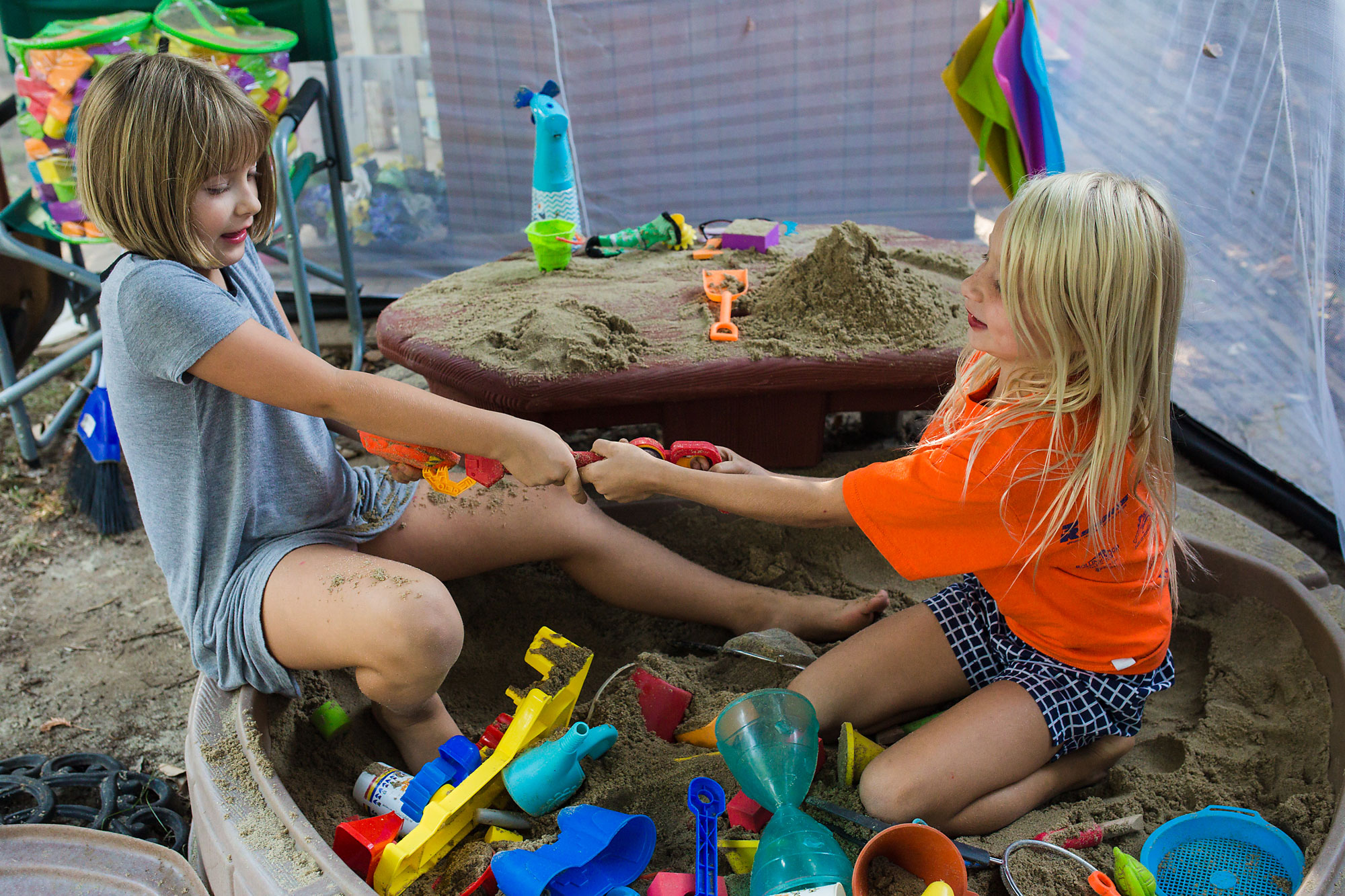“There’s no point in saying anything but the truth.”
– Amy Winehouse
Month: October 2017
Starting a Personal Project
Contributor Articles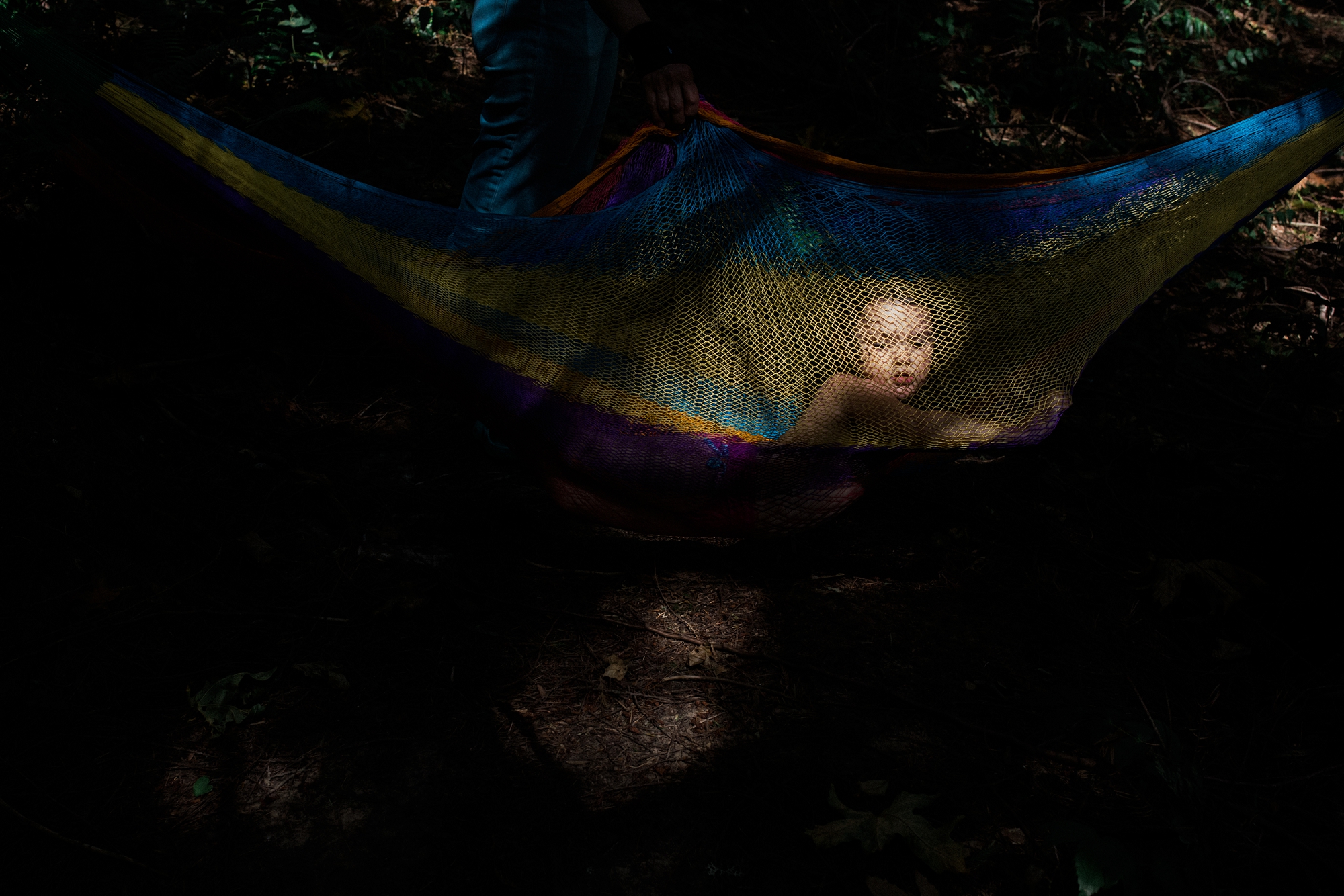
You love taking photographs. You take them constantly. But then that’s it. There they sit and you are at a loss with what exactly to do with them. Or maybe you are feeling a bit directionless or are in a creative rut. Well, my friend, let me introduce you to the personal project.
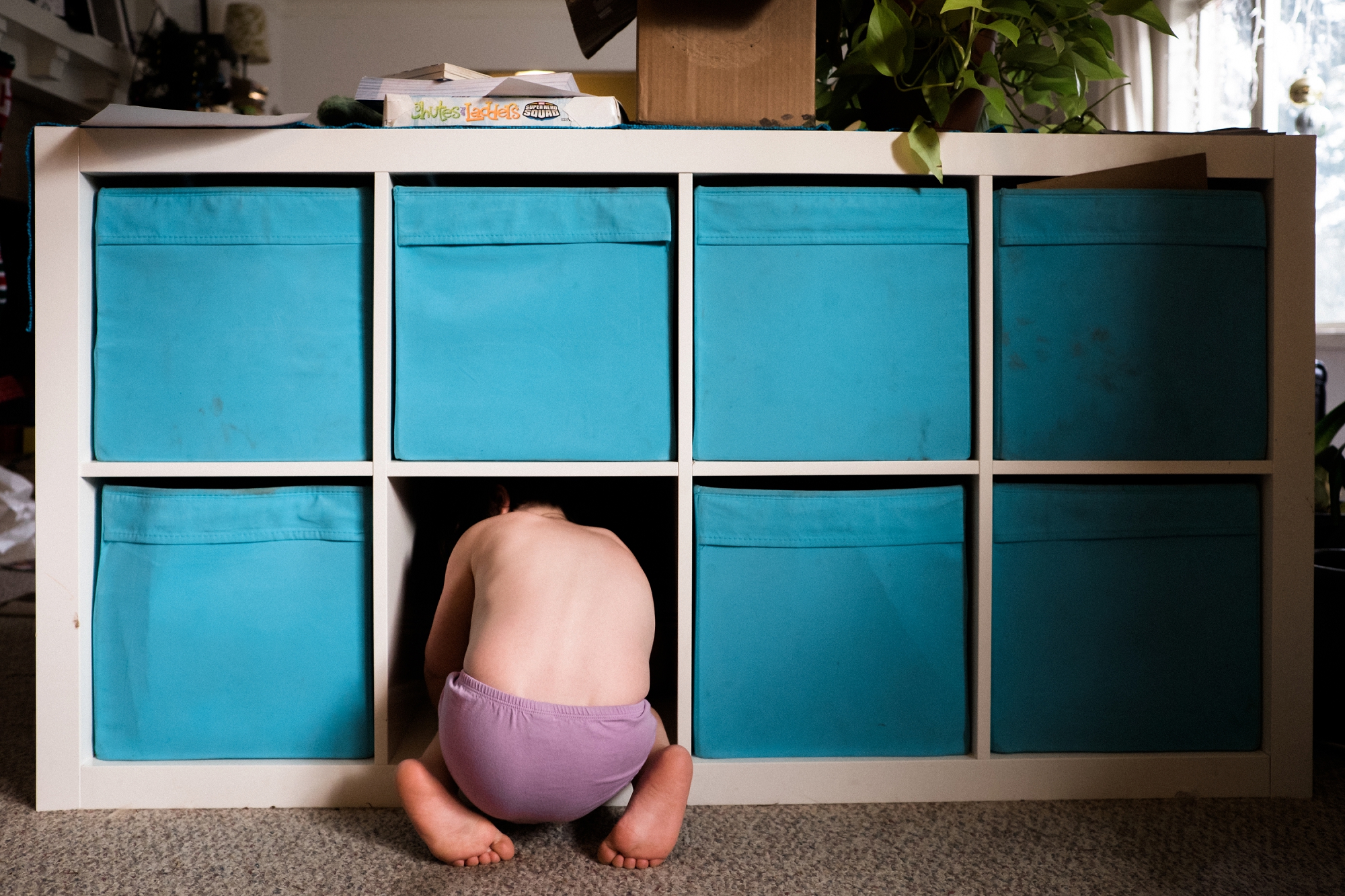
Personal projects are a great way to organize your photos and your brain. It gives you a framework for making your art and the viewing a framework for how they should be viewing and interpreting your work.
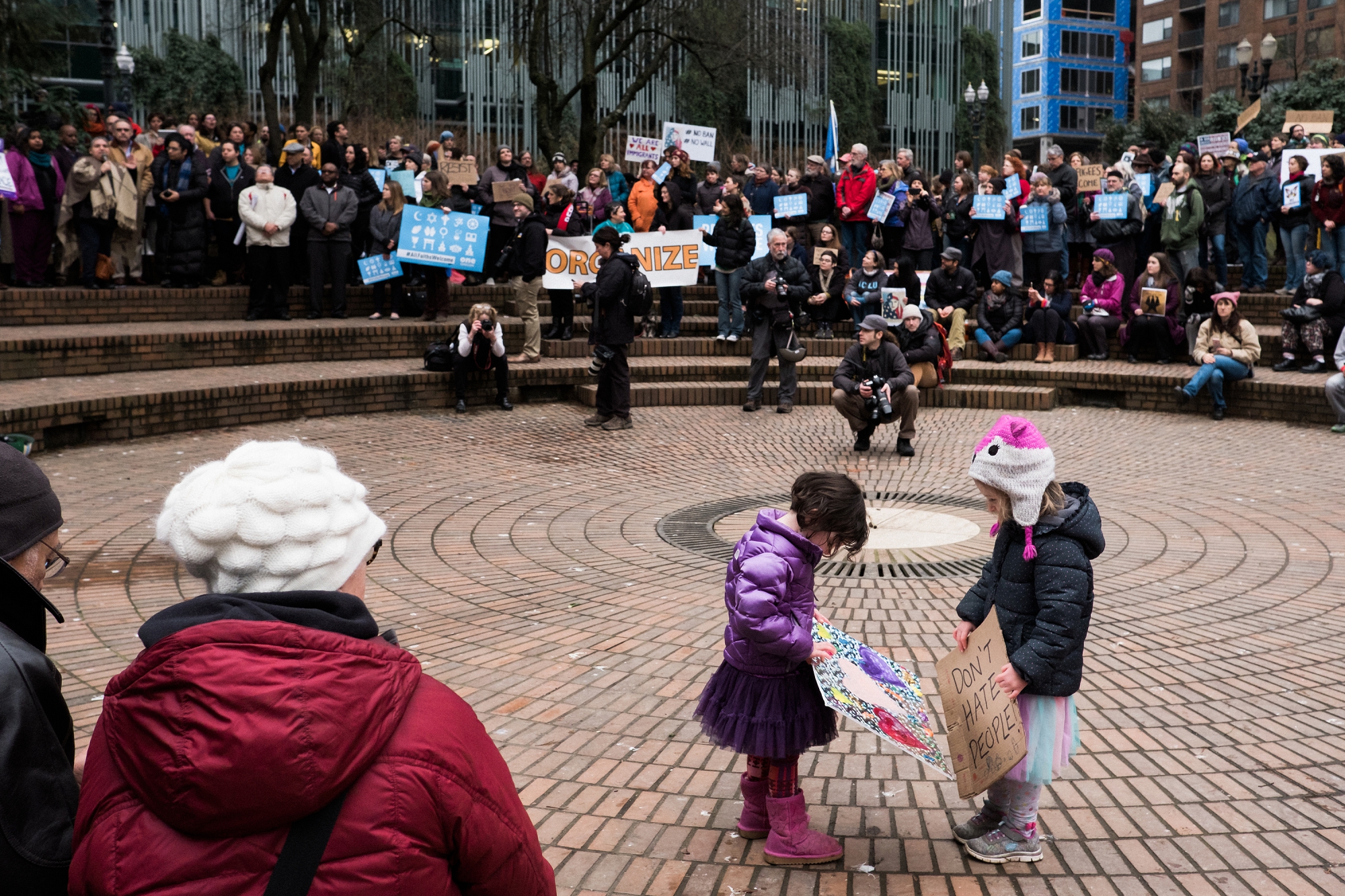
There are different ways you can go about starting a personal project. It’s up to you if you want to plan out your project before you start shooting or if you want to go through your current work and pull out images. Both methods are equally valid; it just depends how you prefer to work. Give them both a shot and see which way you connect with more. For me is depends on the project, sometimes I go in with a specific idea and as I photograph and ruminate on it my work with further develop. Other times I notice a theme that I have been unconsciously drawn to and that pull past photos that speak to the theme.
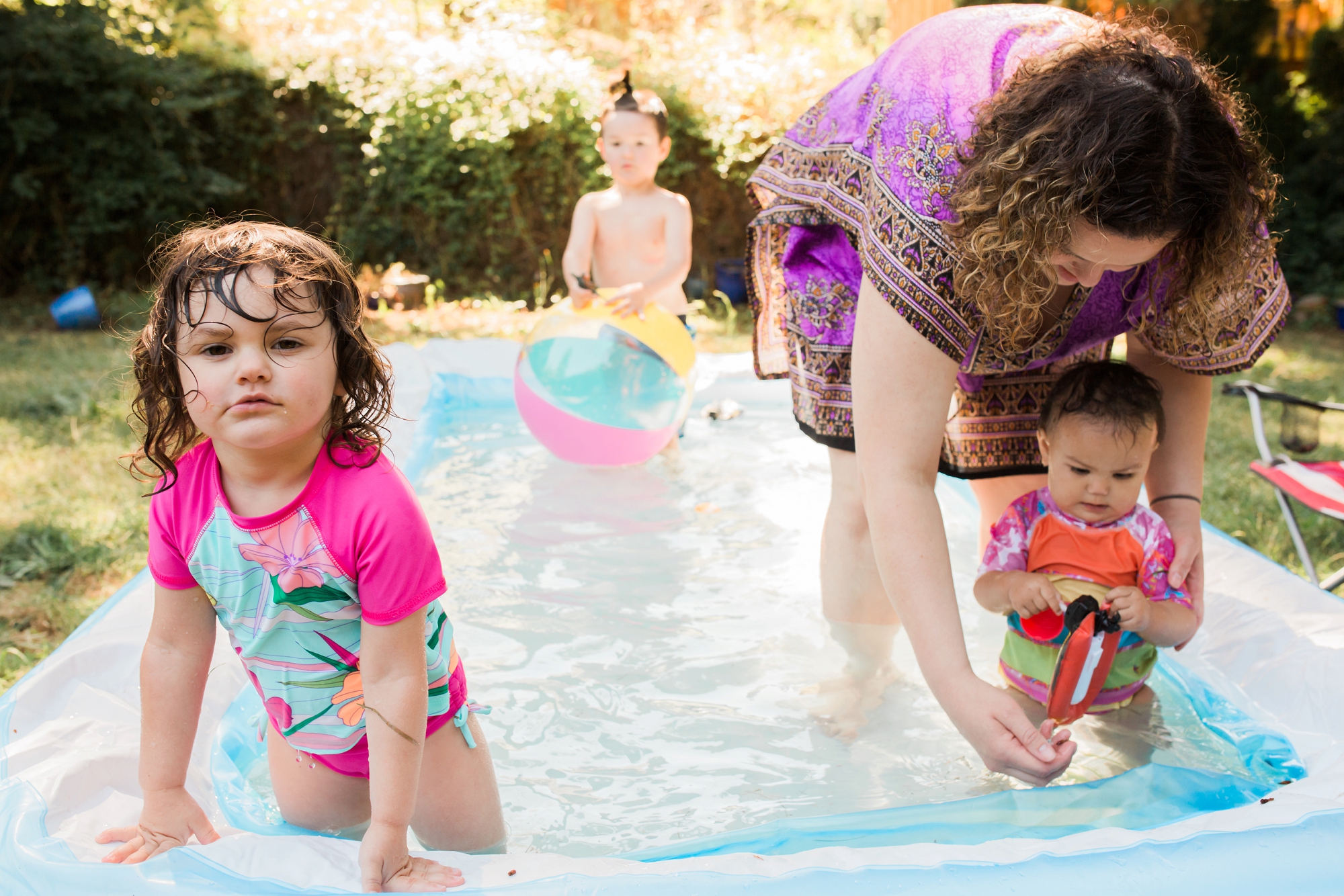
Pick a Theme
Really anything you can think up can be your theme; it can be something concrete like a color, or abstract like a feeling. Since you are here at Sham of the Perfect I’m going to make a huge leap of faith and say you like family documentary photography (I know, it’s a bananas assumption to make), so for the purpose of this exercise we will focus on family related themes. Many of you photograph personal projects already (think of 365s, 100 days of summer, etc.), the key is then really honing in on those photographs and making them a cohesive set. You could focus a personal project to explore relationships between siblings, across generations, or even simplify the theme to just be an individual person. Once you have decided on a topic it is then time to create a body of work.
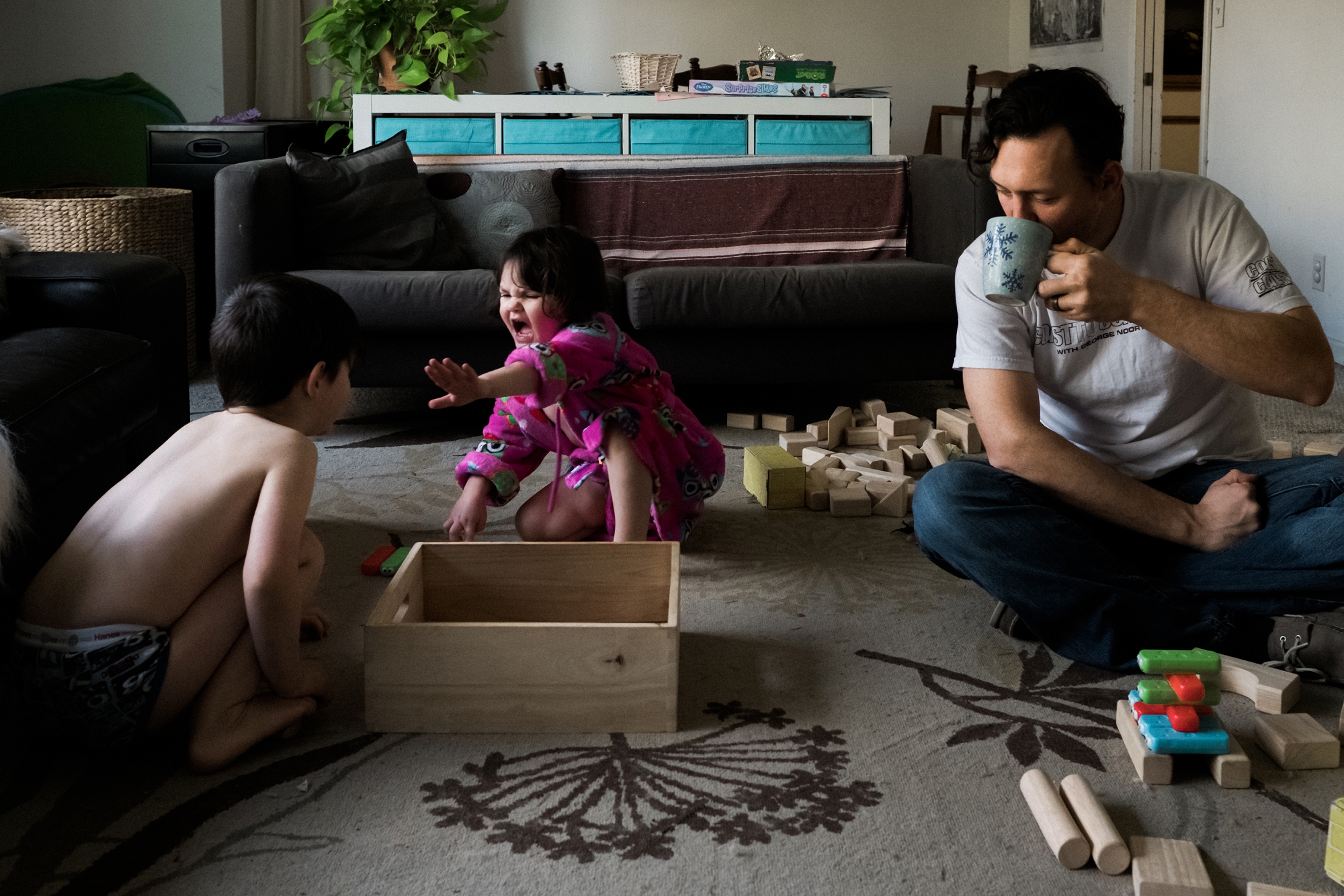
Old Work
The first thing I like to do is go back through old work and create a catalog in Lightroom comprised of photos that relate to my theme. I know other people who use the keywording in Lightroom to achieve the same result. There really is no one way to do it, what’s more important is that it makes sense to you and helps keep your work organized. Of course, you could also skip this step completely and jump right to creating new work.
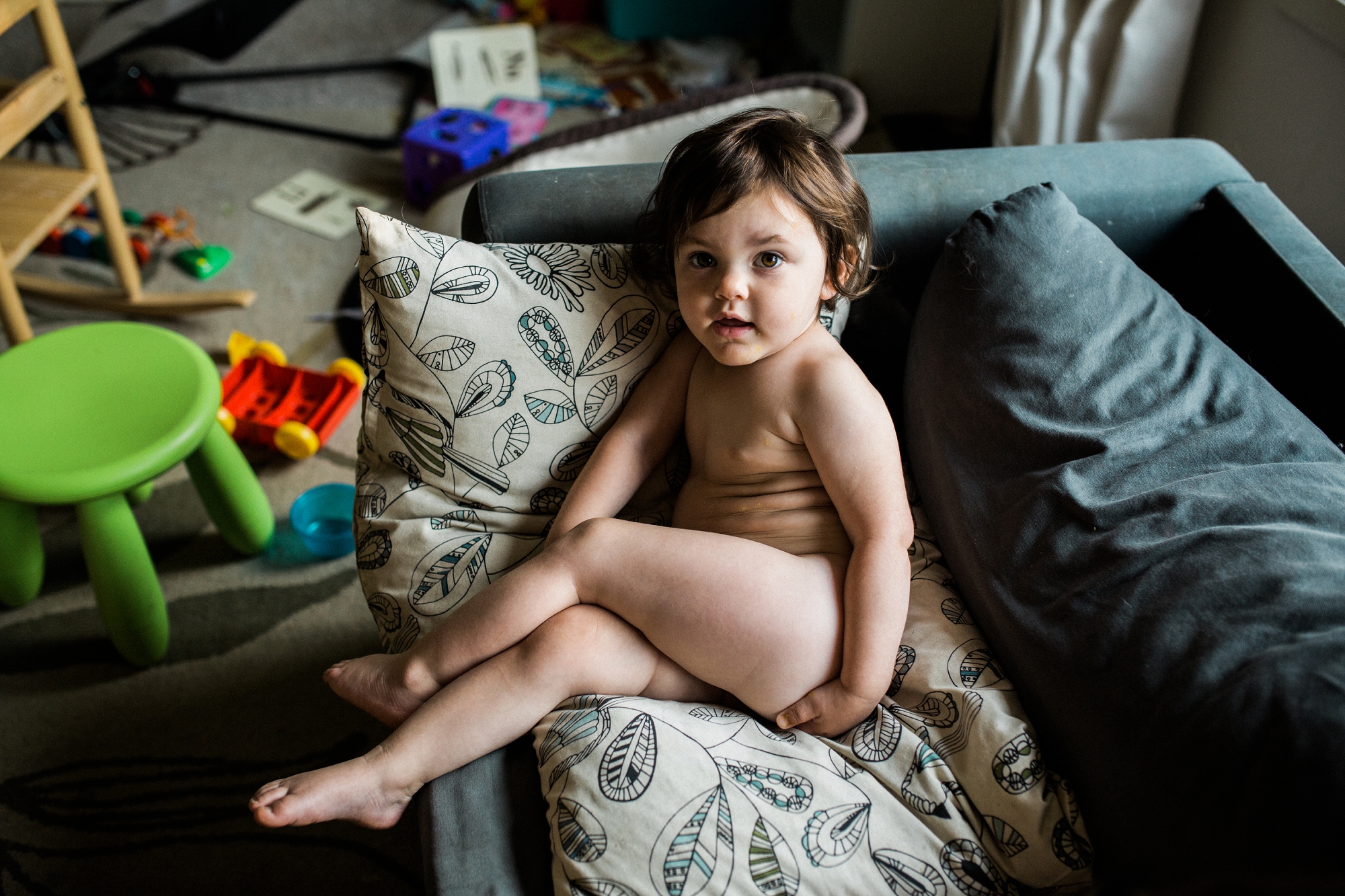
New Work
Once you have reviewed your old work (if you choose to do so), it is time to go out and shoot with purpose. Maybe while reviewing your old work you noticed holes in your photographs and have a specific composition, subject, or emotion you are after. Or maybe you will just continue to go forth and photograph just with a better guiding vision as you keep your eyes open to make photographs that are on theme.
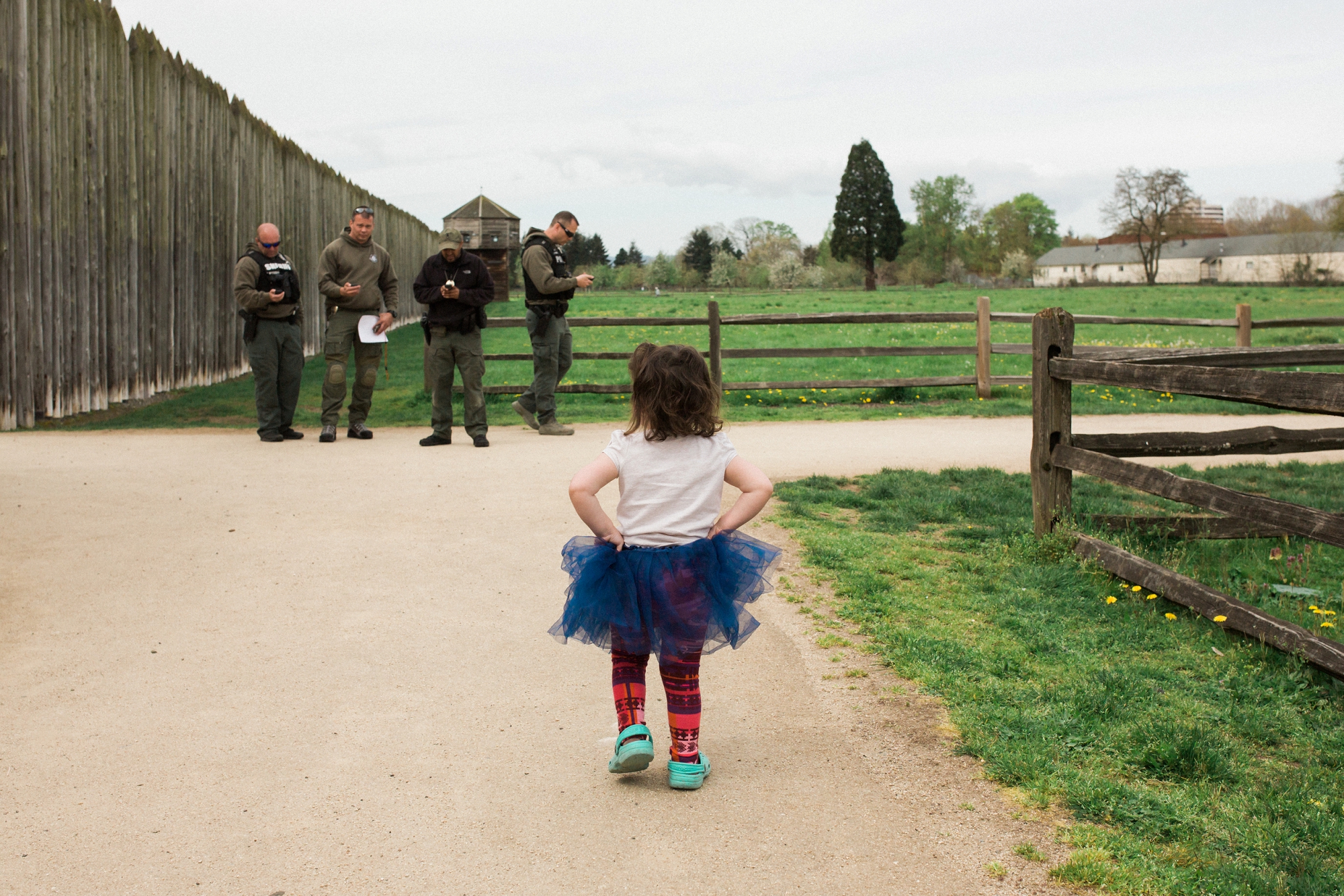
Editing
A project should be cohesive and editing plays a big part in that. You need to decide what the look your photos is going to be; will the photos be in color or black & white? Will their orientation be landscape or portrait? I am a big believer that you have to pick either color or monochrome, no mixing the two (but of course their are exceptions to every rule). However, I think the orientation rule can be a but more lenient. If you have a healthy mix of the two it can work, but it won’t work if you have 29 landscape orientation and one portrait orientation. On top of picking color or monochrome you also need to decide within in those parameters what your editing will look like. Consistency is key to make your project cohesive. This is why I like to keep my raw files in their own catalog in LR so that I can revisit my editing and update it as needed.
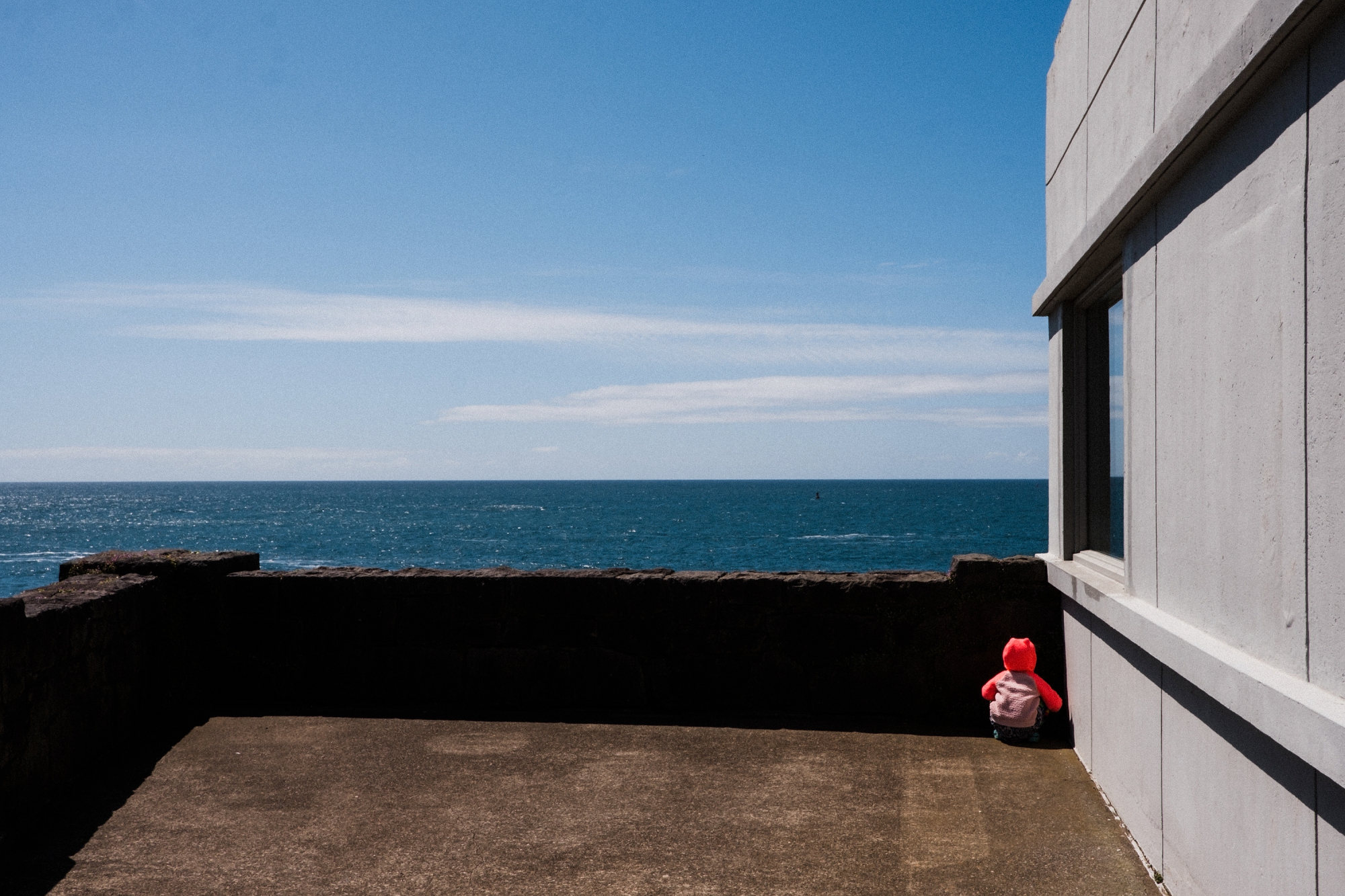
Sequencing
After you have a healthy amount of photos that fit your theme it is time to become a bit ruthless. I know it is hard, but you must kill your darlings and cull, cull, cull. Only pick your best work to be part of your project. A good number to aim for is between 20-30 finished images to make up your project. When selecting these, not only do they need to be the best of what is there, they also need to not be redundant. Each photo should say something different and be another piece of the puzzle. It quickly gets tedious if your project has shot after shot that repeats itself. Once you have chosen your top photos, that doesn’t mean that it is set permanently. It is your project, you can come back and revisit it whenever you wish- adding new photos, reevaluating the old. Projects can have set periods of time or they can go on endlessly, it really depends what fits with your vision. I find it can be helpful to print out images and see them in person to play with their sequencing. The prints don’t need to be giant or fancy, just something to stick up on the wall and be able to physically move. I was taught in art school the value of having your art surprise you. Hang it up. Leave the room. Engage in another activity so that you aren’t thinking about your work, then come back in to the room and take in your work with fresh eyes. Things will become clear when you are surprised by your work in this way.
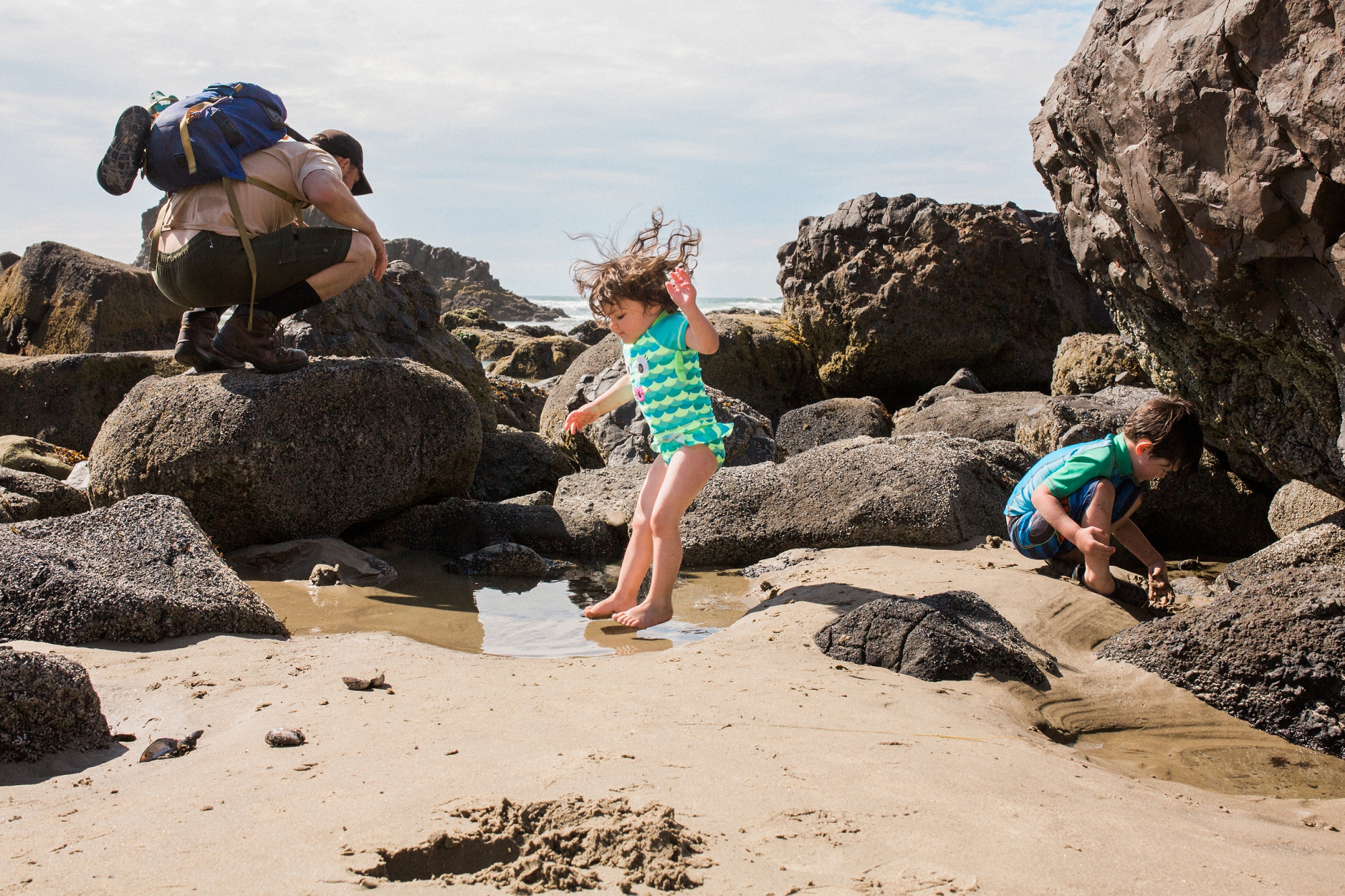
Share
When you feel ready, it is time to share your work with the world. This can be done through your website, on social media, with a gallery show, a book, or a completely out of the box idea. When you share your project you should have a title and a statement that goes along with it that gives the viewer a deeper understanding of your work. Then there is the most important part: be proud of what you have accomplished, take stock of what you have learned, and keep making photographs.
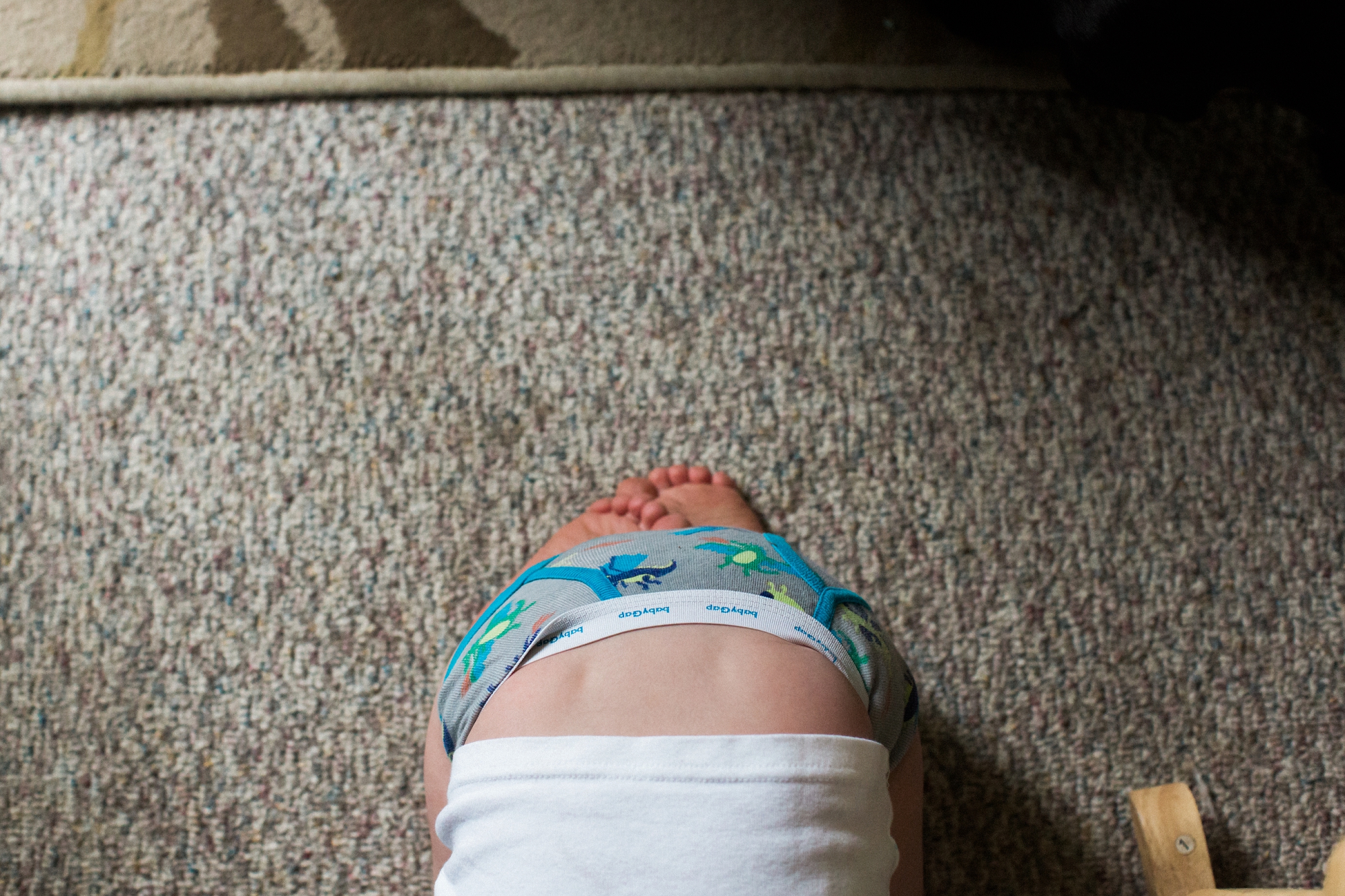
October 9, 2017
Collective Post“One day, in retrospect, the years of struggle will strike you as the most beautiful.”
– Sigmund Freud
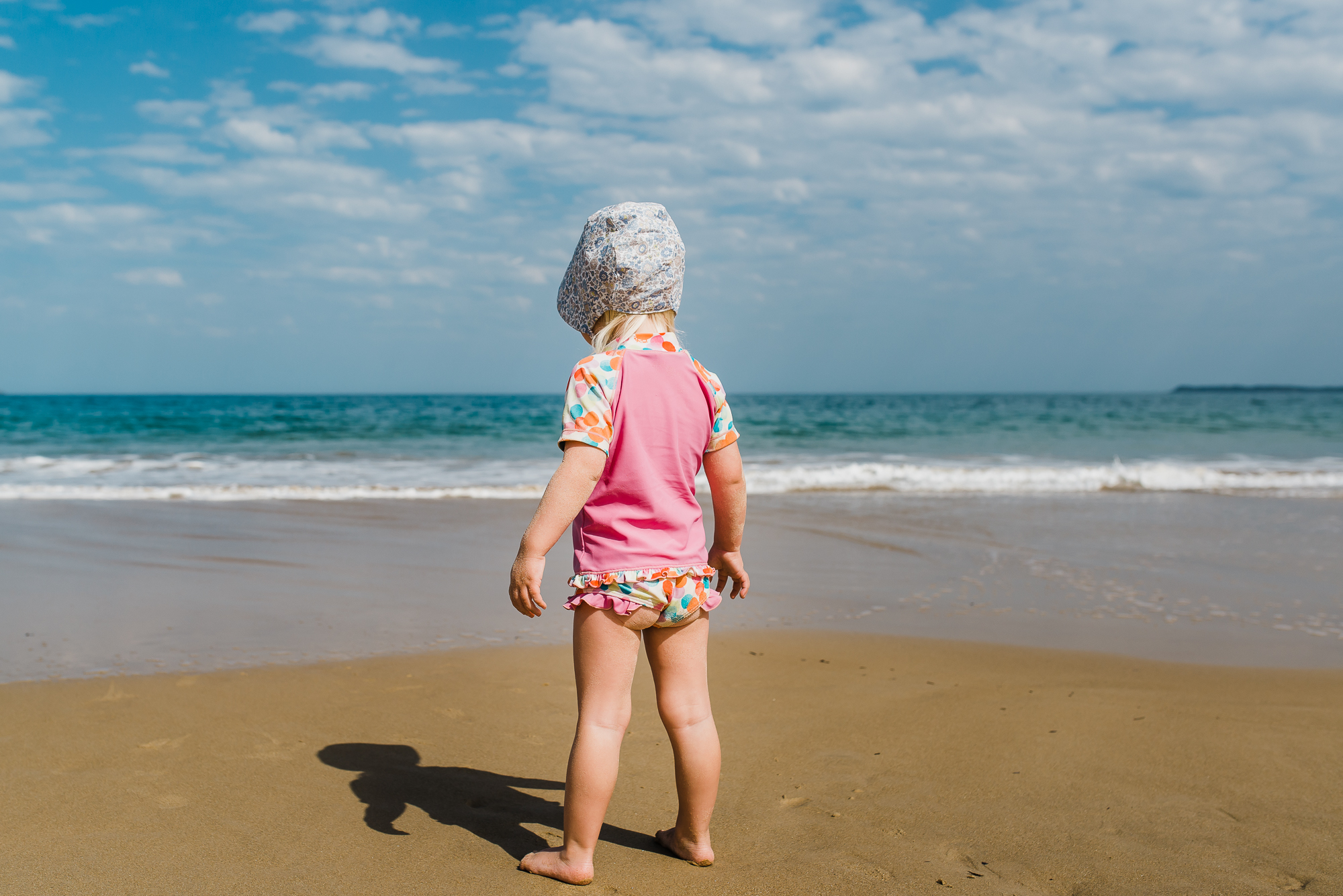
Facebook Community Post – September 2017
Facebook Community PostsThank you so much for all your September submissions! We loved seeing all your documentary family favorites. This month’s top honor goes to Photography by Milana. Make sure to stop by Milana’s page, and the pages of all our Top 5 artists to check out more of their work.
*****
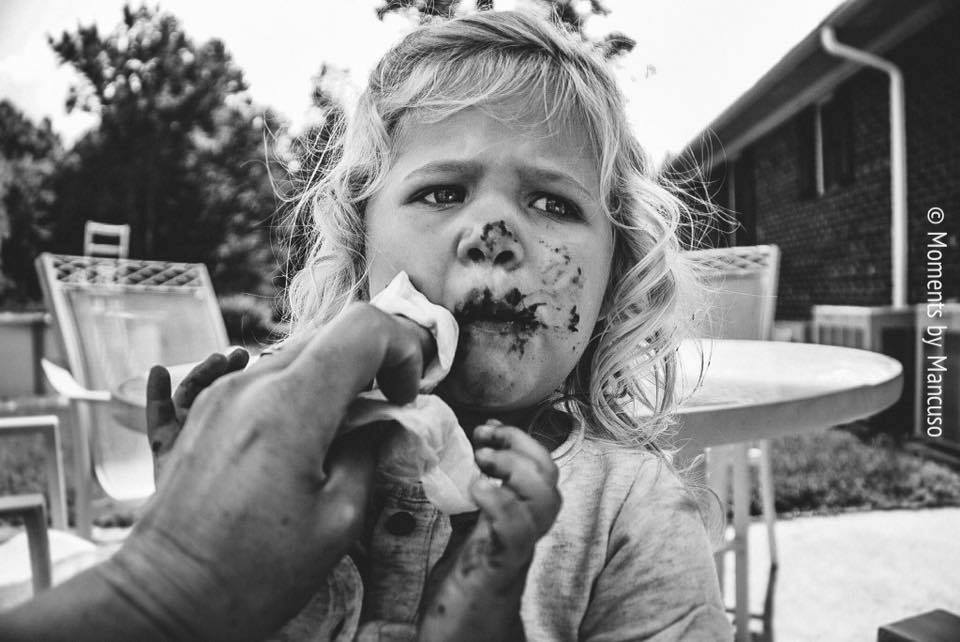 Moments by Mancuso
Moments by Mancuso
*****
To see your photo here next month post your favorite documentary family images directly to our Facebook timeline. You can also share your photos on Instagram using the hashtag #shamoftheperfect for a chance to be featured on our Instagram feed and our monthly IG Top 5.
October 2, 2017
Collective Post“Inspiration exists, but it has to find us working.”
– Pablo Picasso
